Welcome to the Resource Library
Thank you for using and sharing our free resources with your networks. To keep this resource library accessible to all, consider donating a gift.
Give Today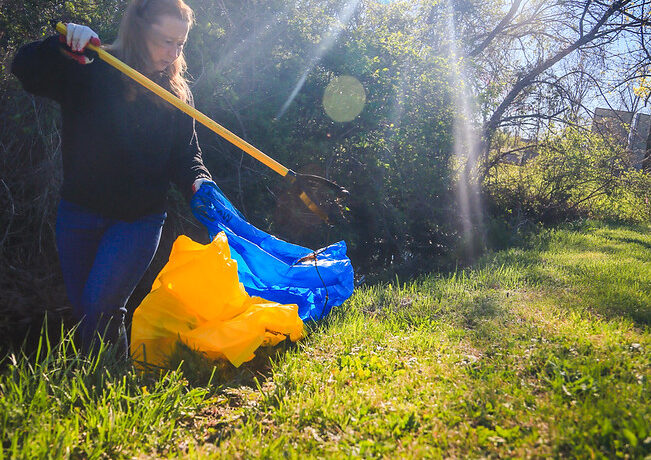
How to Organize a Cleanup Event
All Ages
watershedstrash & waste reduction
Outdoor Activities
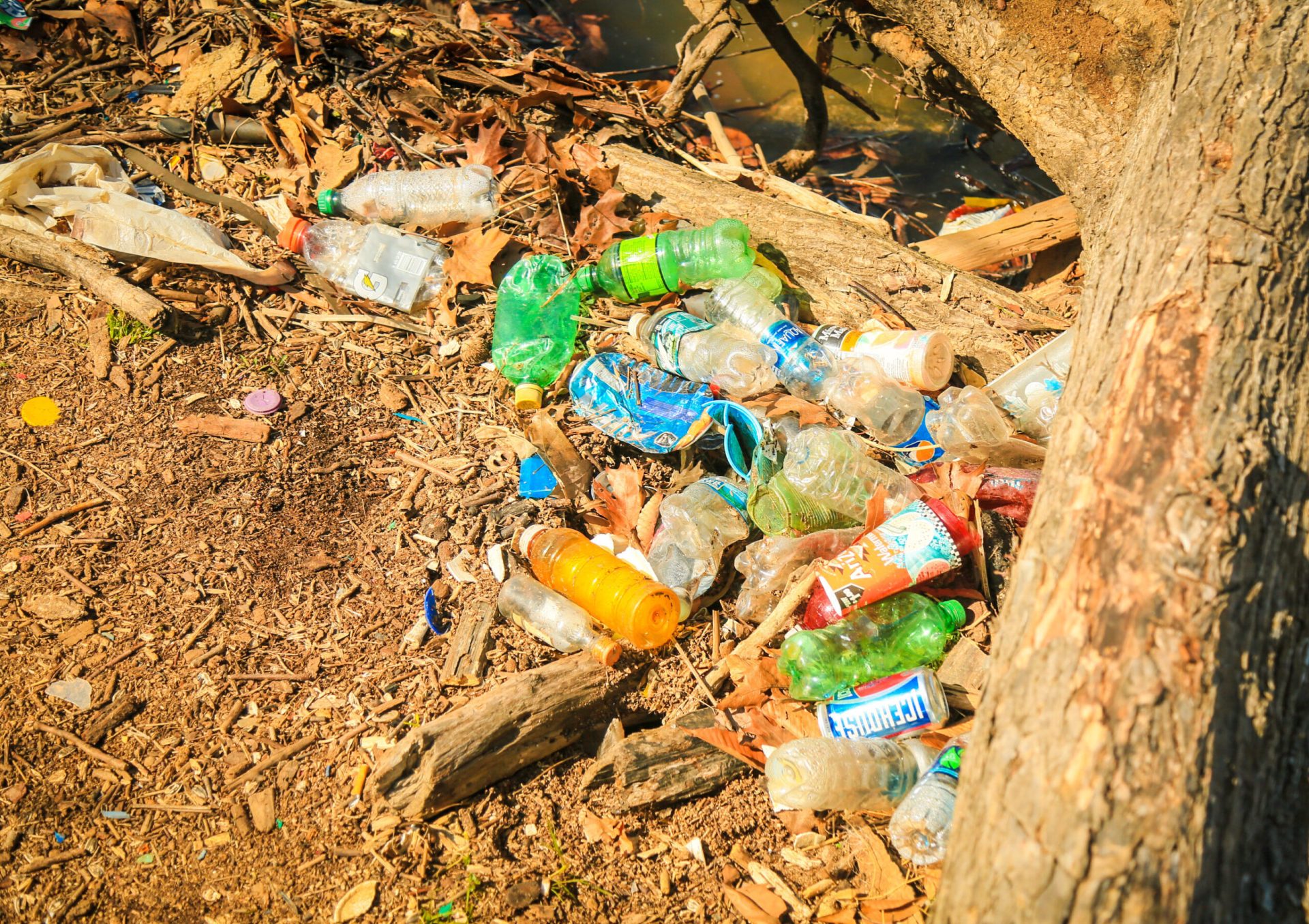
Visible Trash Survey
1112All Ages
watershedstrash & waste reductionrunoff & stormwaterwater quality
Outdoor Activities
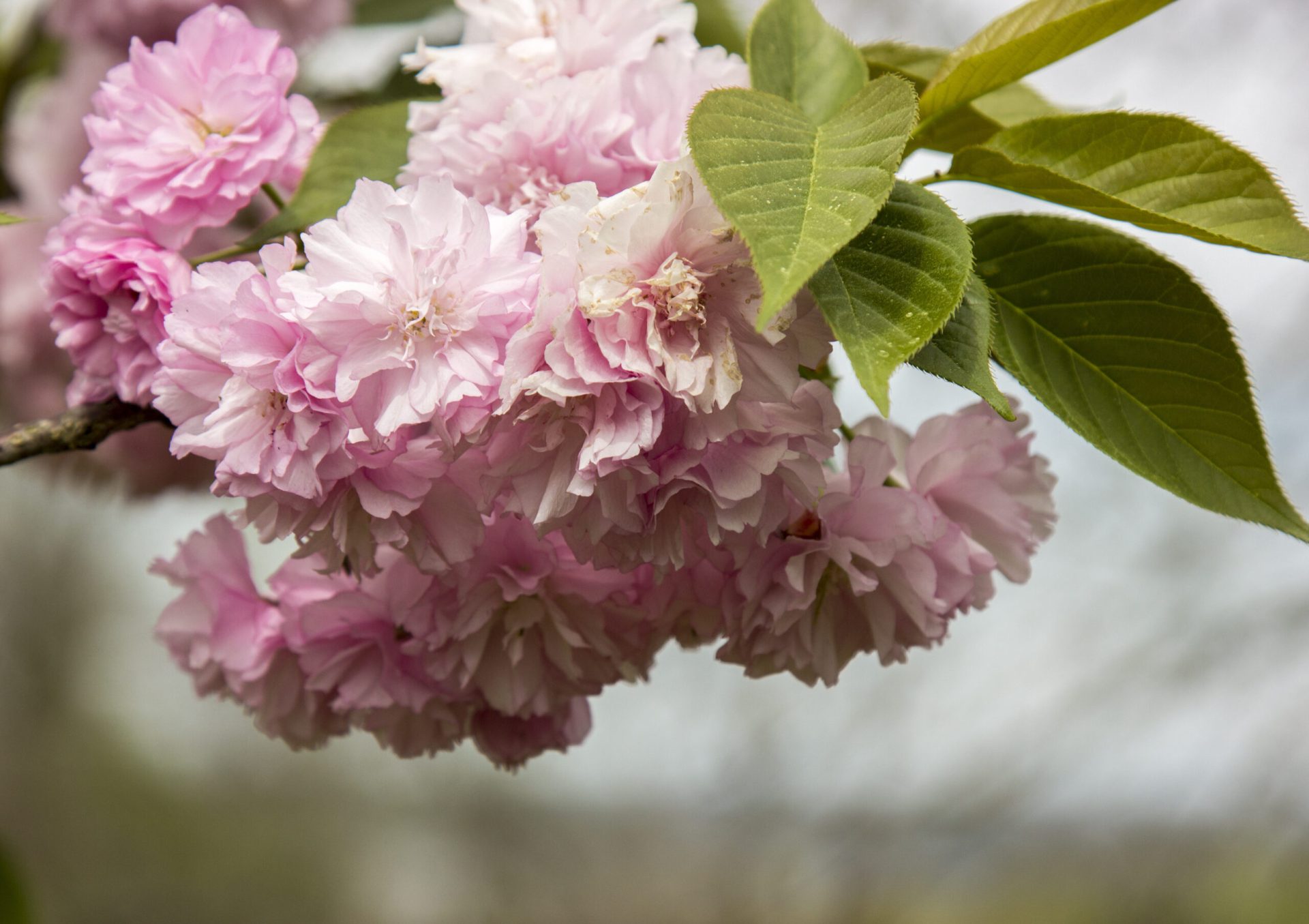
Native Plant Restoration
7
biodiversitywatershedsecosystems & habitatsenergy & sustainabilityerosionrunoff & stormwaterpollinators
Lesson PlansOutdoor Activities
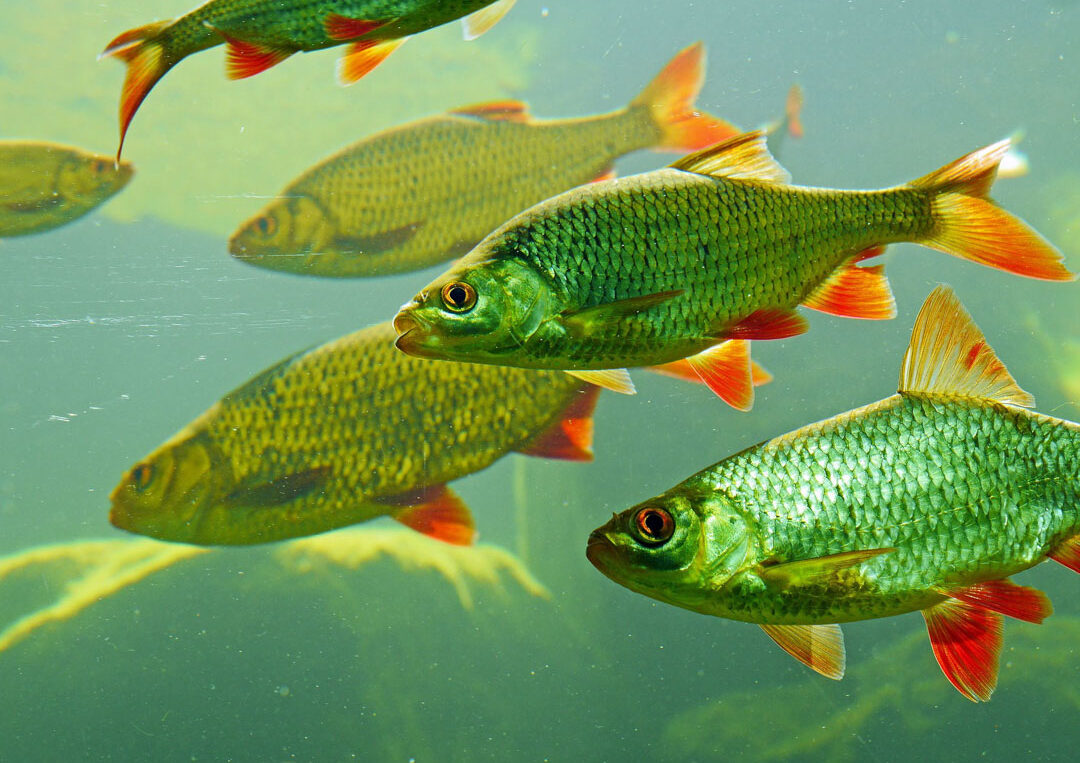
Herring Highway
678
biodiversitywatershedsecosystems & habitatsfood webs
Lesson PlansClassroom ActivitiesOutdoor Activities
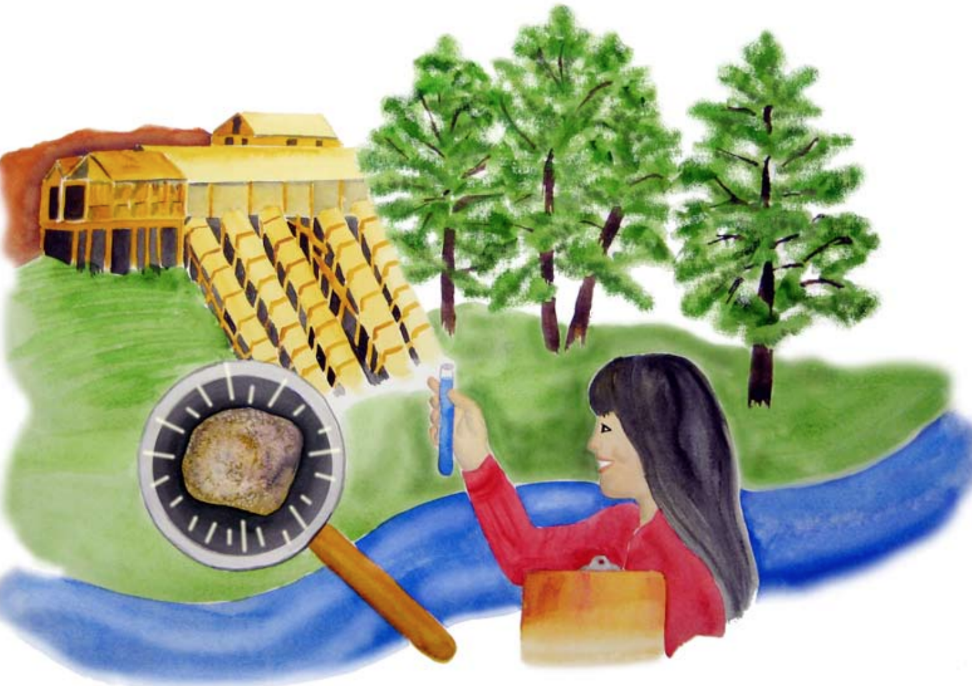
Mine Over Matter
678
biodiversitywatershedsecosystems & habitatsenergy & sustainability
Lesson PlansOutdoor Activities

Potomac Gorge
678
Lesson PlansOutdoor Activities

Urban Pools
6789101112
biodiversitywatershedsecosystems & habitatsrunoff & stormwaterwater quality
Lesson PlansOutdoor Activities
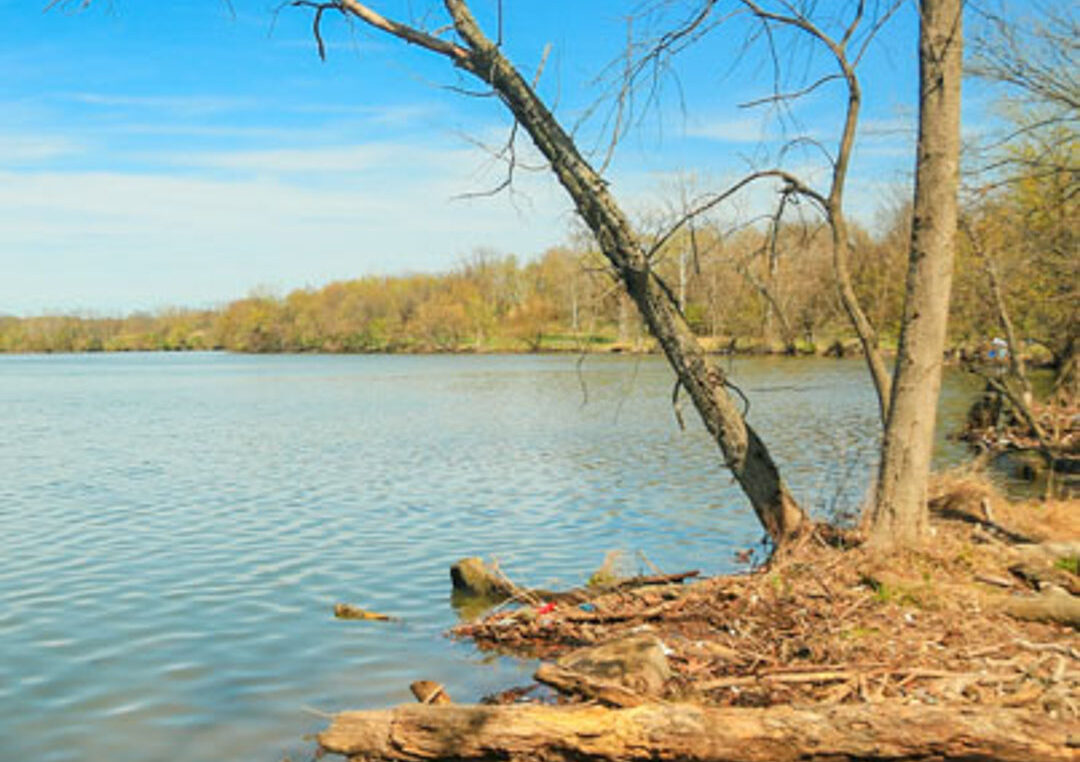
Water Power
6789101112
watershedsecosystems & habitatsenergy & sustainabilityerosionwater quality
Lesson PlansOutdoor Activities
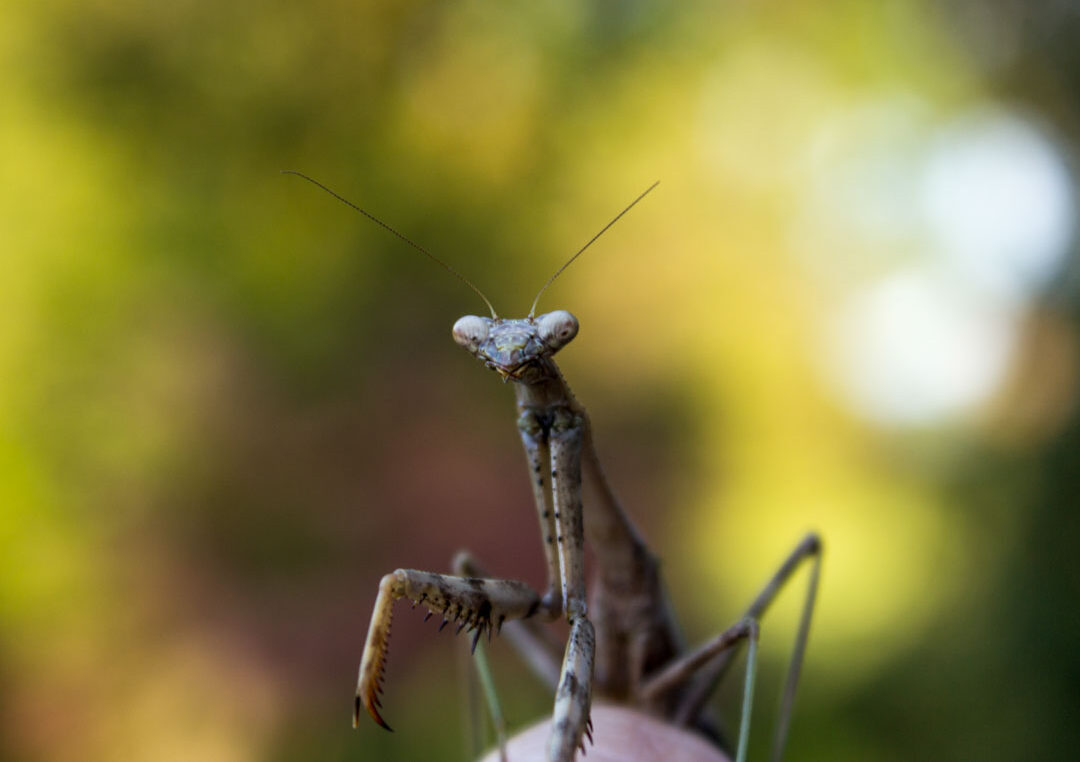
Food Web Activity
9101112
biodiversityecosystems & habitatsfood websadaptations

Crumpled Paper Watershed
9101112
watershedsecosystems & habitatsrunoff & stormwaterwater quality
Lesson PlansClassroom Activities
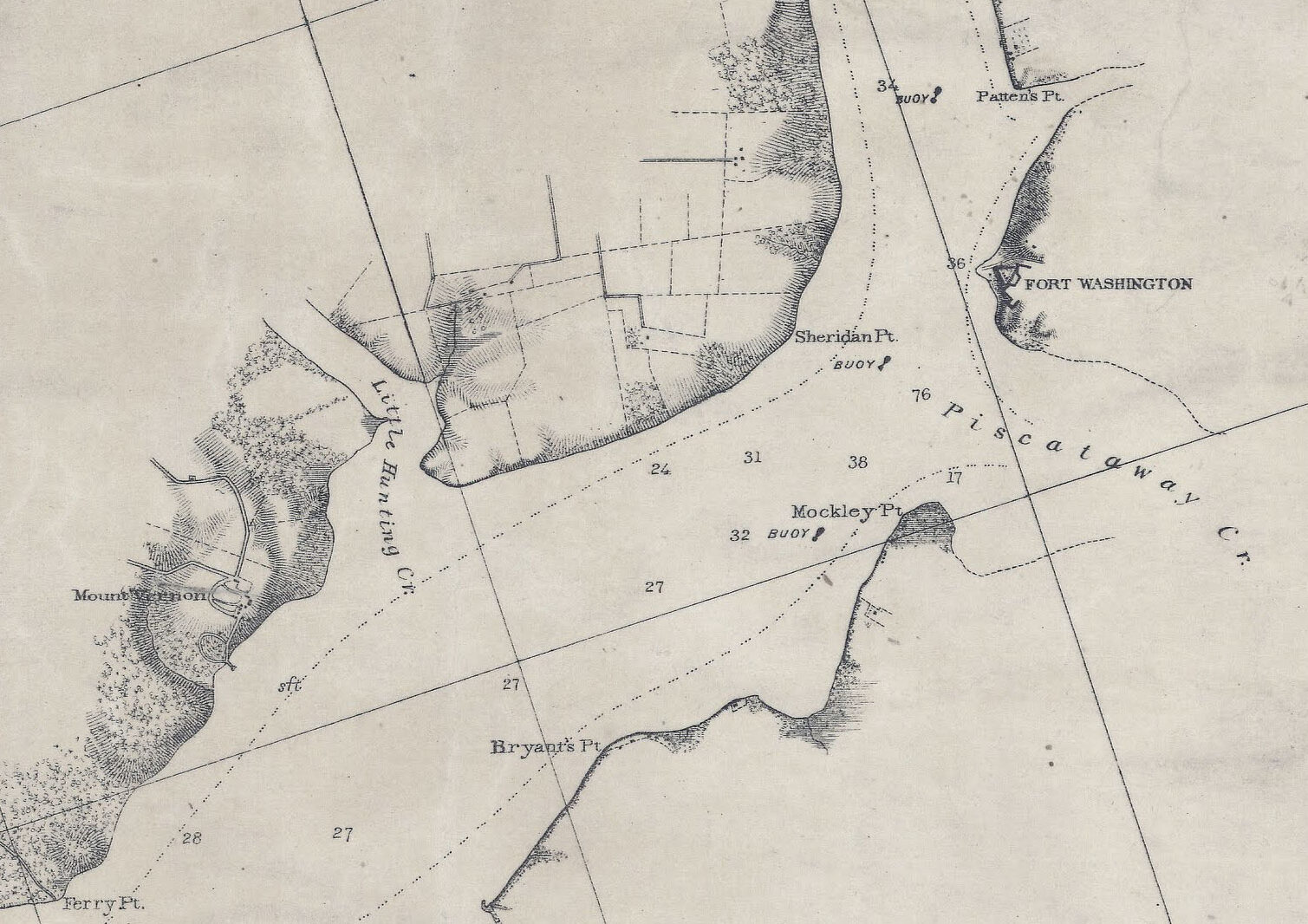
Chesapeake Bay Watershed Address
9101112
watershedsecosystems & habitats
Lesson PlansClassroom Activities
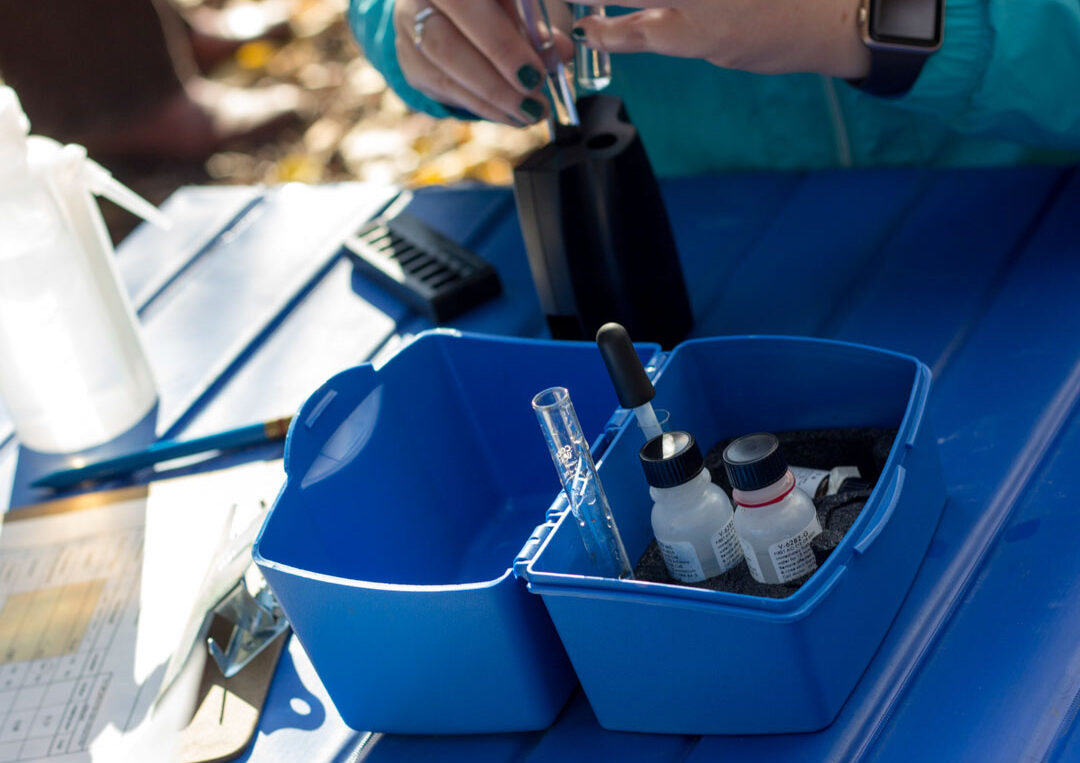
Watershed Watchdogs
9101112
watershedsecosystems & habitatswater quality
Lesson PlansClassroom Activities
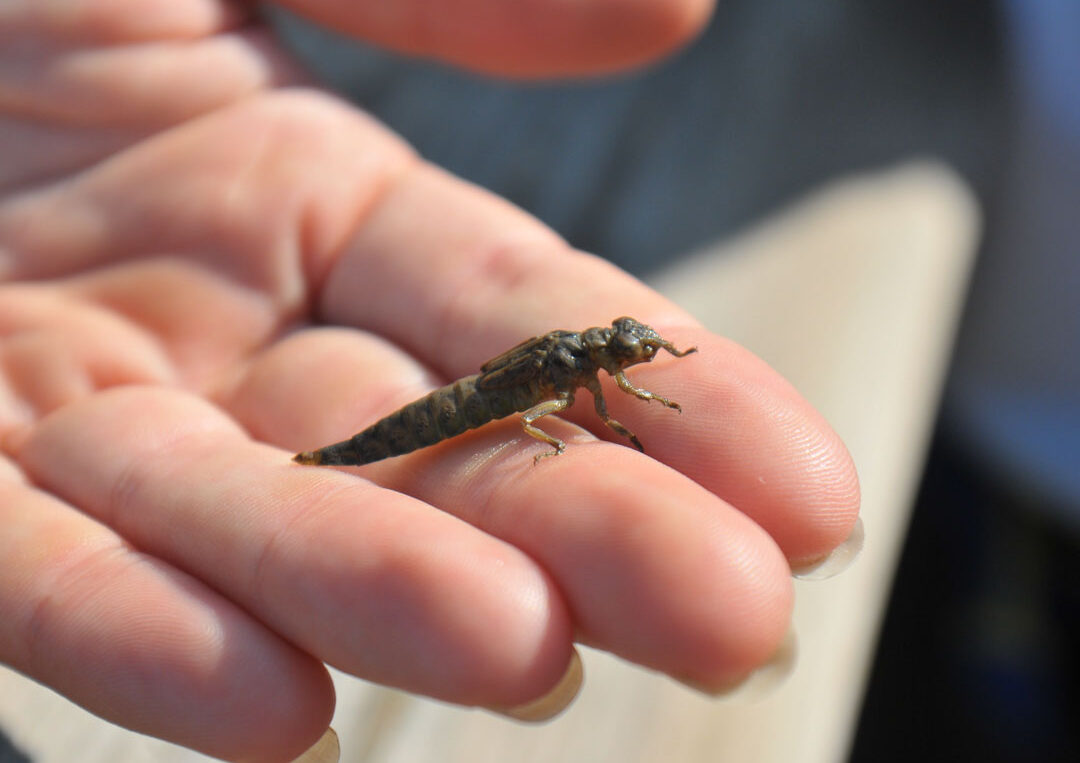
Water Canaries
9101112
biodiversitywatershedsecosystems & habitatswater qualityadaptations
Classroom Activities
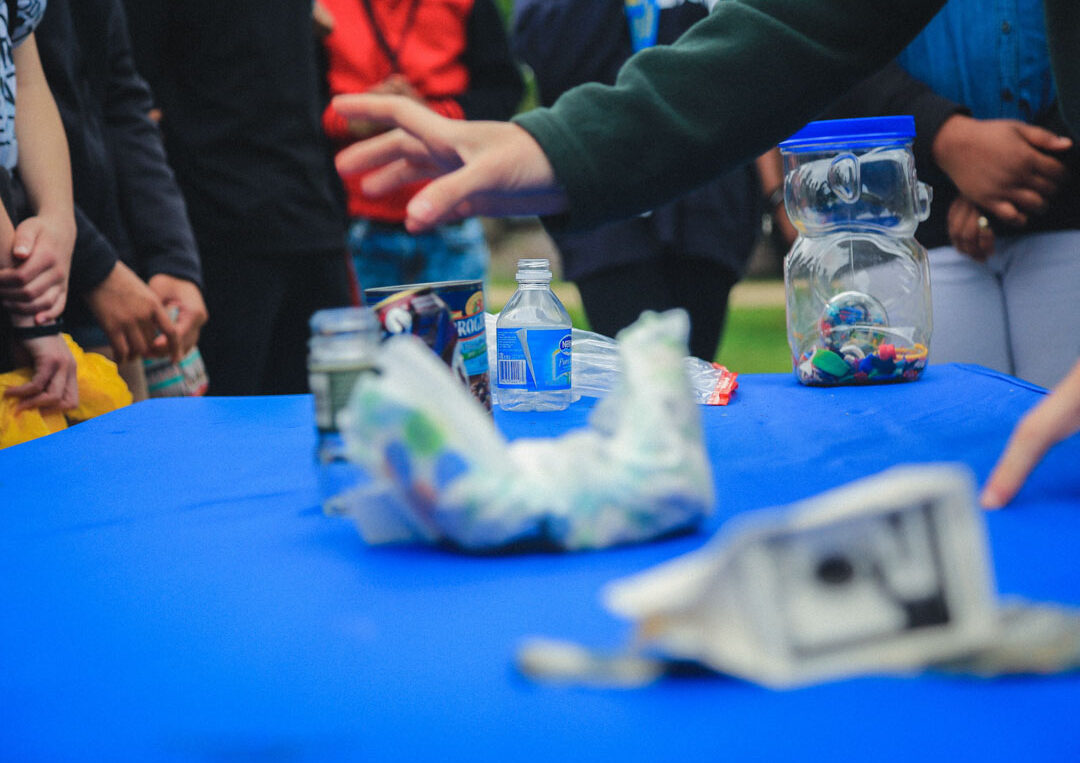
Talkin’ Trash
56789101112Teachers
trash & waste reduction
Lesson PlansClassroom ActivitiesOutdoor Activities
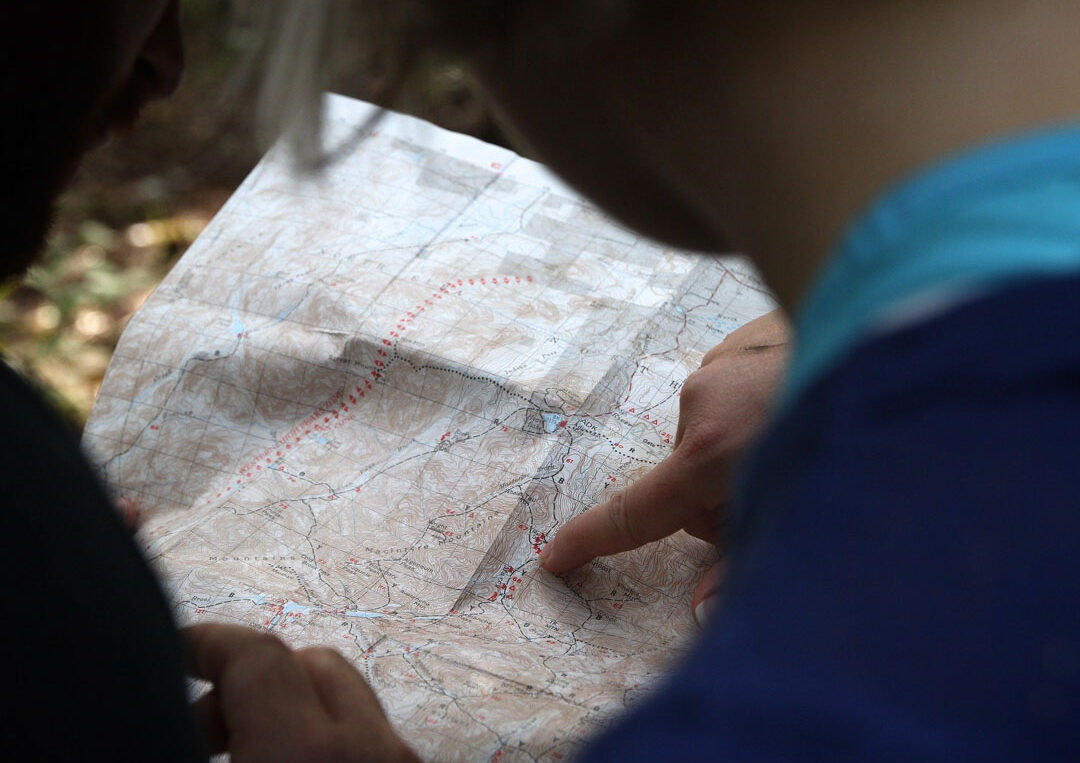
Mapping Our Parks: An Online GIS
9101112
biodiversitywatershedsecosystems & habitatserosion
Lesson PlansClassroom ActivitiesOutdoor Activities
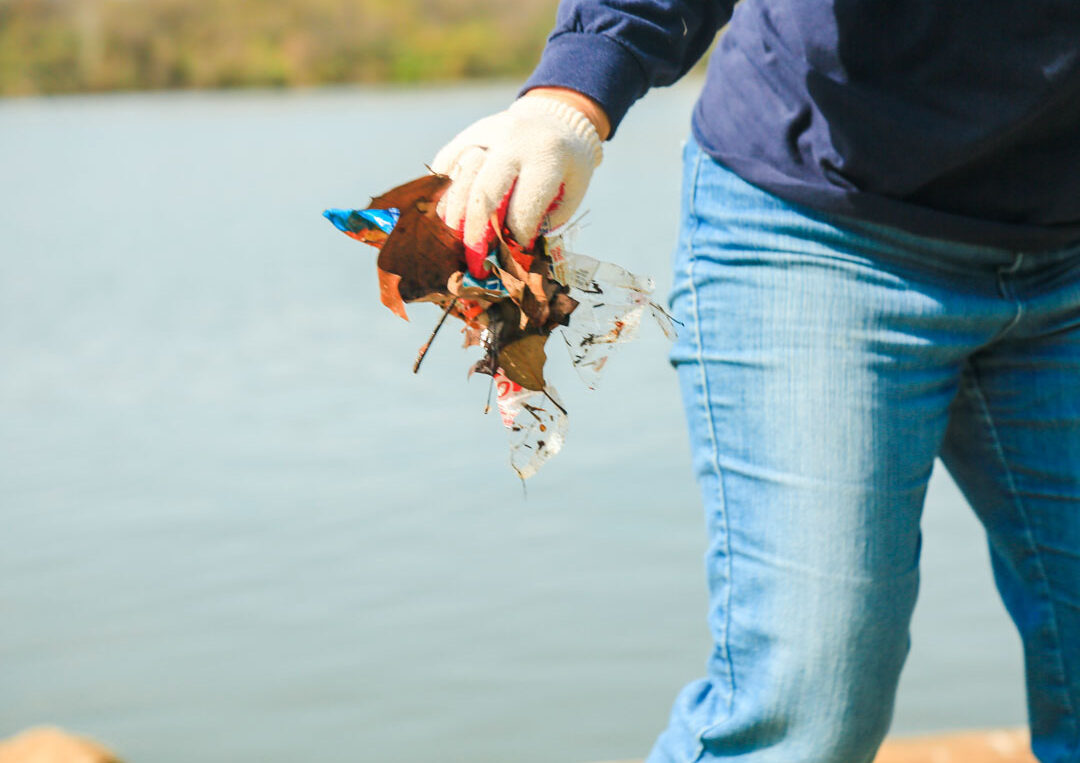
Polluted Water: Can We Clean It?
9101112
watershedsecosystems & habitatswater quality
Lesson PlansClassroom Activities
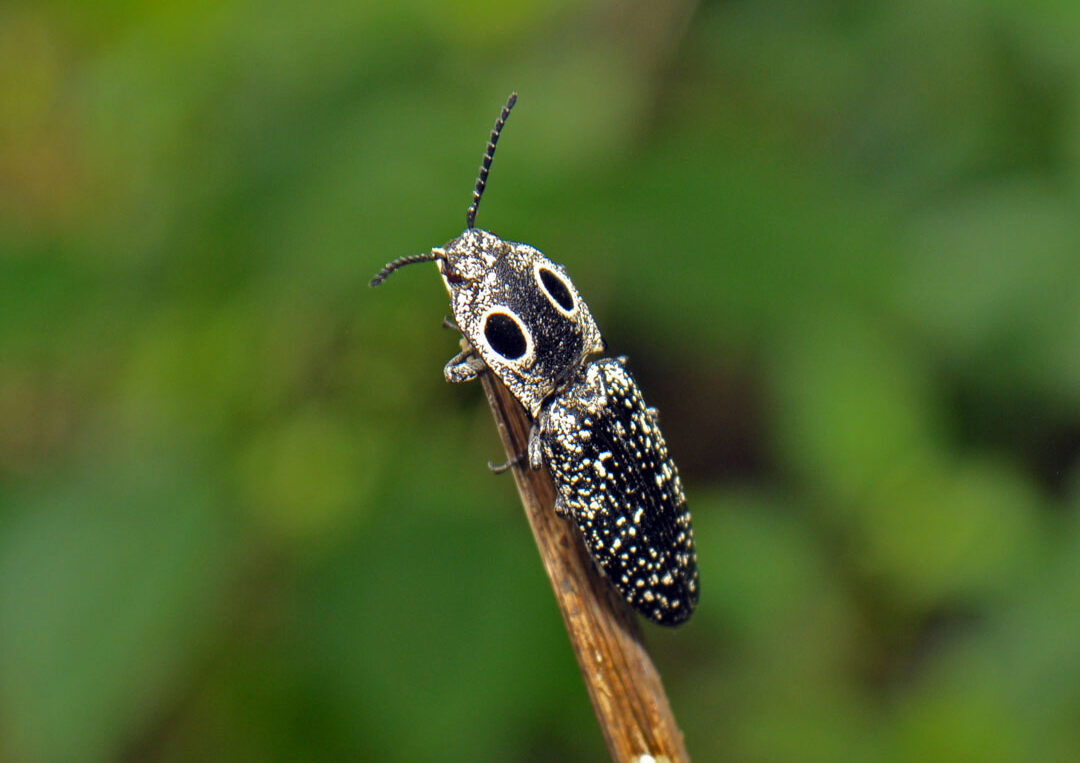
Exotic Invaders Jeopardy
9101112
biodiversitywatershedsecosystems & habitatsadaptations
Lesson PlansClassroom ActivitiesOnline Activities
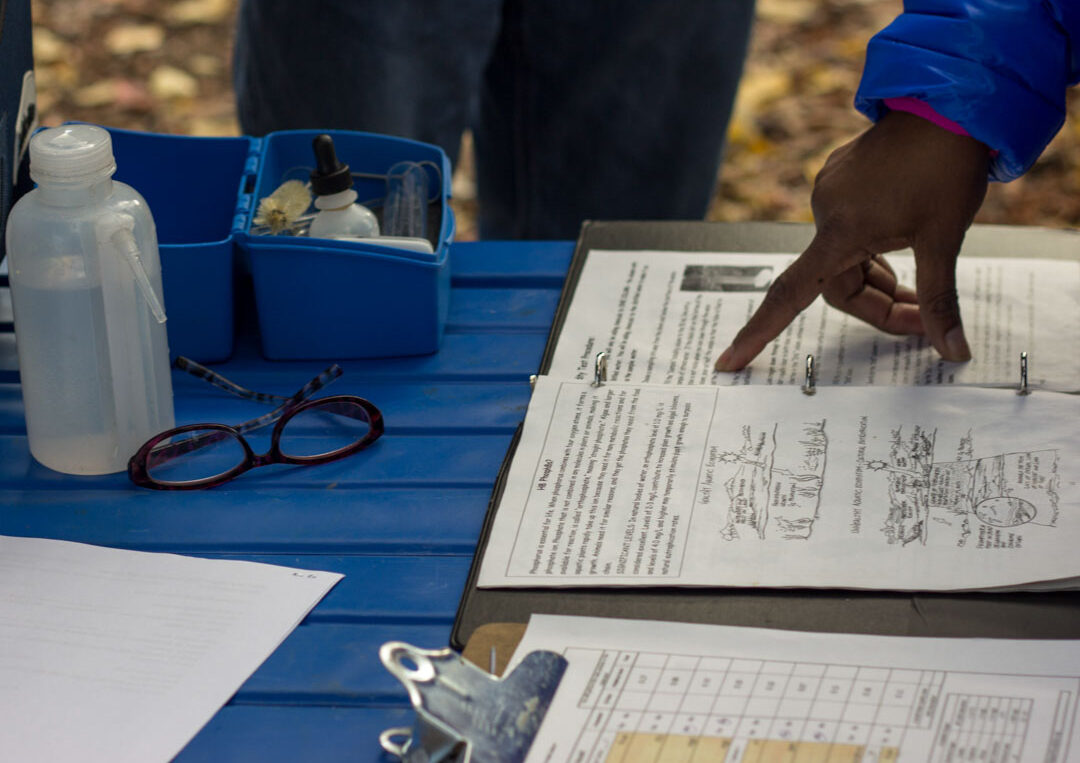
Watershed Watchdogs Jeopardy
9101112
watershedsenergy & sustainabilitytrash & waste reductionerosionrunoff & stormwaterwater quality
GameClassroom ActivitiesOnline Activities
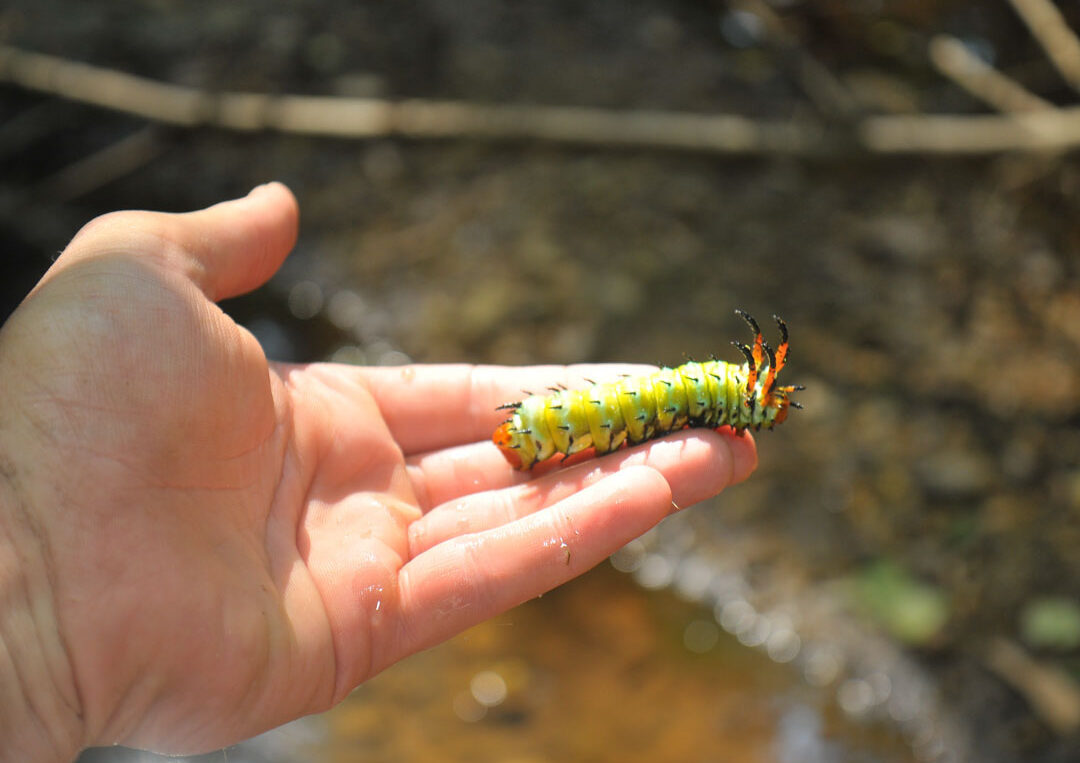
Exotic Invaders
9101112
biodiversitywatershedsecosystems & habitatswater qualitypollinatorsadaptations
Lesson PlansClassroom ActivitiesOnline Activities
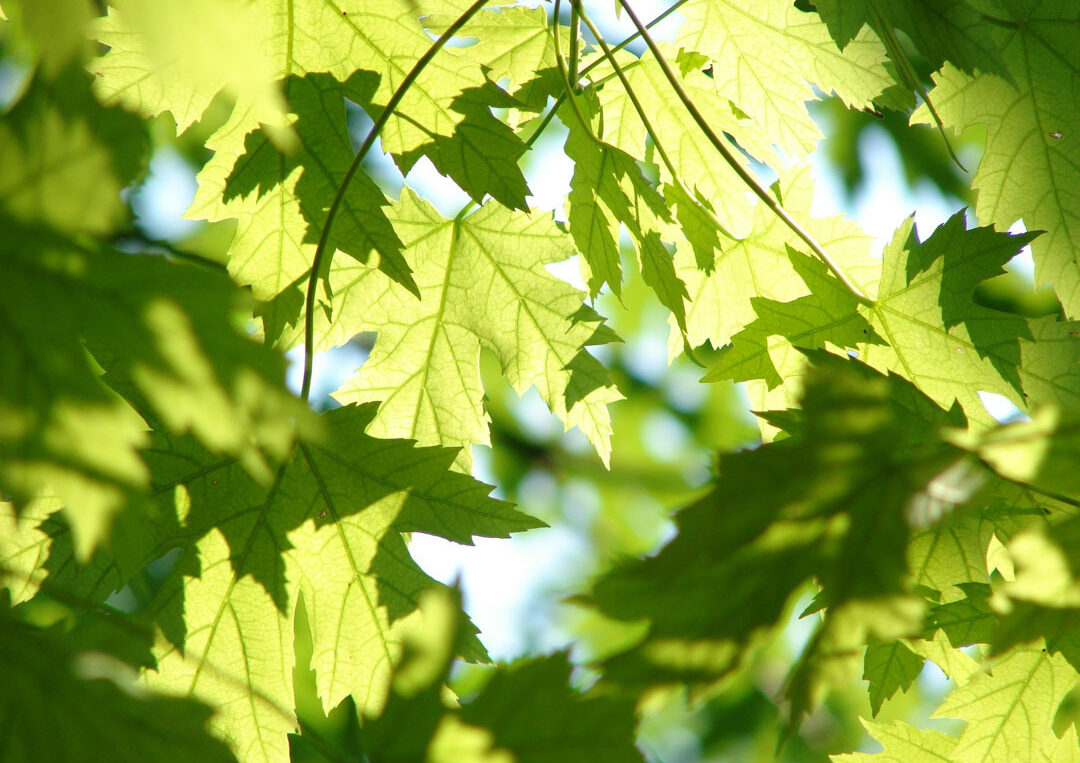
Leaf Characteristics
3456789101112
biodiversityecosystems & habitats
Lesson PlansClassroom ActivitiesOutdoor Activities
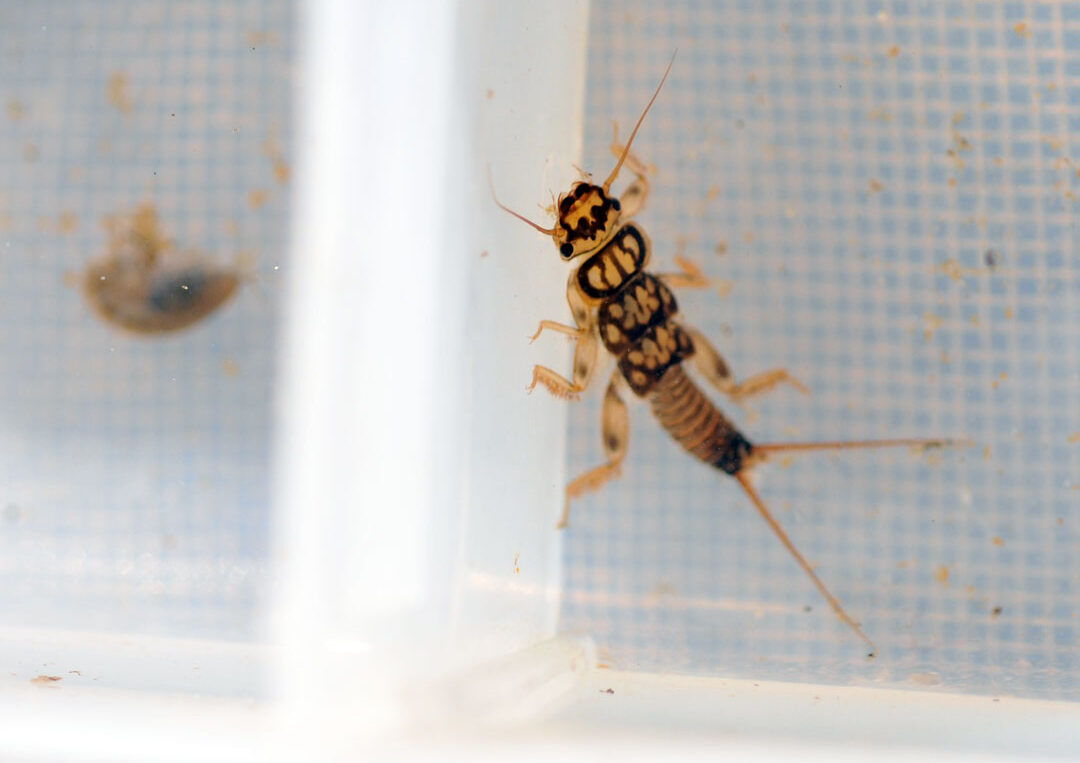
Water Canaries: Macro ID
9101112
biodiversitywatershedsecosystems & habitatsfood webswater qualityadaptations
Lesson PlansClassroom ActivitiesOutdoor Activities
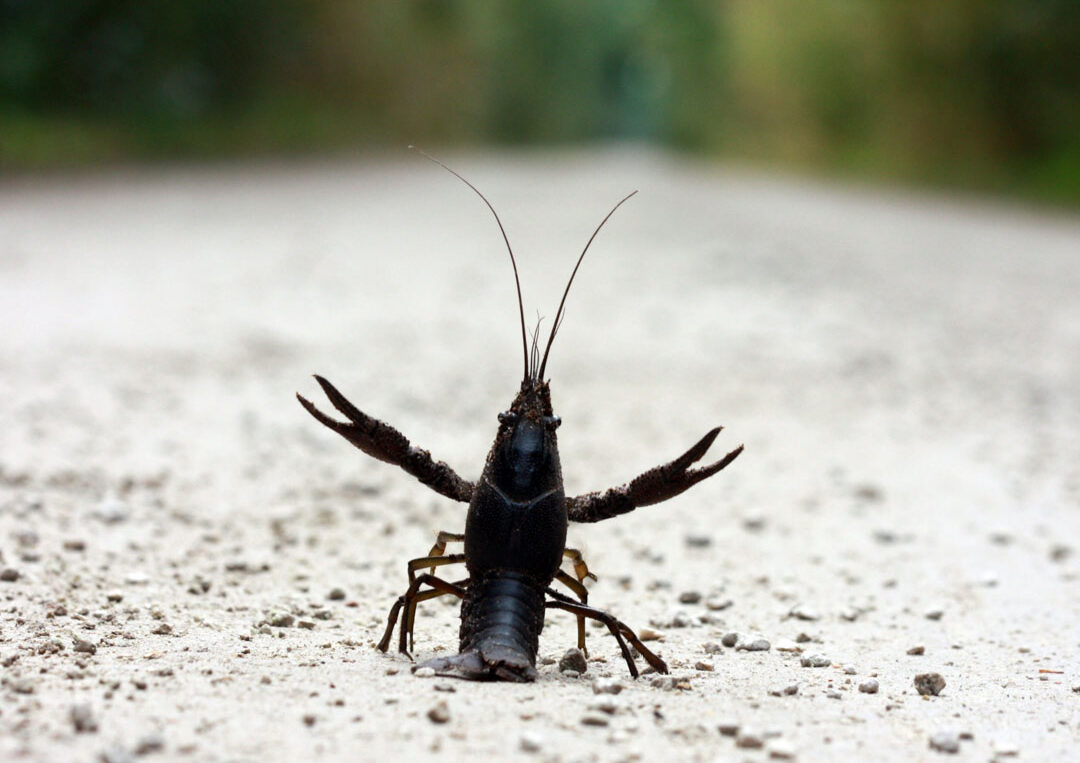
Macroinvertebrate Key
9101112
biodiversitywatershedsecosystems & habitatswater qualityadaptations
Lesson PlansClassroom Activities
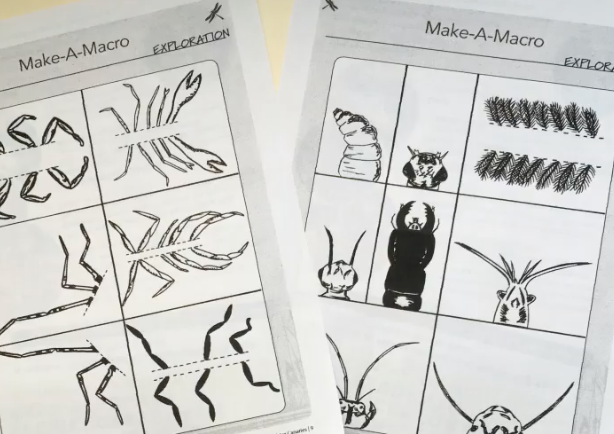
Make A Macro
9101112
biodiversityecosystems & habitatswater qualityadaptations
Lesson PlansClassroom Activities
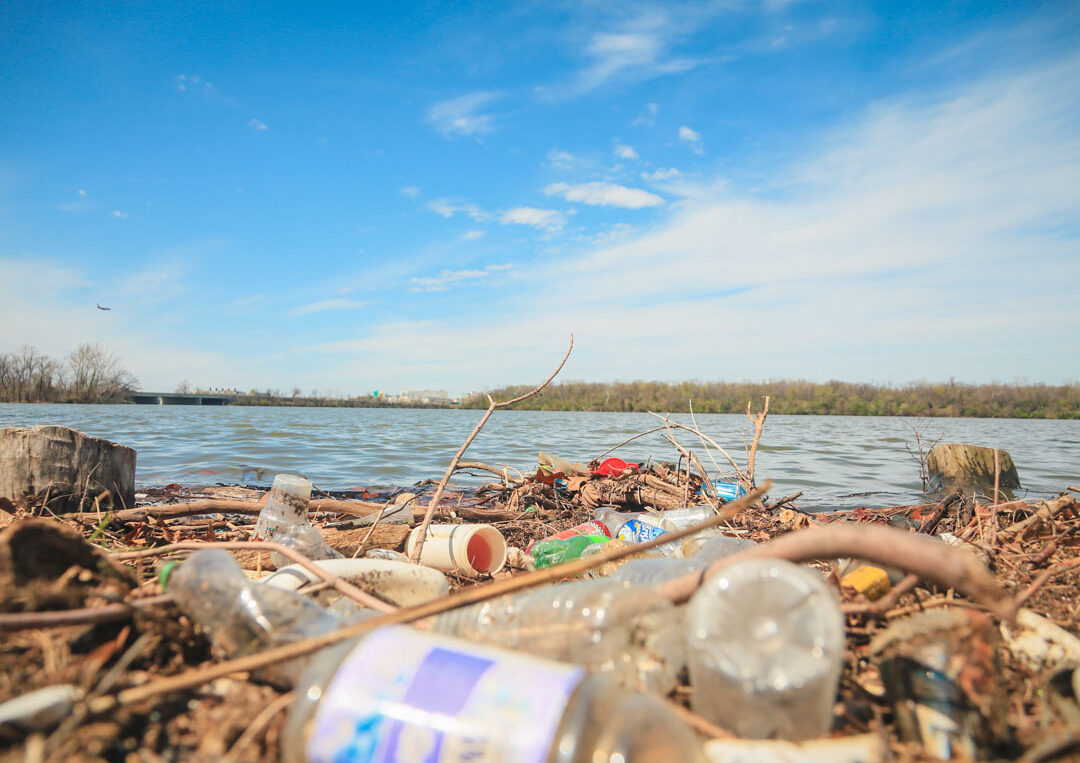
“Plastic Wars” Discussion Questions
9101112
energy & sustainabilitytrash & waste reduction
Lesson PlansClassroom Activities
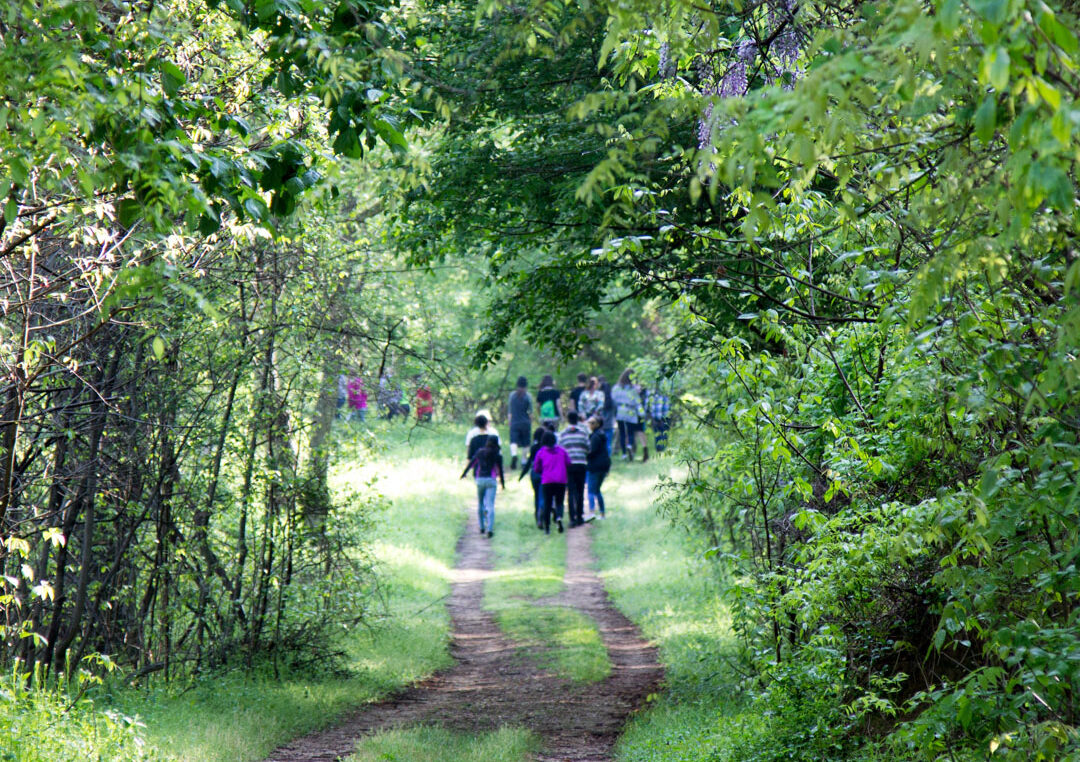
Restriction Guide
9101112Teachers
ecosystems & habitatsenergy & sustainabilitytrash & waste reductionwater quality
Teacher ResourceLesson Plans
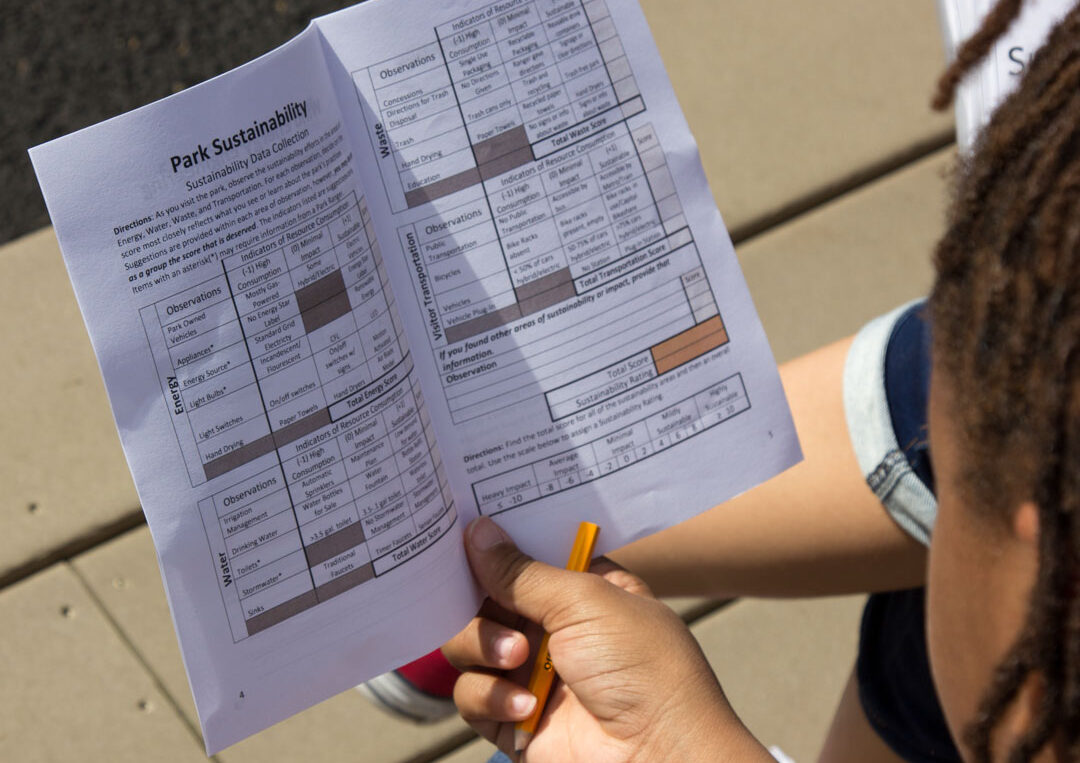
Sustainability Data Sheet
9101112
biodiversityecosystems & habitatsenergy & sustainabilitytrash & waste reduction
Lesson PlansOutdoor Activities
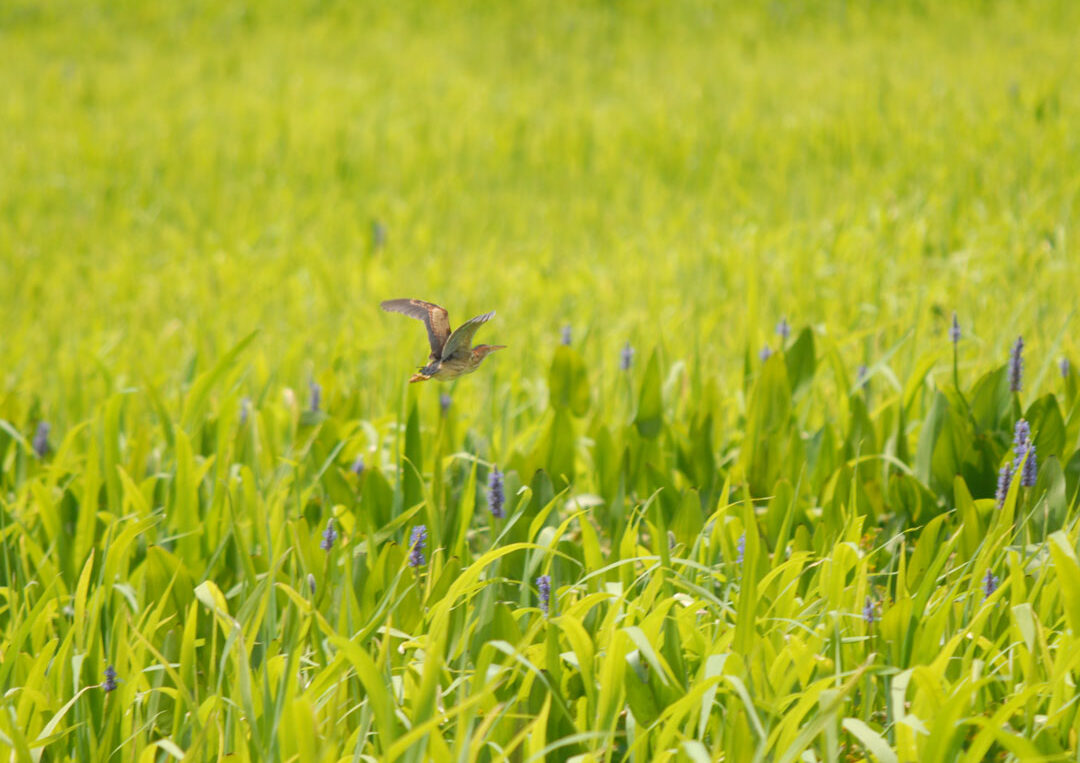
Sustainable Personal Inventory (Pre-Lesson)
9101112
energy & sustainabilitytrash & waste reduction
Lesson PlansClassroom Activities
Personal Responsibility Tracker
9101112
watershedsenergy & sustainabilitytrash & waste reduction
Lesson PlansClassroom Activities
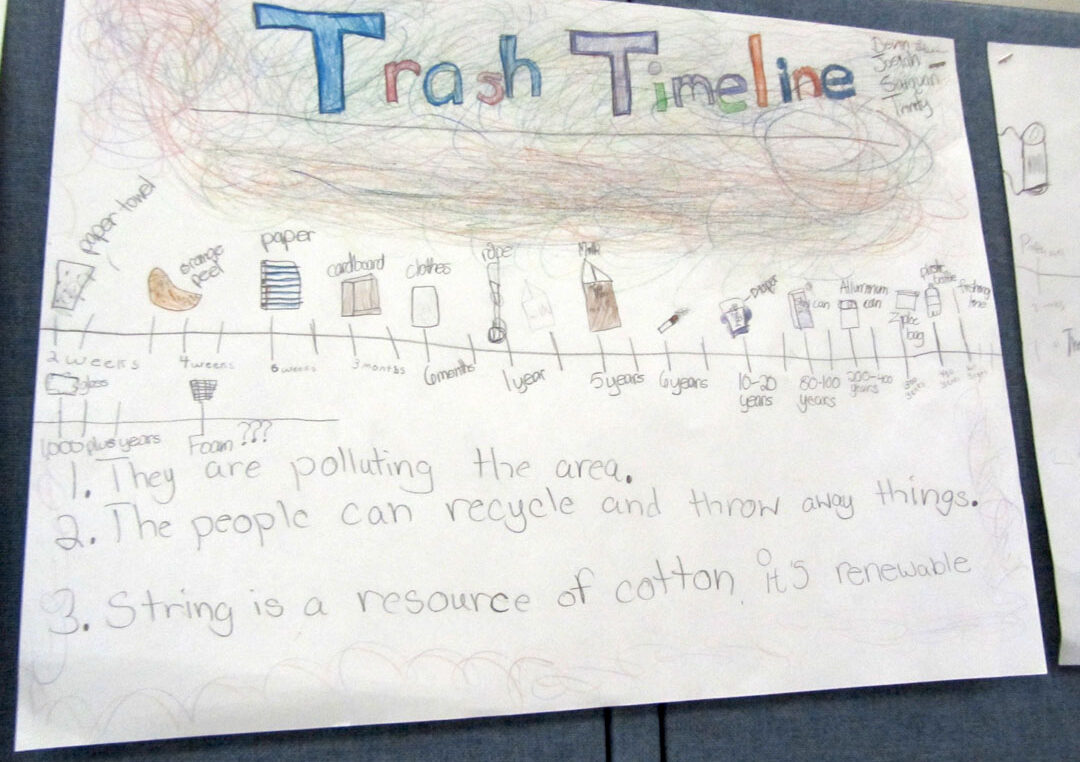
Trash Timeline Worksheet
9101112
trash & waste reductionwater quality
GameClassroom Activities
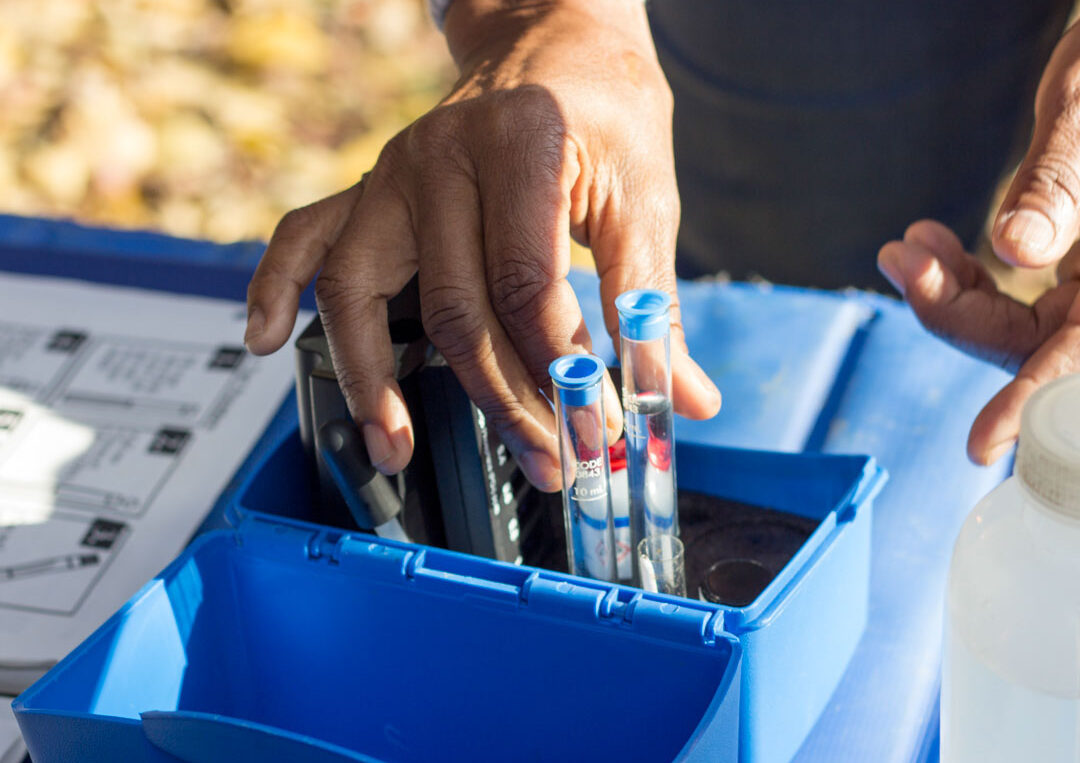
Water Quality Trivia
9101112
biodiversitywatershedsecosystems & habitatsrunoff & stormwaterwater quality
GameClassroom Activities
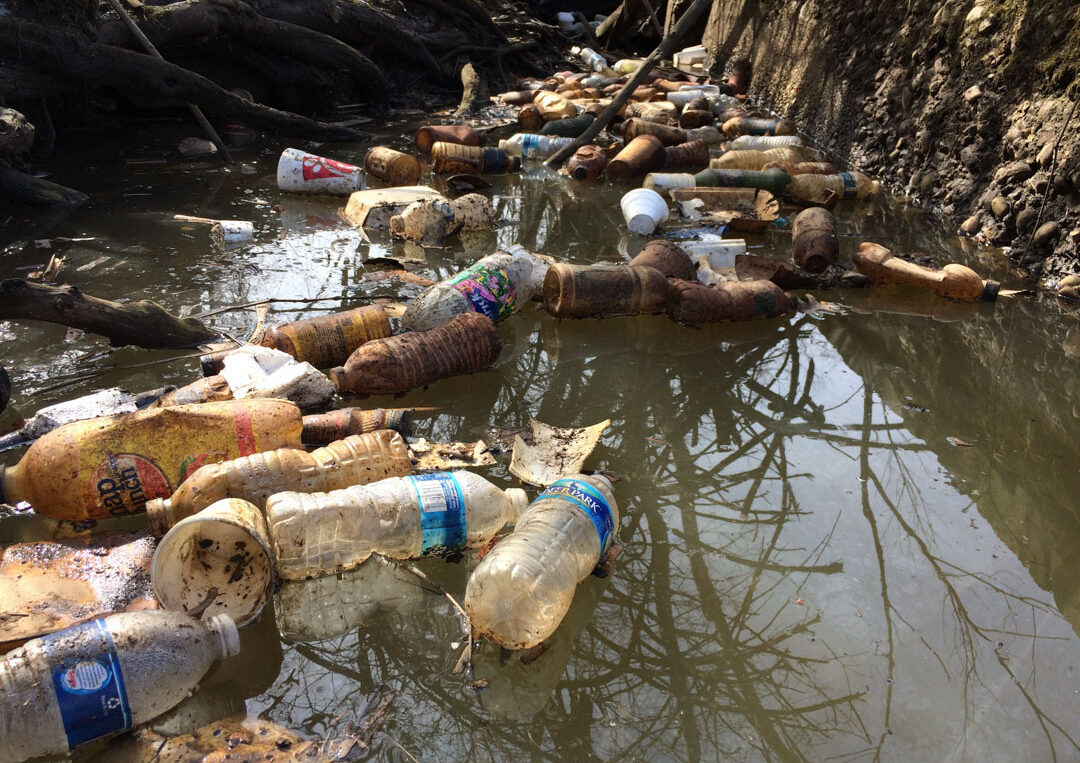
Who Polluted the Potomac?
9101112
watershedsecosystems & habitatstrash & waste reductionwater quality
Teacher ResourceLesson PlansClassroom Activities
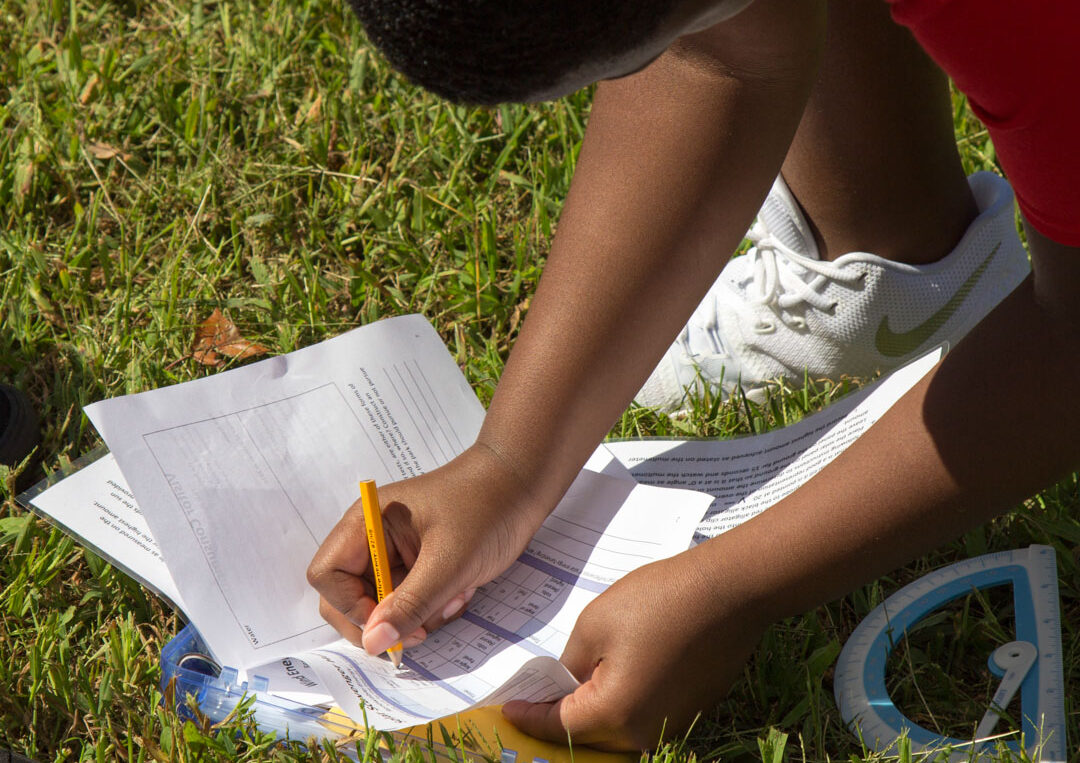
Adding and Subtracting Decimals
4
Lesson PlansClassroom ActivitiesOutdoor Activities
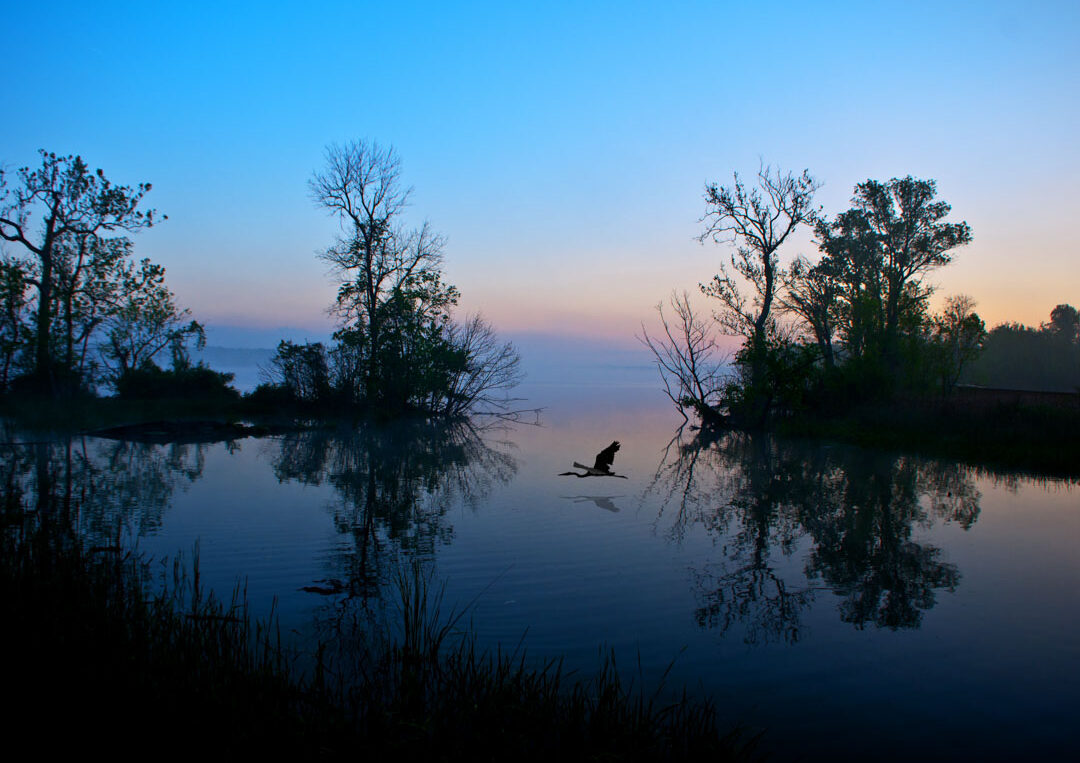
Descriptive Writing
5
biodiversityecosystems & habitatsfarm life
Lesson PlansClassroom ActivitiesOutdoor Activities
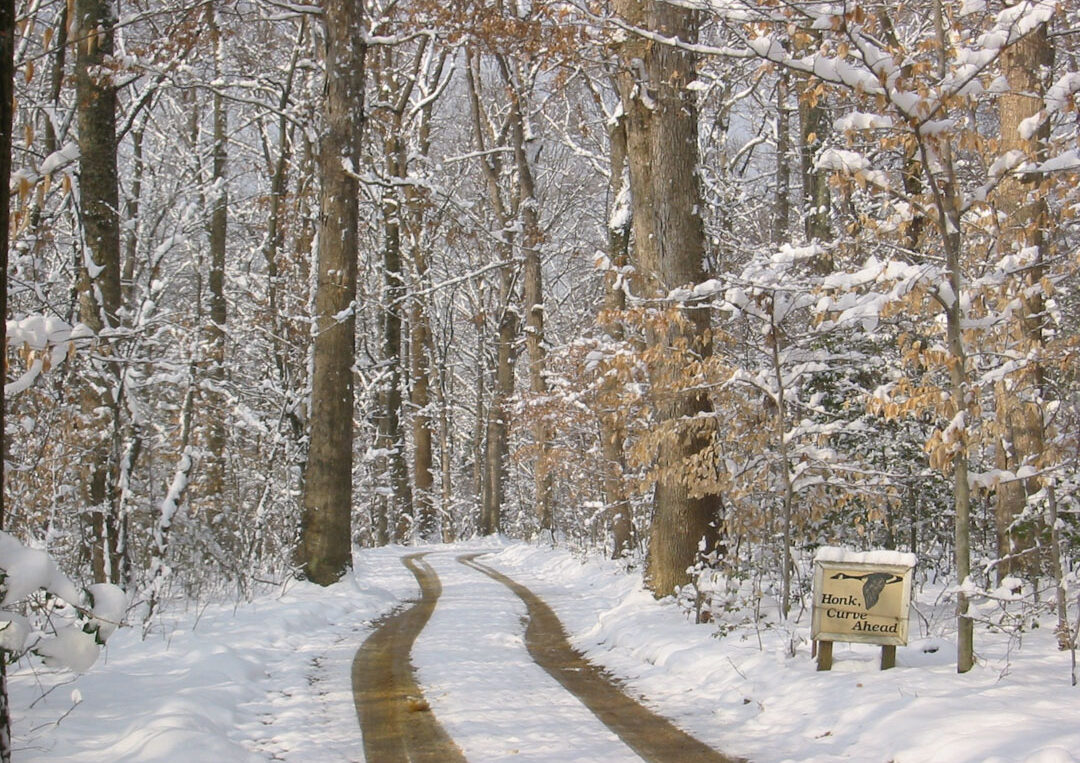
Winter Poems
5
biodiversityecosystems & habitatsfarm life
Lesson PlansClassroom ActivitiesOutdoor Activities
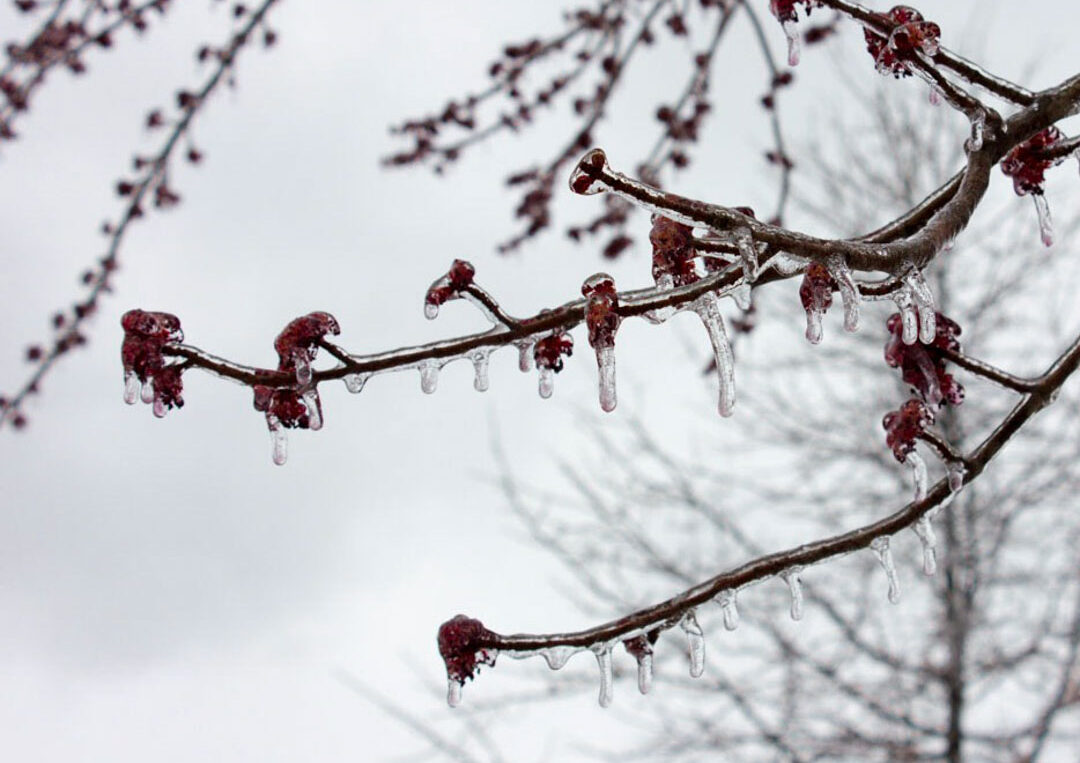
Informational Paragraph
4
biodiversityecosystems & habitats
Lesson PlansClassroom ActivitiesOutdoor Activities
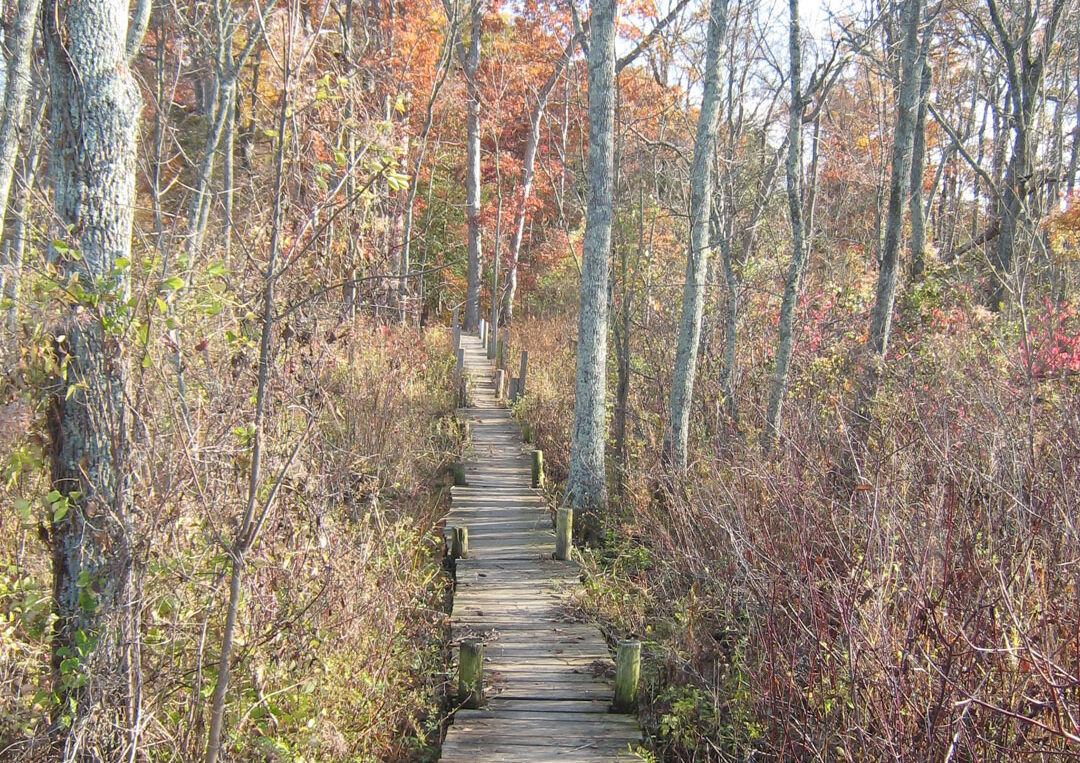
Tall Tales
4
biodiversityecosystems & habitatsfarm lifeadaptations
Lesson PlansClassroom ActivitiesOutdoor Activities
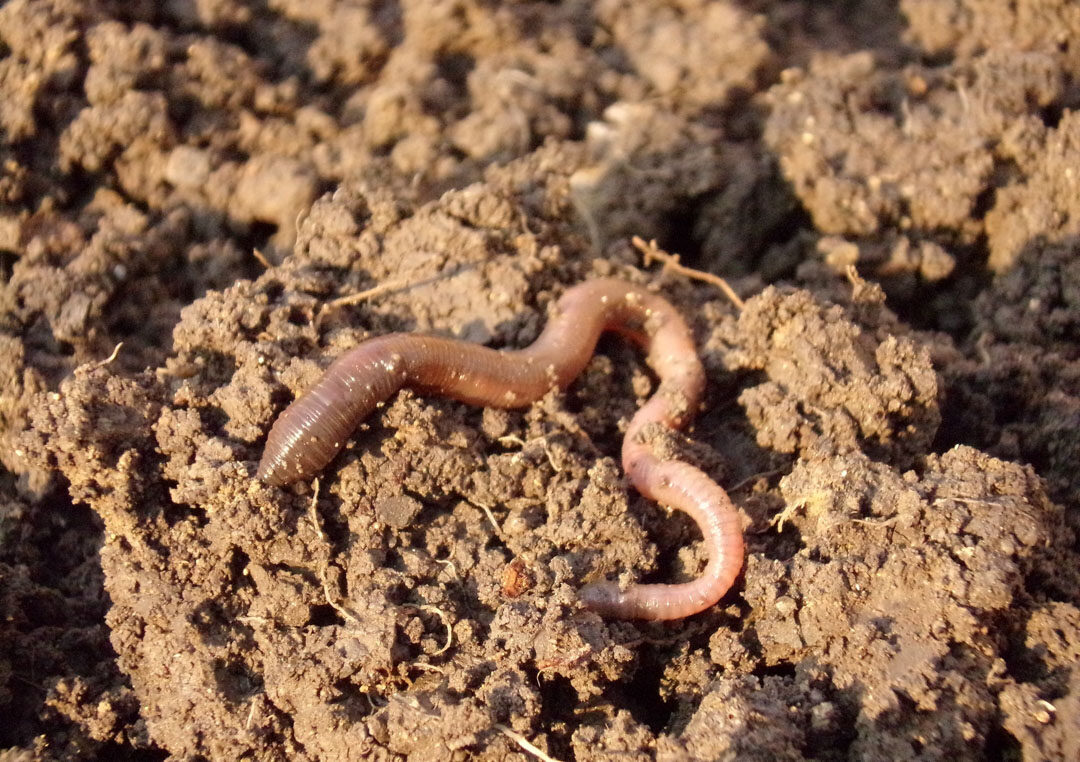
Wiggling Worms
3
biodiversityecosystems & habitatsfood websadaptations
Lesson PlansClassroom ActivitiesOutdoor Activities
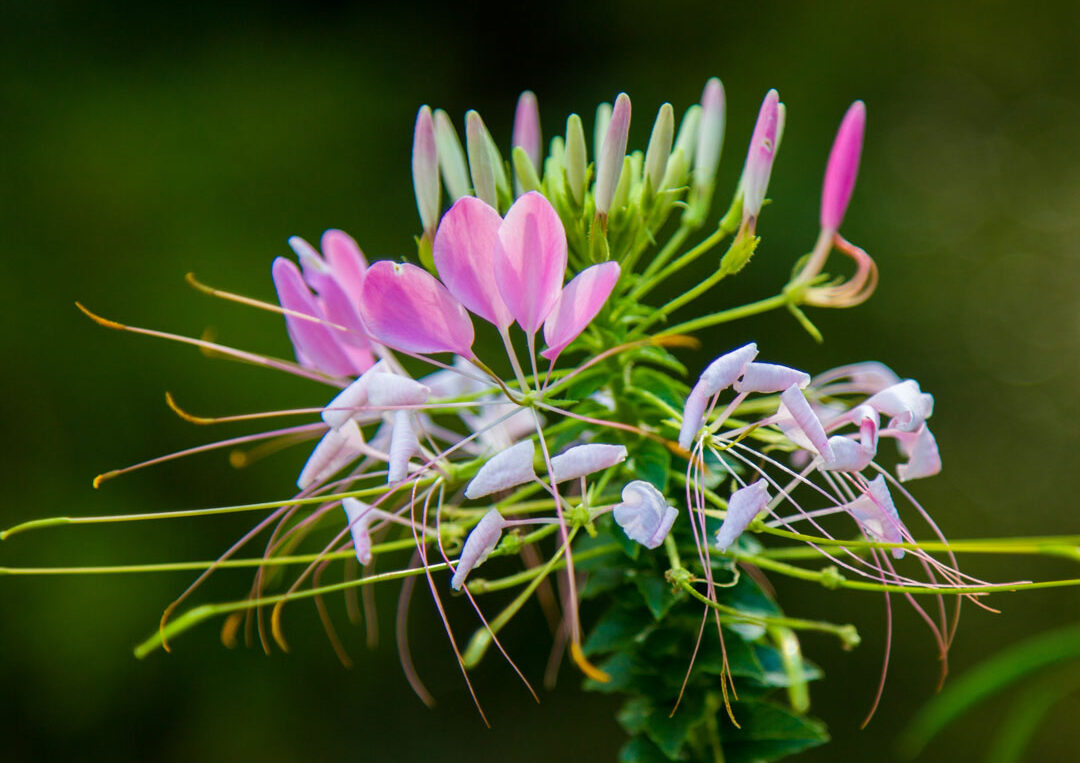
Traditions
3
GameClassroom ActivitiesOutdoor Activities
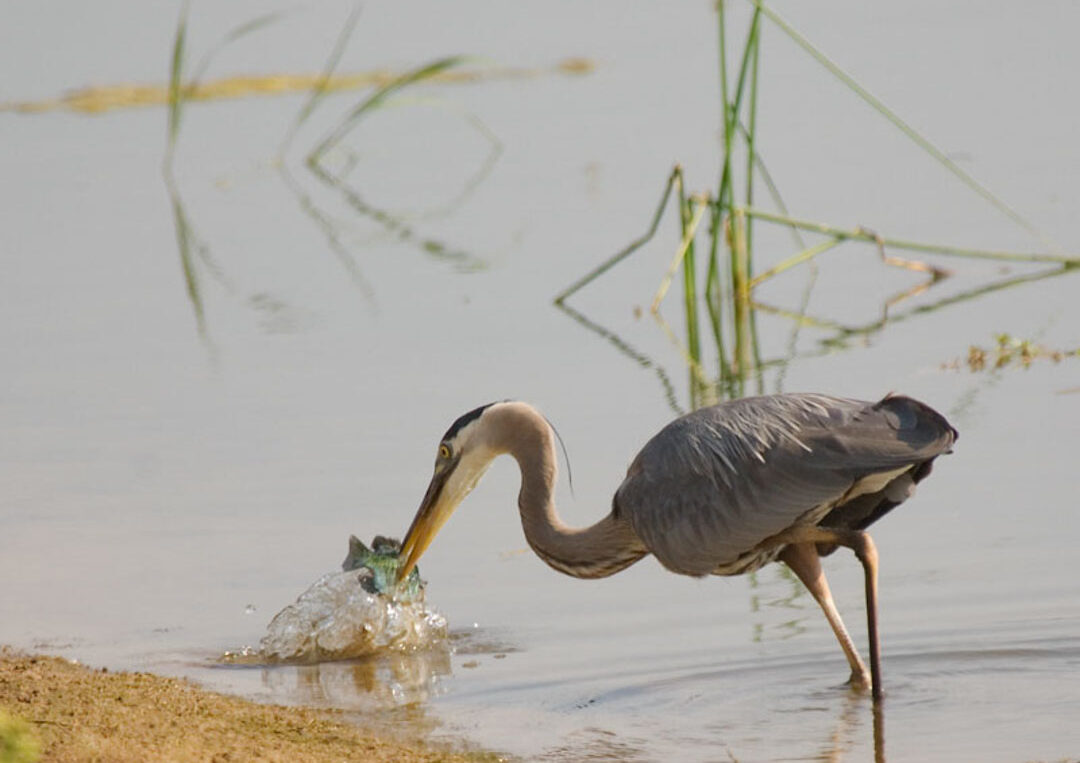
Ecosystem Food Web Mural
5
biodiversityecosystems & habitatsfood websenergy & sustainabilitywater qualityadaptations
Lesson PlansClassroom Activities
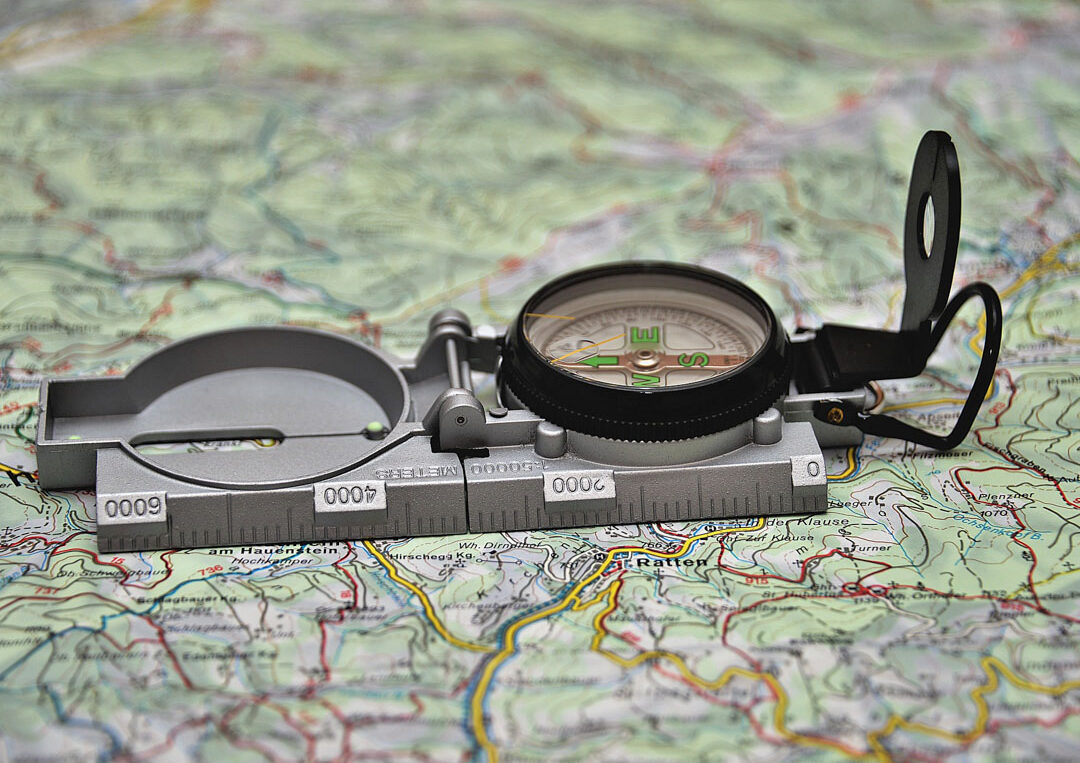
Compasses and Magnets
6
ecosystems & habitatsenergy & sustainability
GameLesson PlansClassroom ActivitiesOutdoor Activities
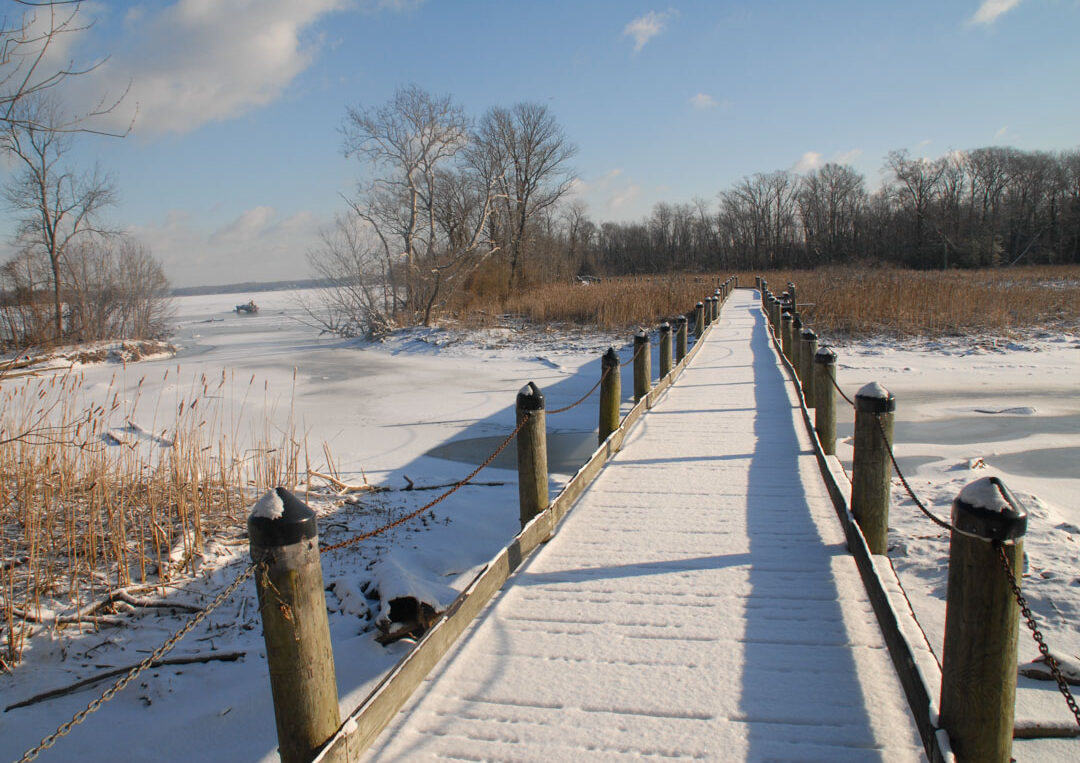
Winter Adaptations
5
biodiversityecosystems & habitatsadaptations
Lesson PlansClassroom ActivitiesOutdoor Activities
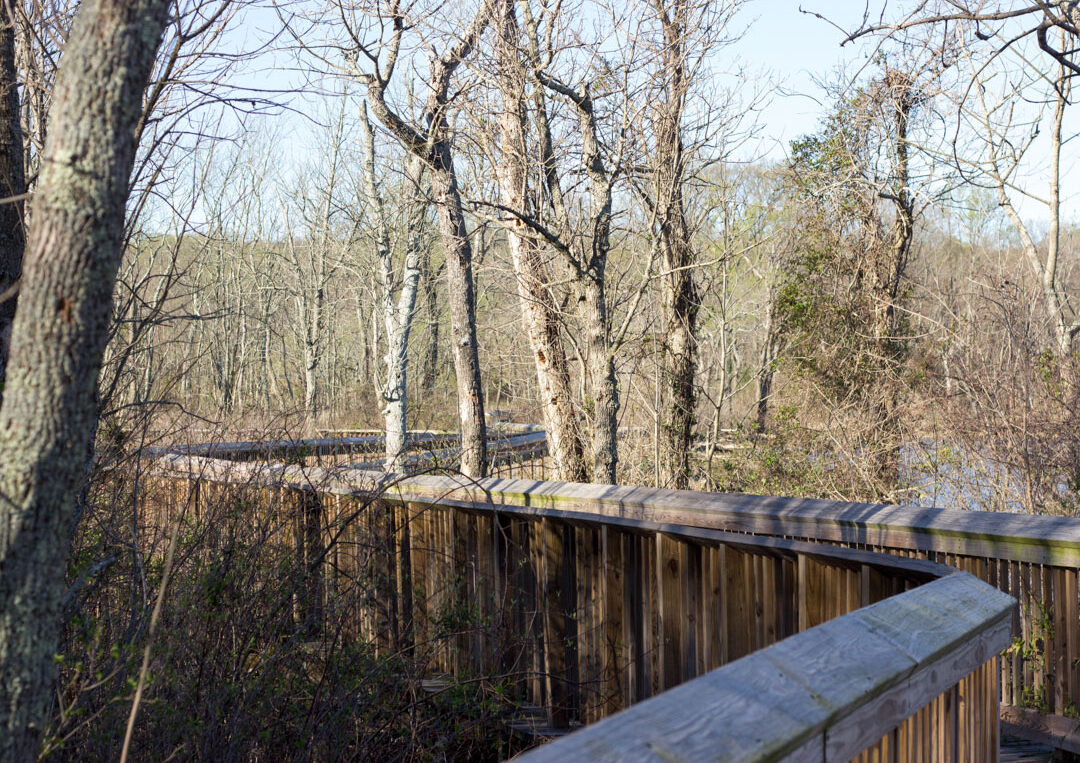
Energy in Ecosystems
5
ecosystems & habitatsfood websenergy & sustainability
Lesson PlansClassroom ActivitiesOutdoor Activities
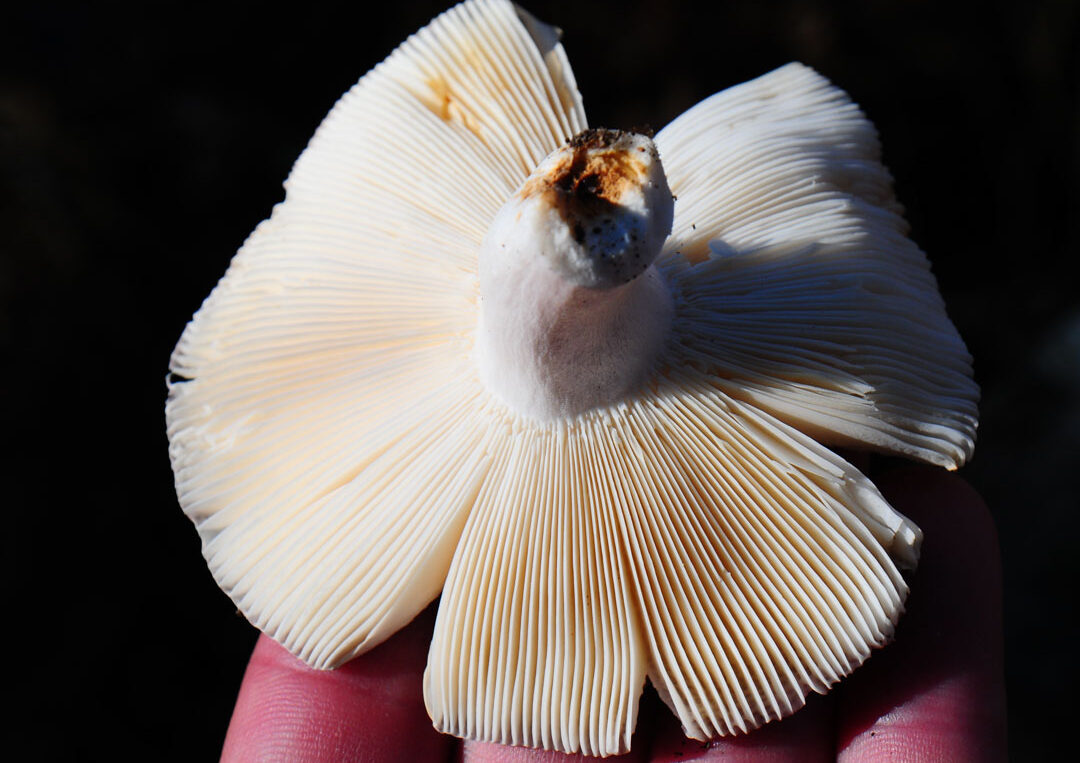
Die and Decay Activity
3
biodiversityecosystems & habitatsfood websenergy & sustainability
Lesson PlansClassroom ActivitiesOutdoor Activities
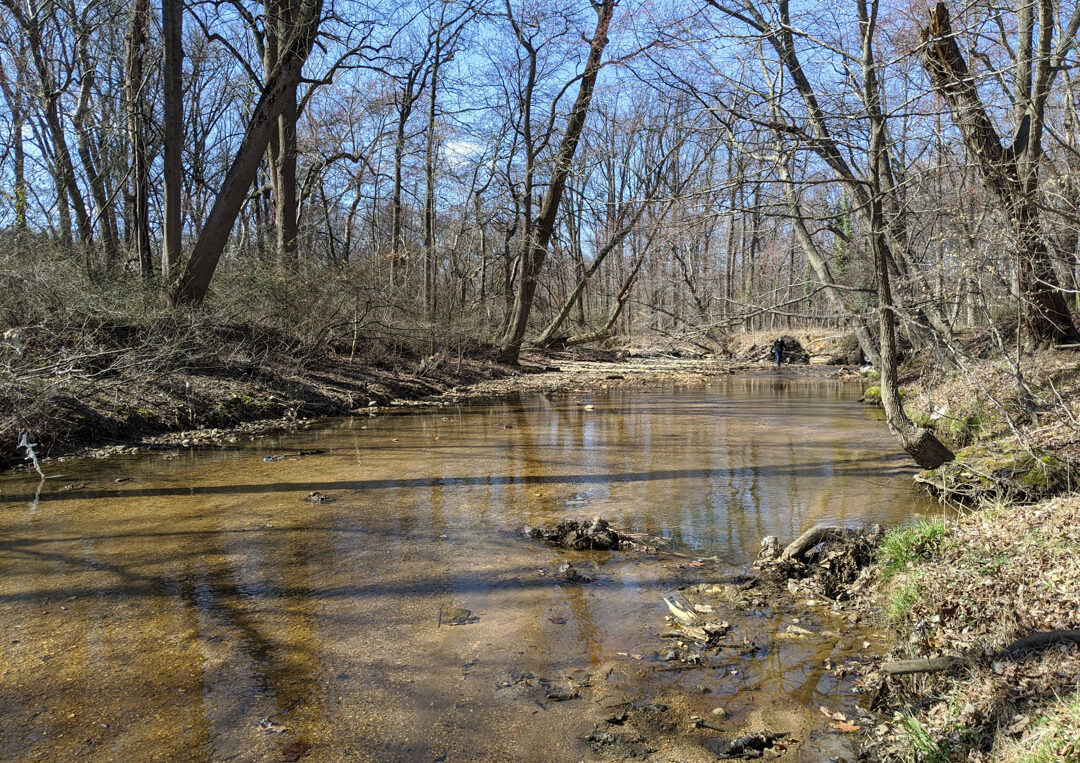
Natural Resources Activity
3
biodiversityenergy & sustainability
Lesson PlansClassroom ActivitiesOutdoor Activities
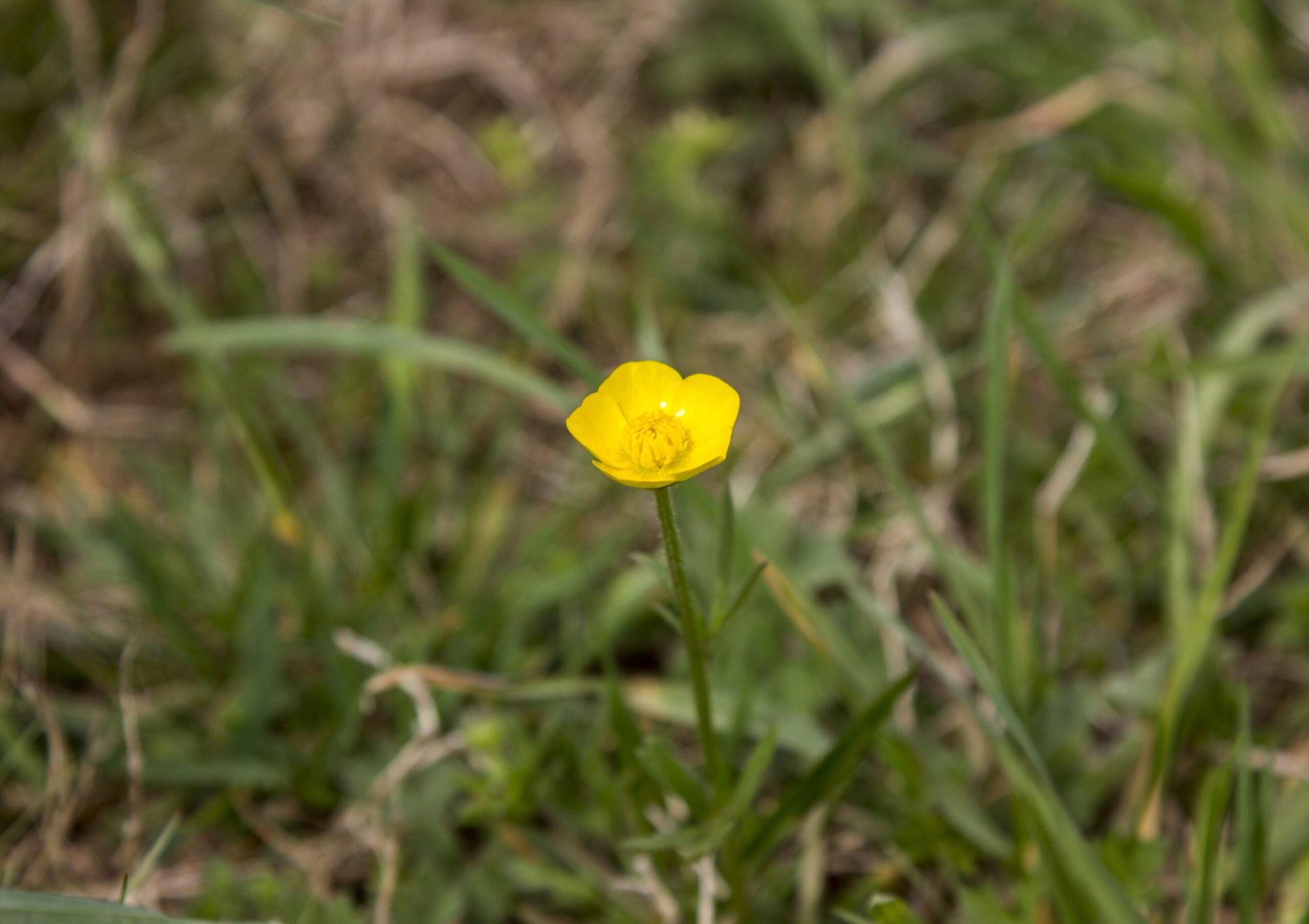
Plant Life Cycle Unit Introduction
1
biodiversityecosystems & habitatsfood webs
Lesson PlansClassroom ActivitiesOutdoor Activities
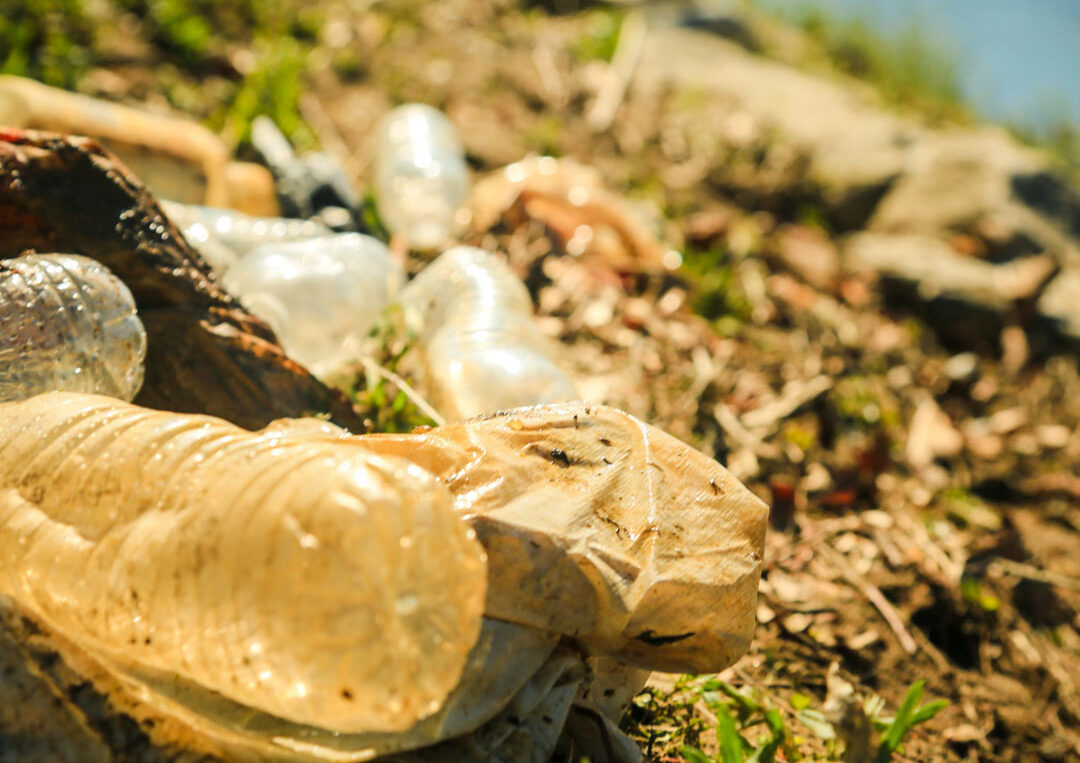
What Are Microplastics?
456789101112
trash & waste reductionrunoff & stormwaterwater quality
Videos
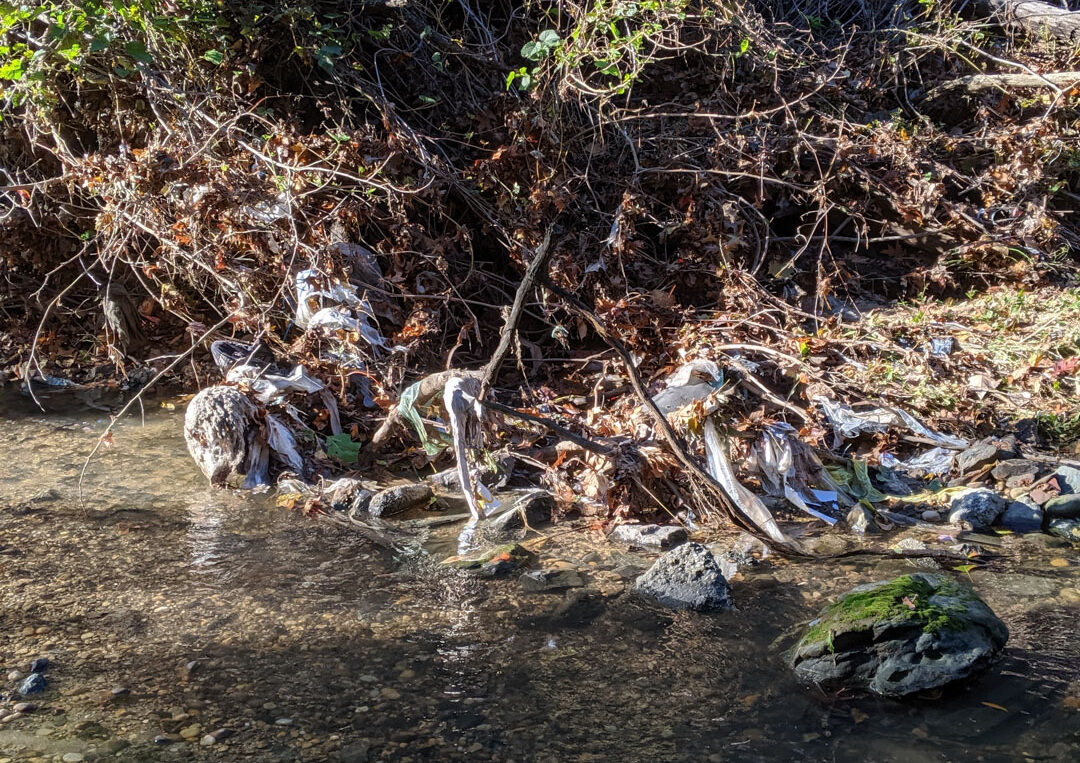
Earth Month Bingo
9101112
energy & sustainabilitytrash & waste reduction
Classroom Activities
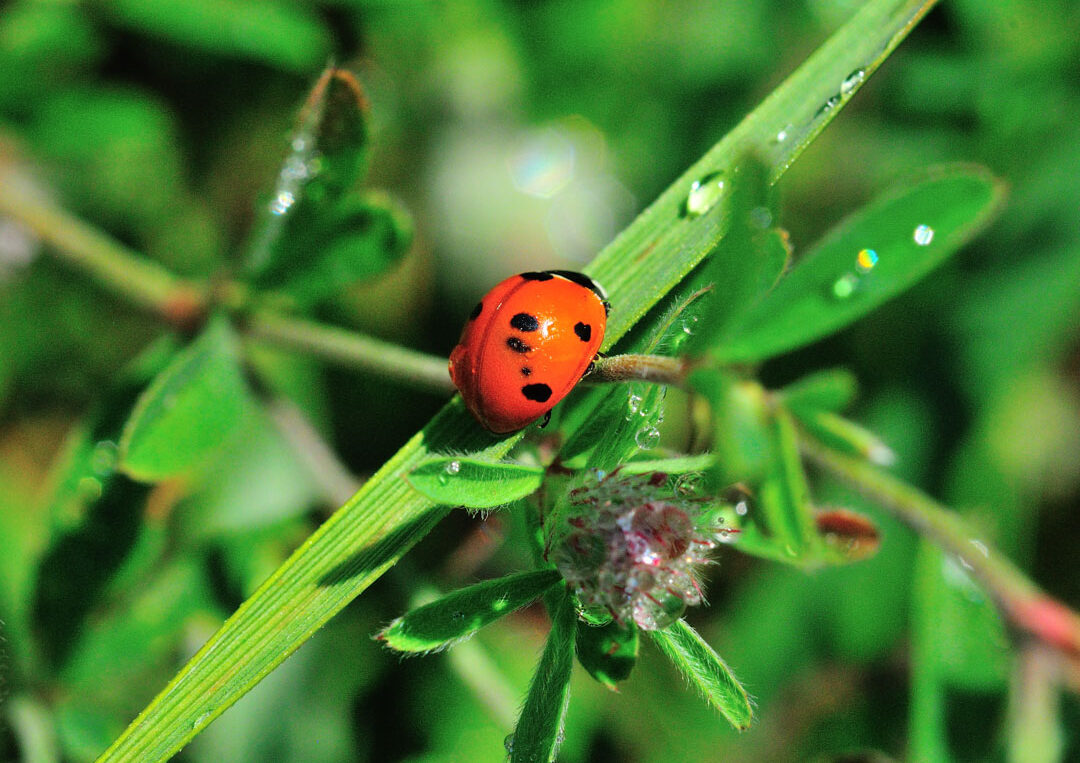
Environmental Observations Guide: At Home
5
energy & sustainabilitytrash & waste reduction
Classroom ActivitiesOutdoor Activities
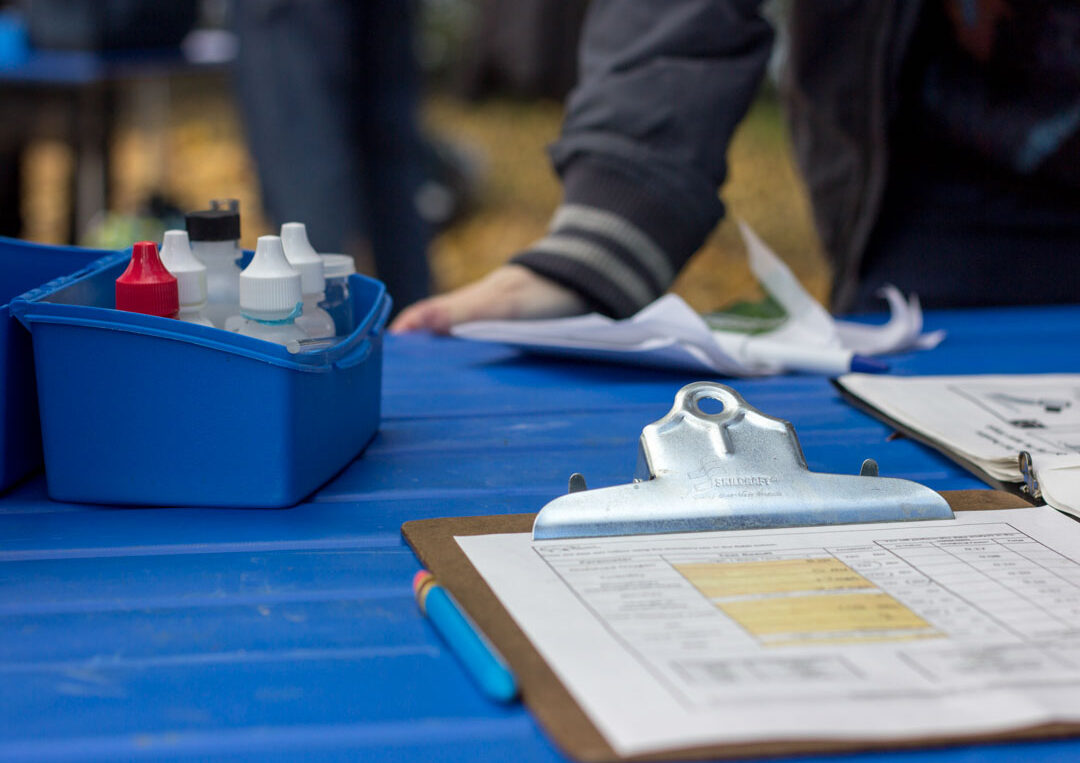
Water Quality Testing
9101112
water quality
Lesson PlansClassroom ActivitiesOutdoor Activities
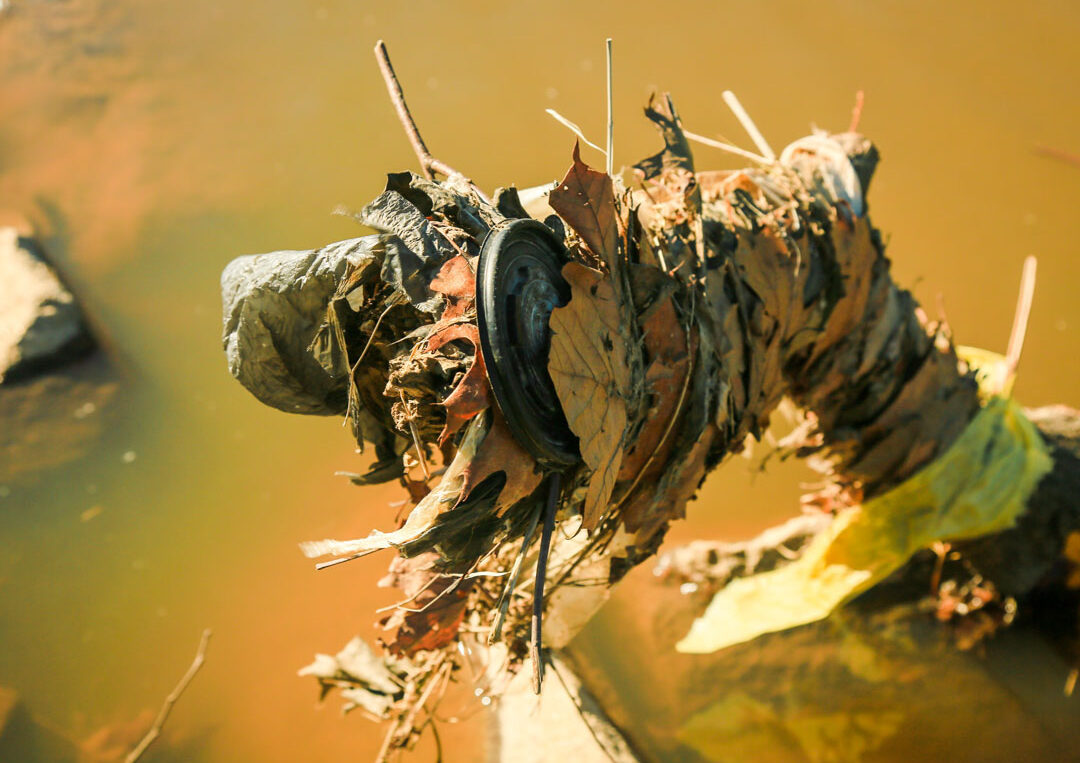
Who Polluted the Potomac?
5
watershedsecosystems & habitatsrunoff & stormwaterwater quality
Lesson PlansClassroom ActivitiesOutdoor Activities
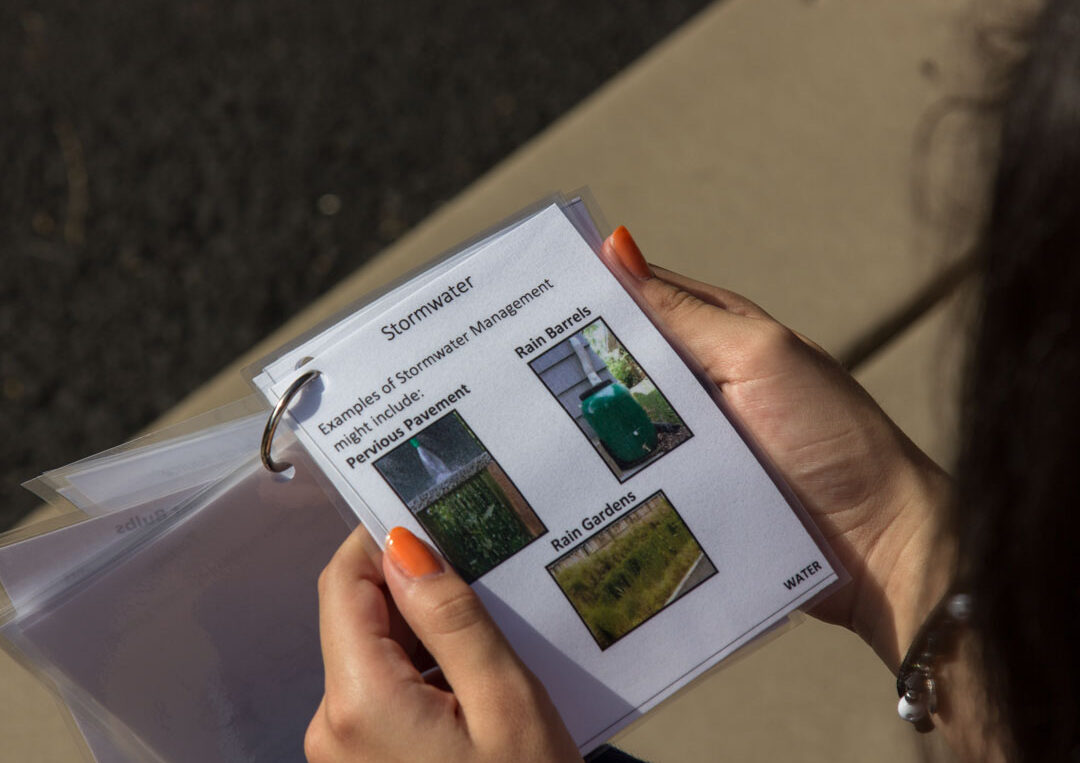
“You’re Hired!” Measuring Impact of Stormwater Management
56
watershedsrunoff & stormwaterwater quality
Lesson PlansClassroom Activities
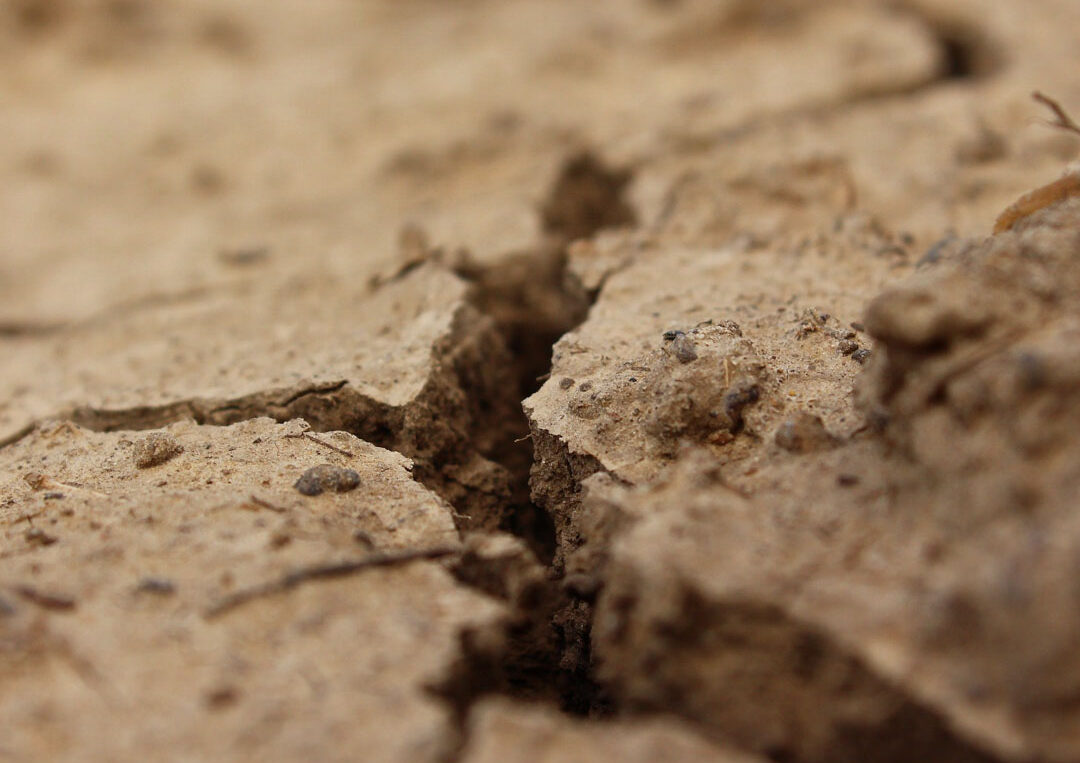
Great Terrain Robbery
3456
watershedsrunoff & stormwaterwater quality
Lesson PlansClassroom ActivitiesOutdoor Activities
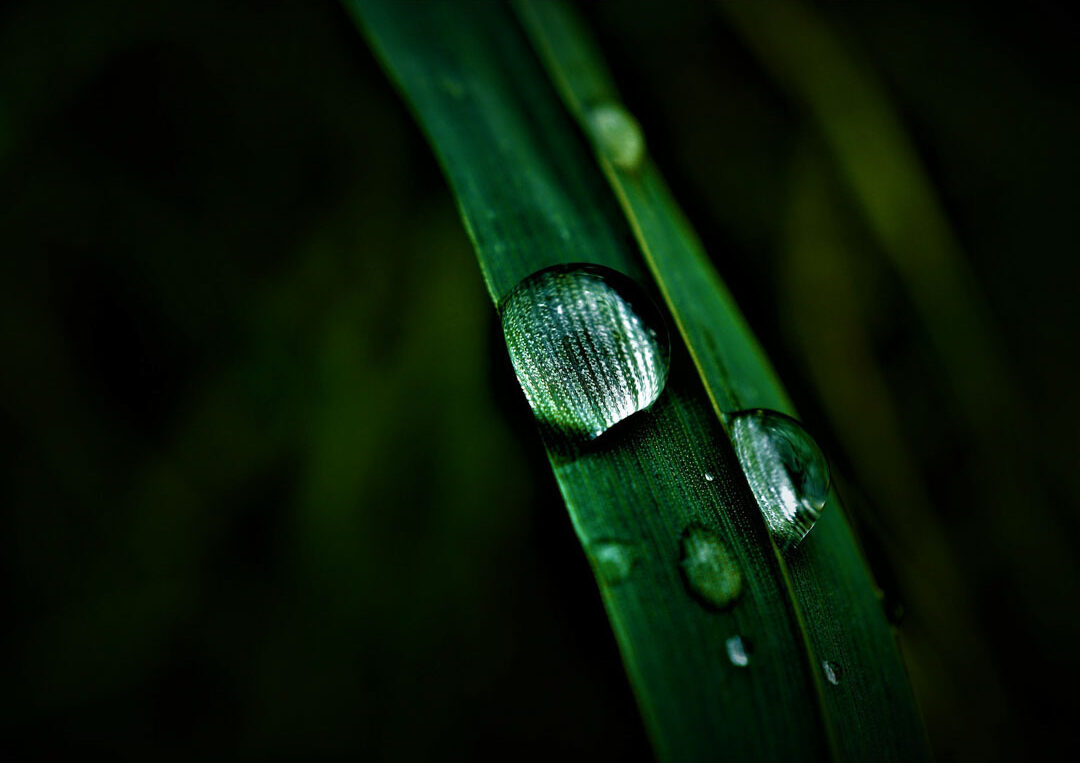
The Incredible Water Cycle Journey
5
watershedsenergy & sustainabilityrunoff & stormwaterwater quality
Classroom Activities
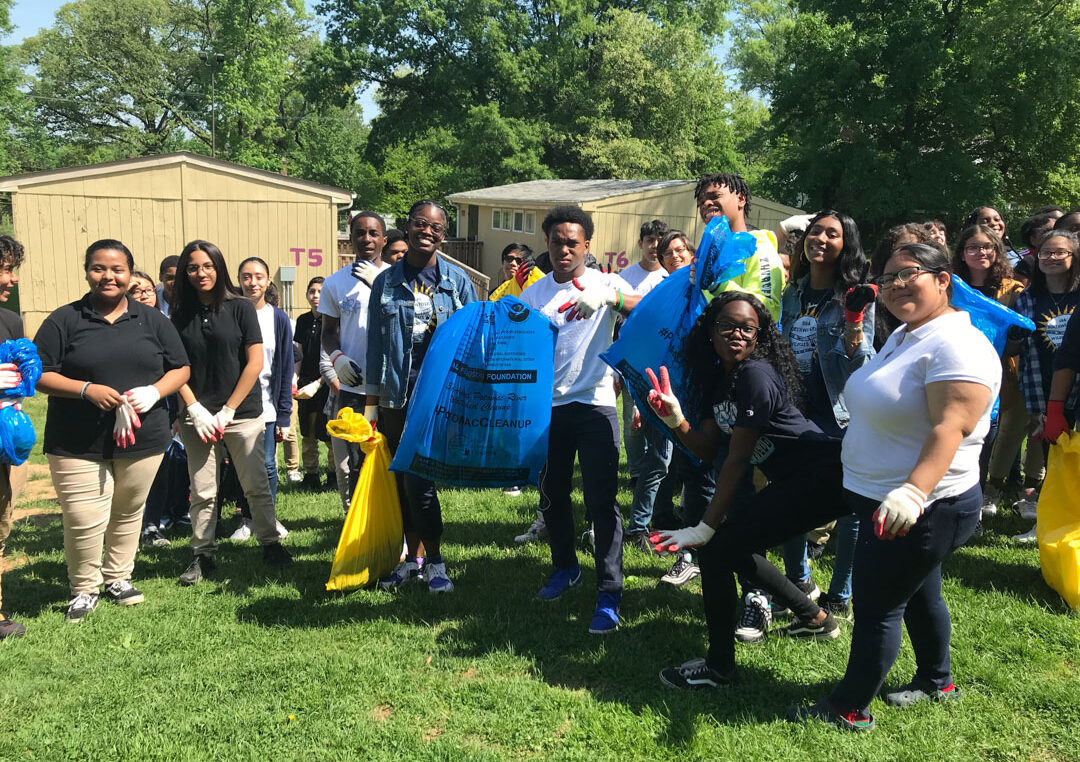
Trash Free Schools Guidebook
456789101112
trash & waste reduction
Teacher Resource
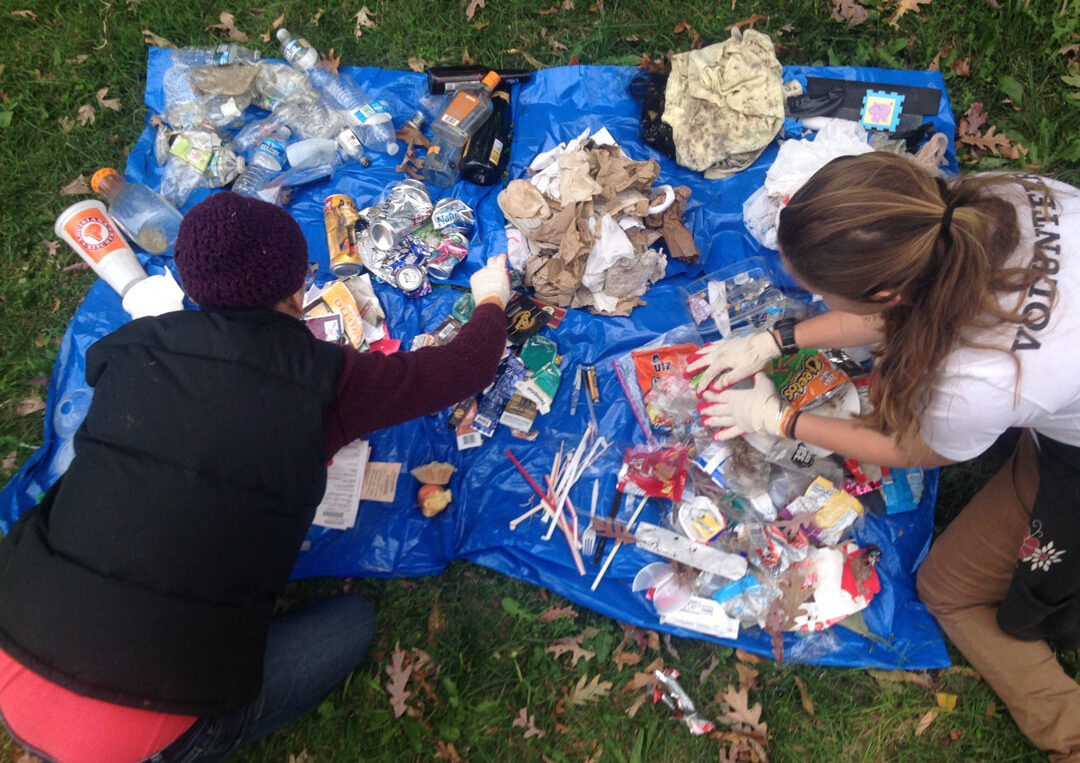
Trash Tally Activity
567
trash & waste reduction
Lesson PlansOutdoor Activities
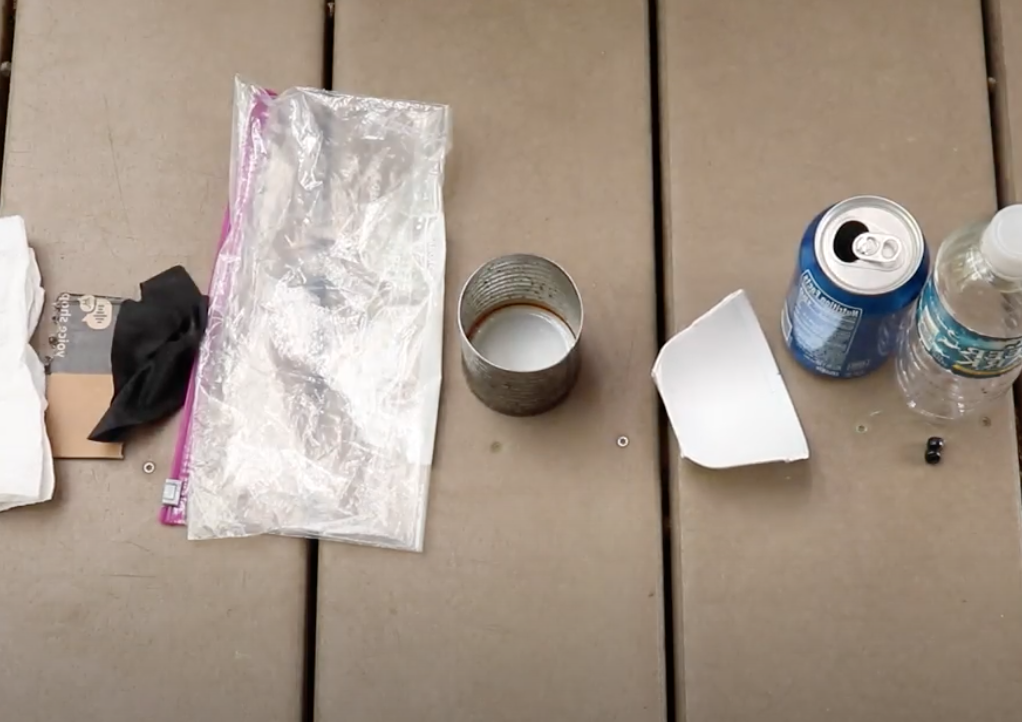
Trash Timeline Activity
23456
energy & sustainabilitytrash & waste reduction
Lesson PlansClassroom ActivitiesOutdoor Activities
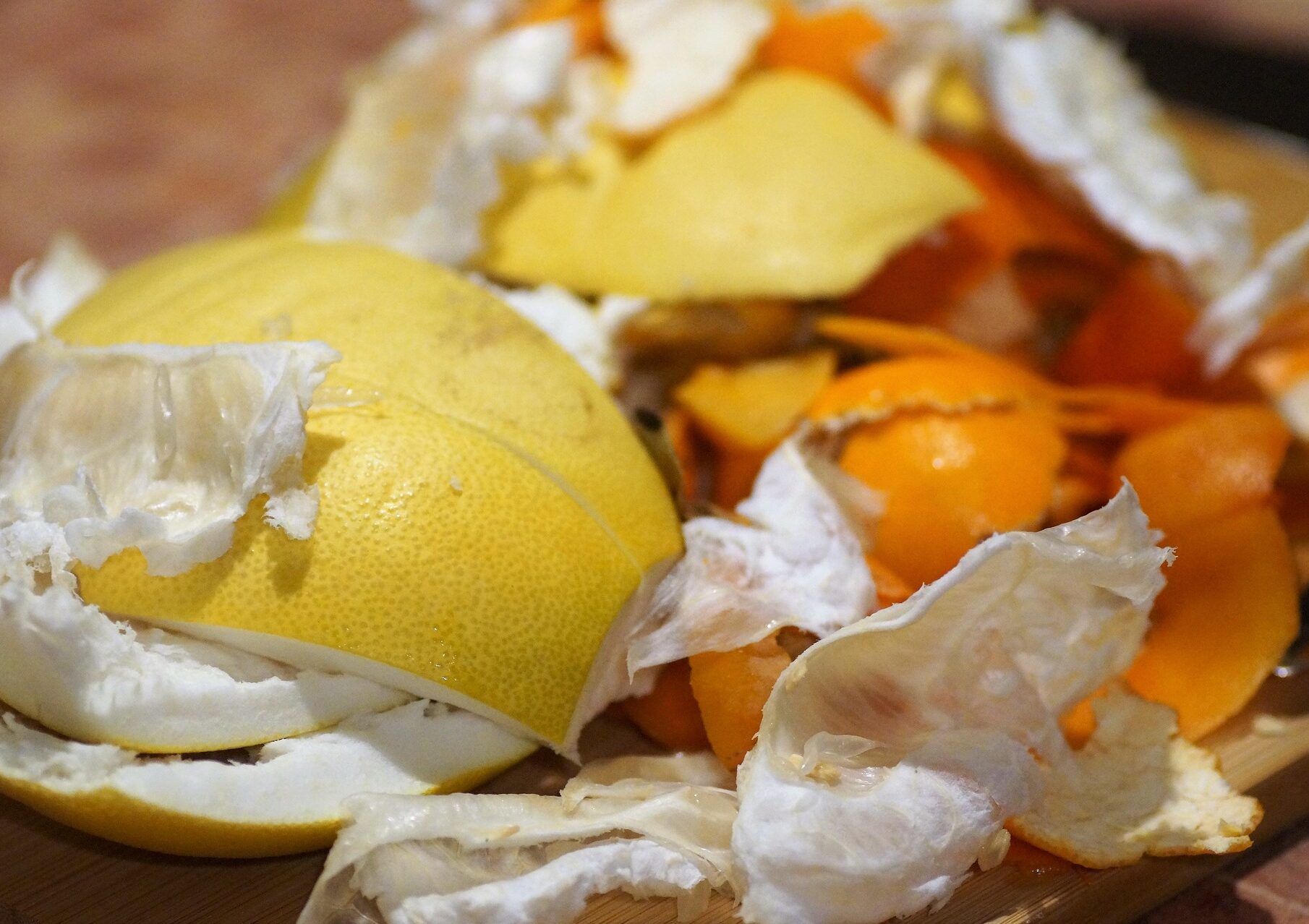
Vermicomposting in Your Classroom
12345678
ecosystems & habitatsfood webstrash & waste reduction
Lesson PlansClassroom Activities
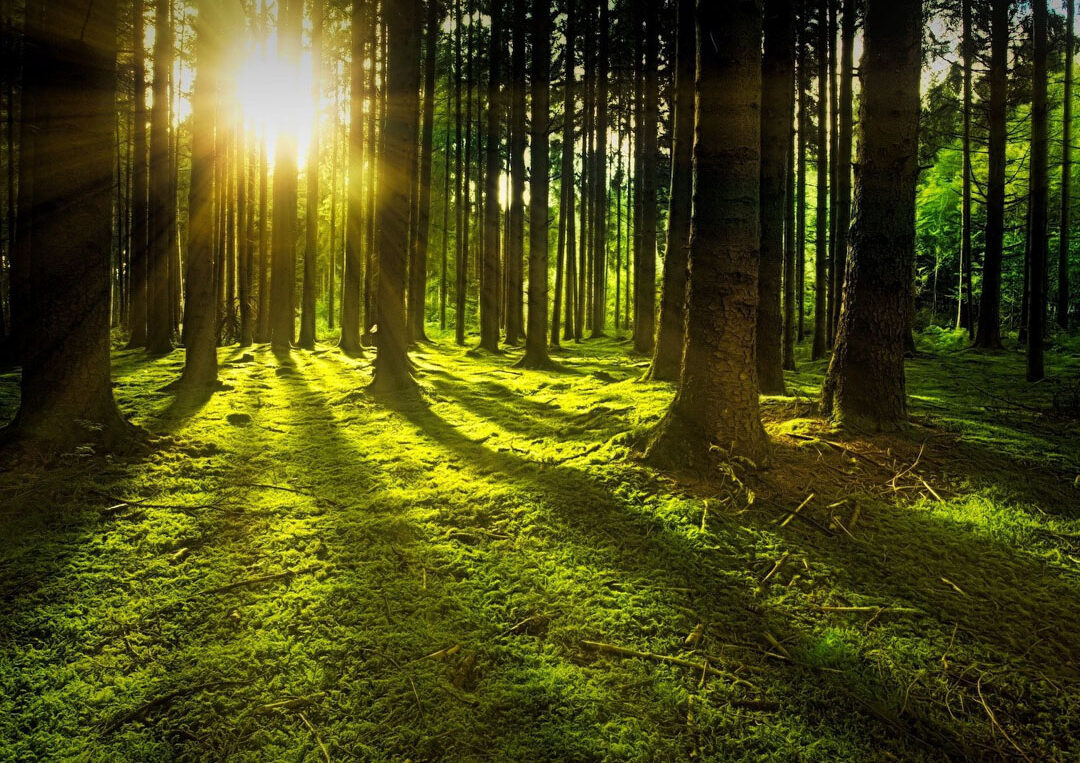
The Incredible Carbon Journey
5
energy & sustainability
GameClassroom Activities
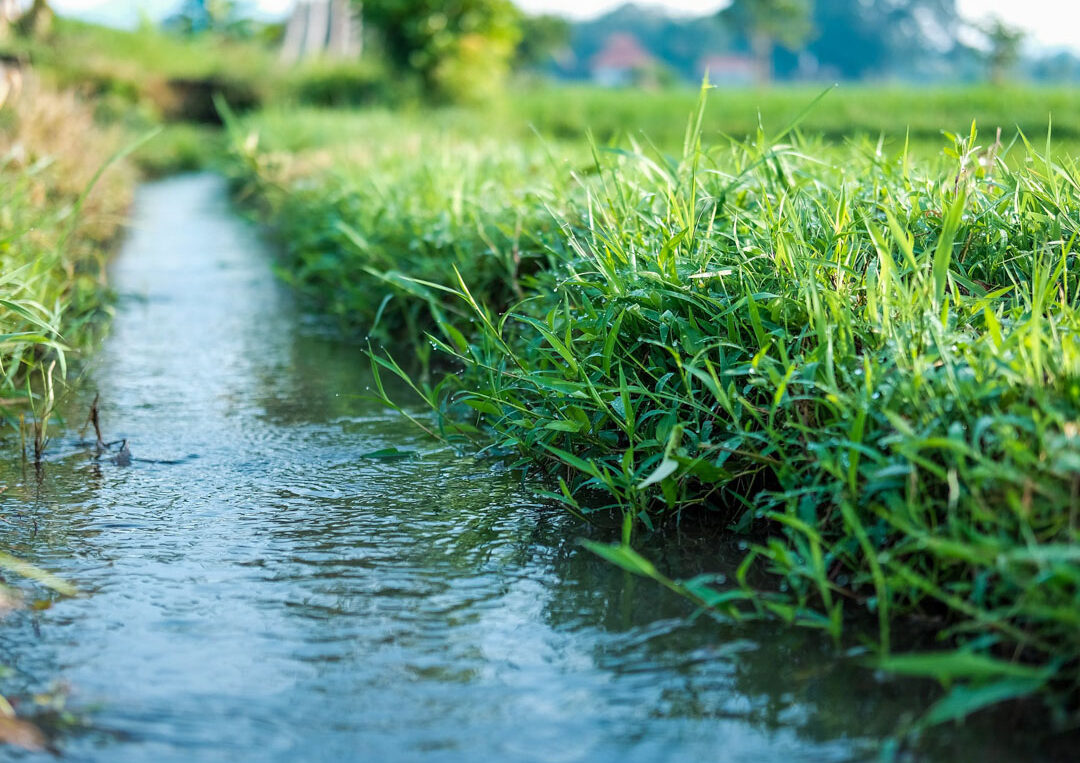
Sweet Resources Activity
5
energy & sustainabilitytrash & waste reduction
Lesson PlansClassroom ActivitiesOutdoor Activities
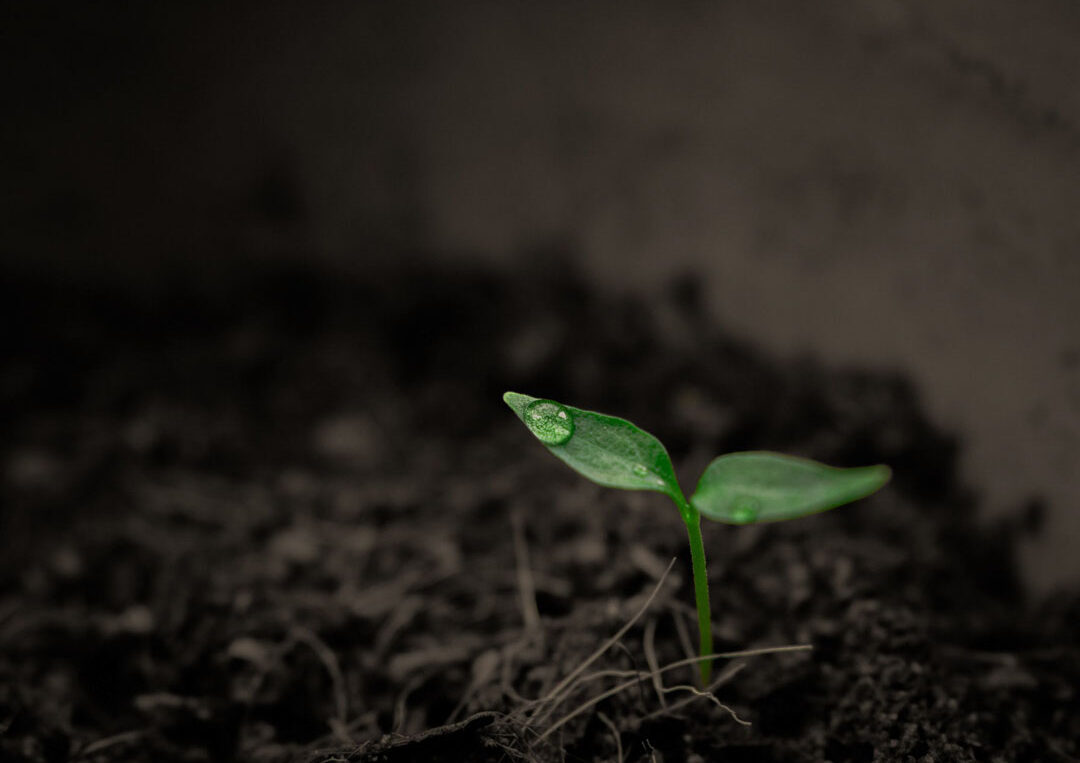
School Sustainability Report Card
5
energy & sustainabilitytrash & waste reduction
Lesson PlansClassroom ActivitiesOutdoor Activities
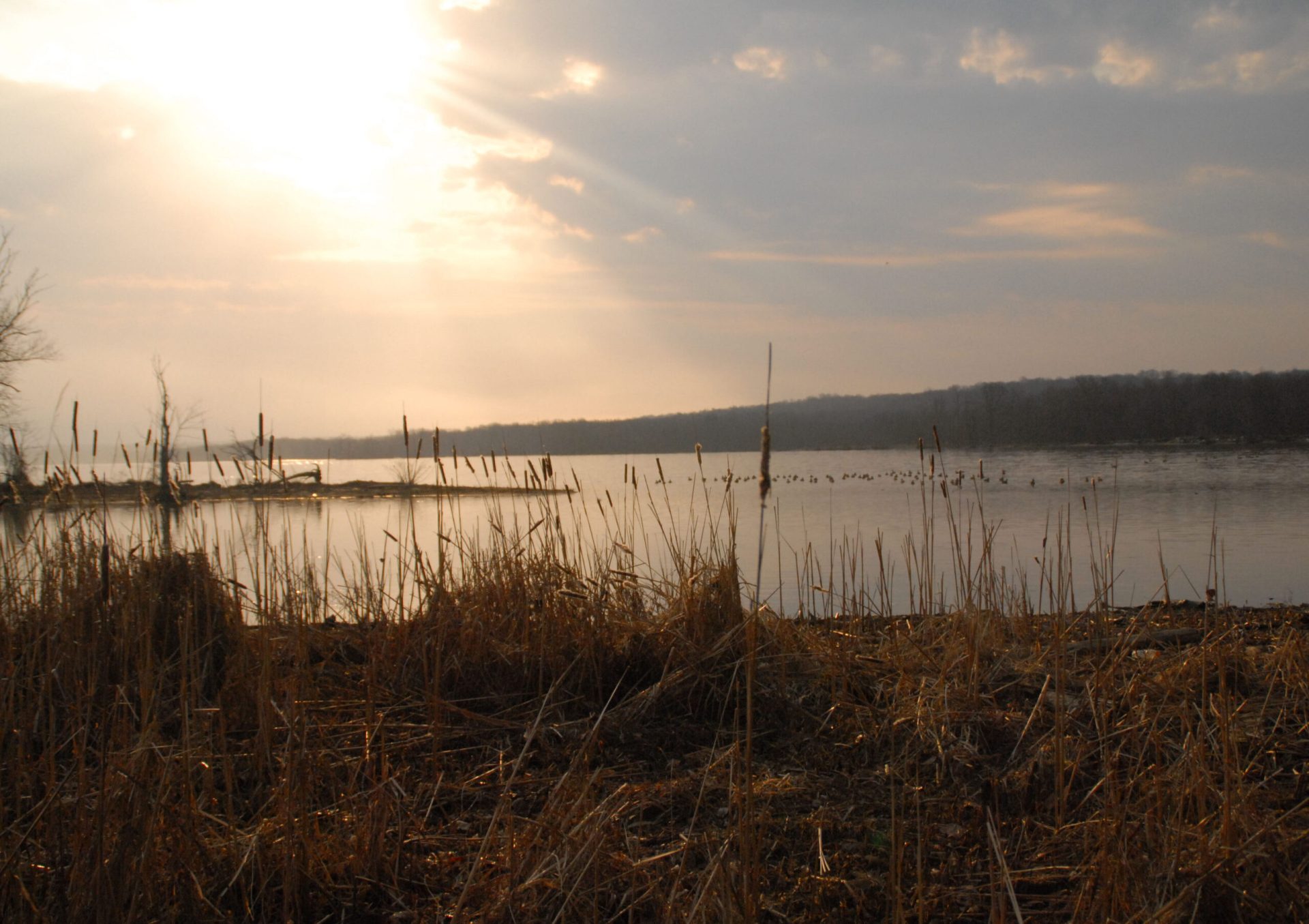
Ten Common Misconceptions about Climate Change
5
ecosystems & habitatsenergy & sustainability
Teacher Resource
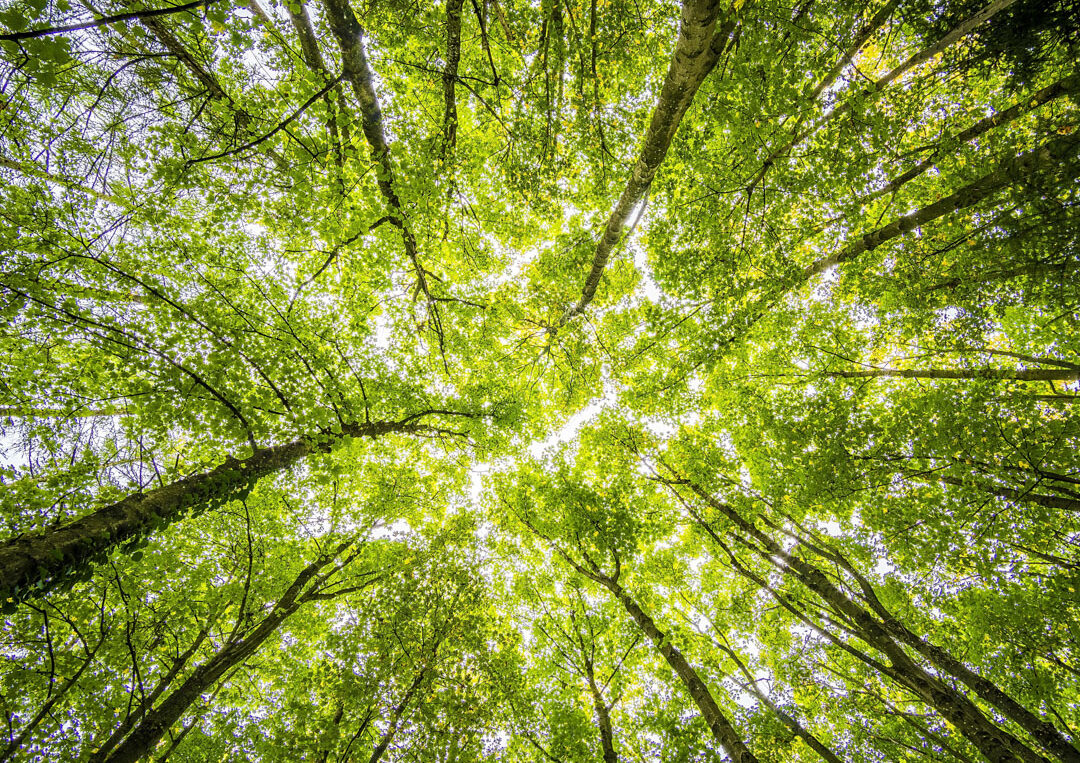
Carbon Cycle Activity
5
energy & sustainability
Classroom Activities

Candy Bar Dissection
5
energy & sustainability
Classroom Activities
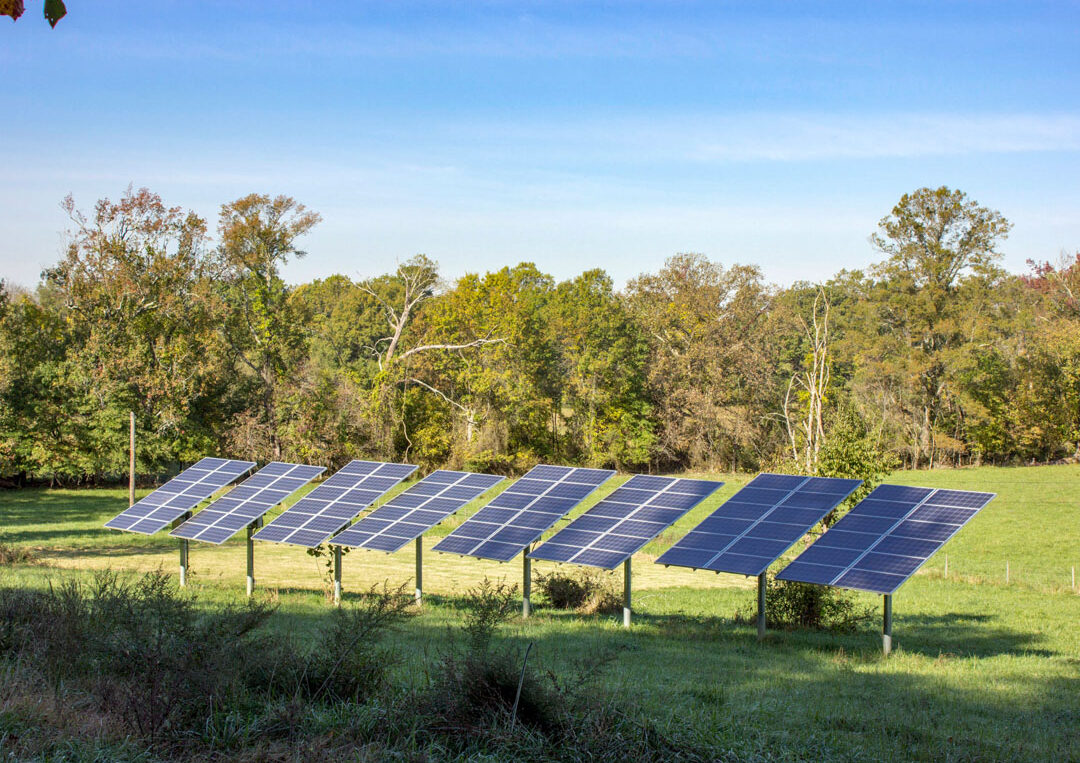
Energy Spoons Activity
5
energy & sustainability
GameLesson PlansClassroom Activities
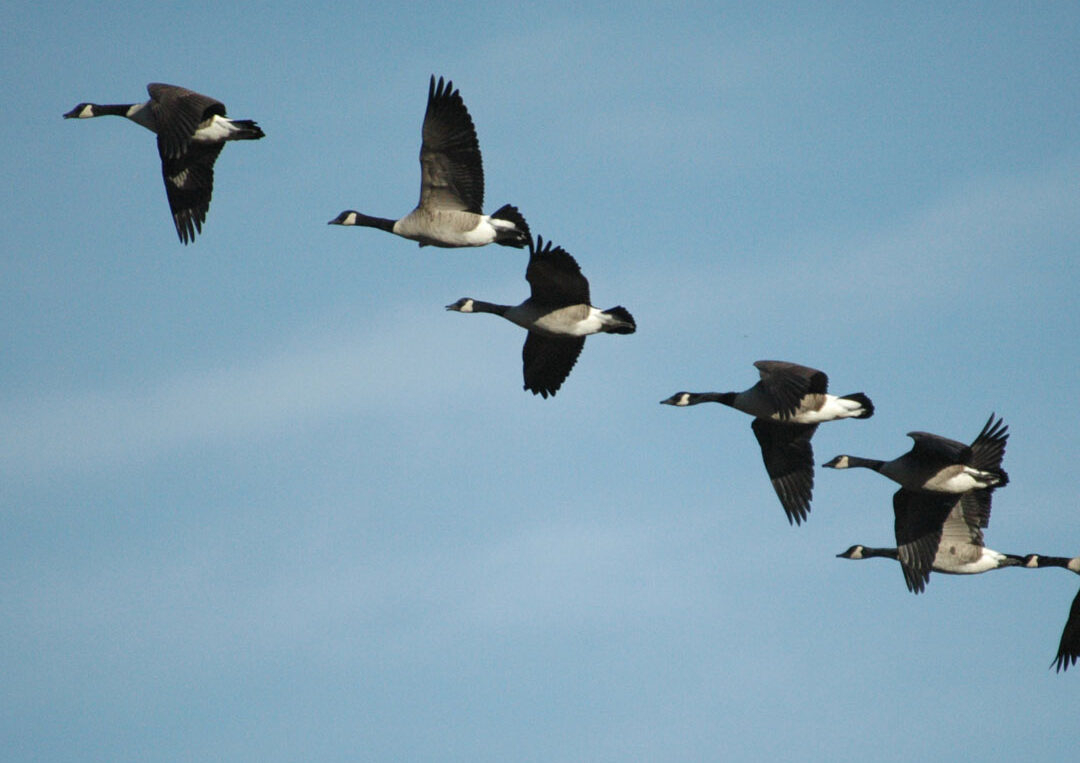
Great Migration Classroom Game
5
biodiversityecosystems & habitatsadaptations
GameLesson PlansClassroom Activities
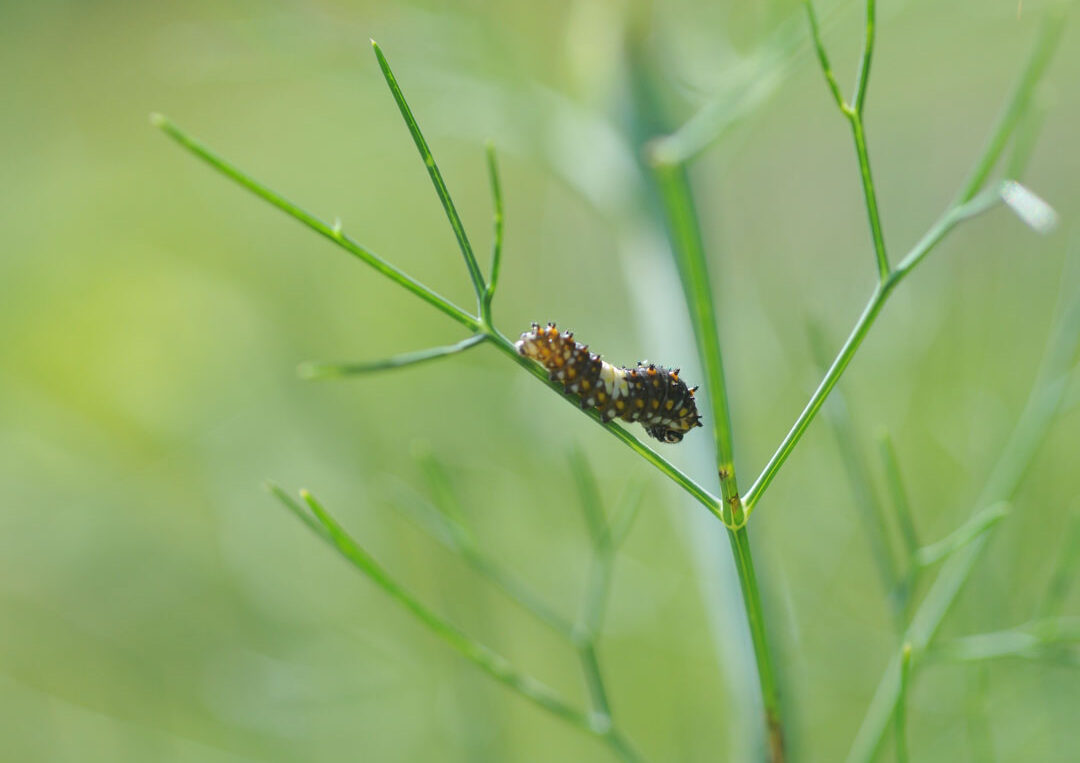
Lesson Plans for Systemic 5th Grade Meaningful Watershed Educational Experiences
5
biodiversitywatershedsenergy & sustainabilitytrash & waste reductionrunoff & stormwaterwater quality
Teacher ResourceLesson PlansClassroom Activities
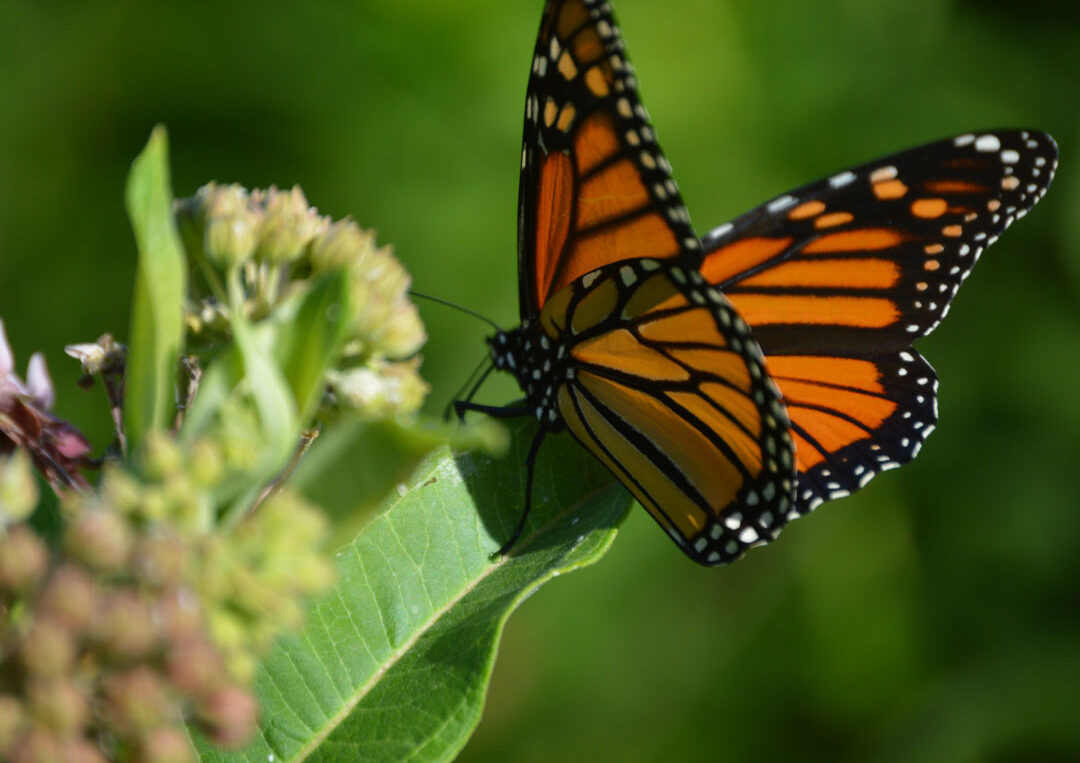
Useful Websites
Teachers
biodiversityecosystems & habitatsenergy & sustainabilitywater quality
Teacher Resource
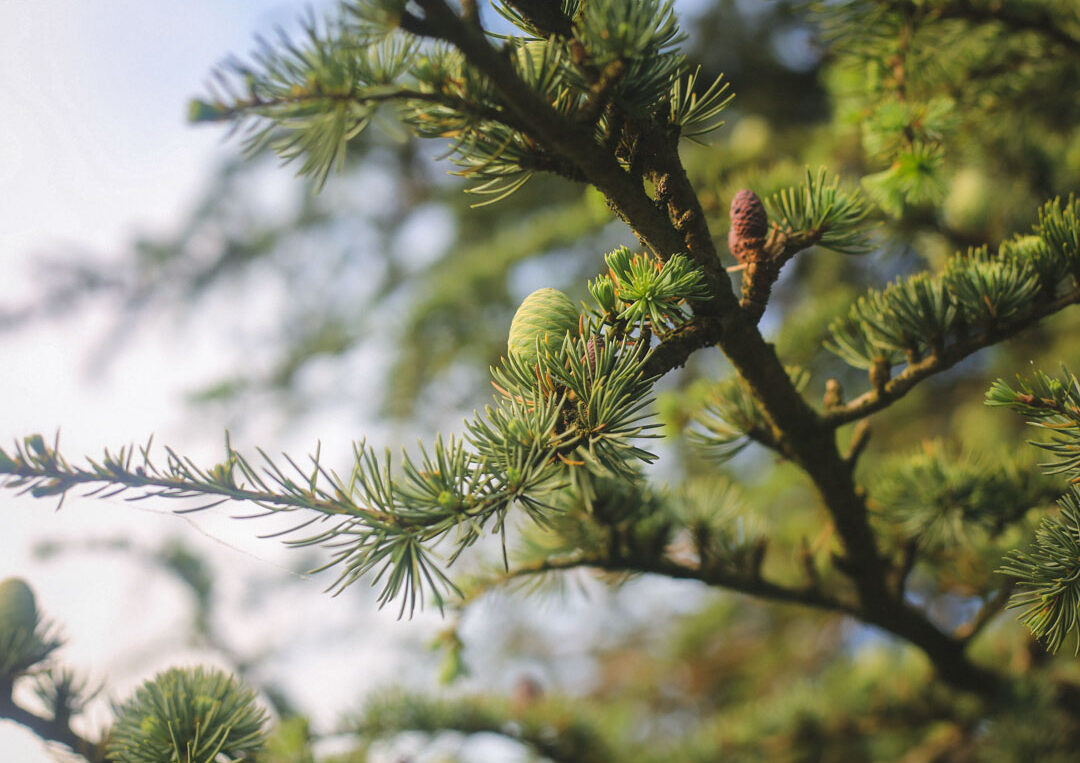
Teaching Outdoors Tips & Tricks
Teachers
biodiversitywatershedsecosystems & habitatsfood websfarm lifeenergy & sustainabilitytrash & waste reductionerosionrunoff & stormwaterwater qualitypollinatorsadaptations
Teacher ResourceLesson Plans
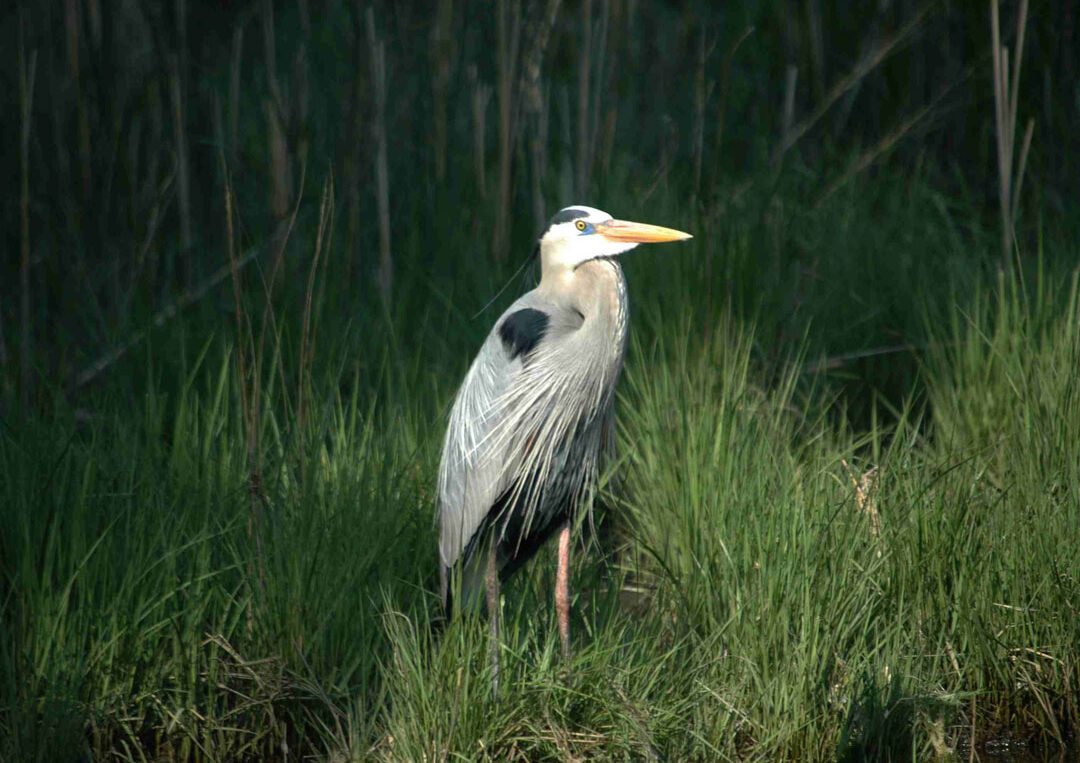
Outdoor Learning & Activities: Book List
Teachers
biodiversitywatershedsecosystems & habitatsfood websfarm lifeenergy & sustainabilitytrash & waste reductionerosionrunoff & stormwaterwater qualitypollinatorsadaptations
Teacher Resource
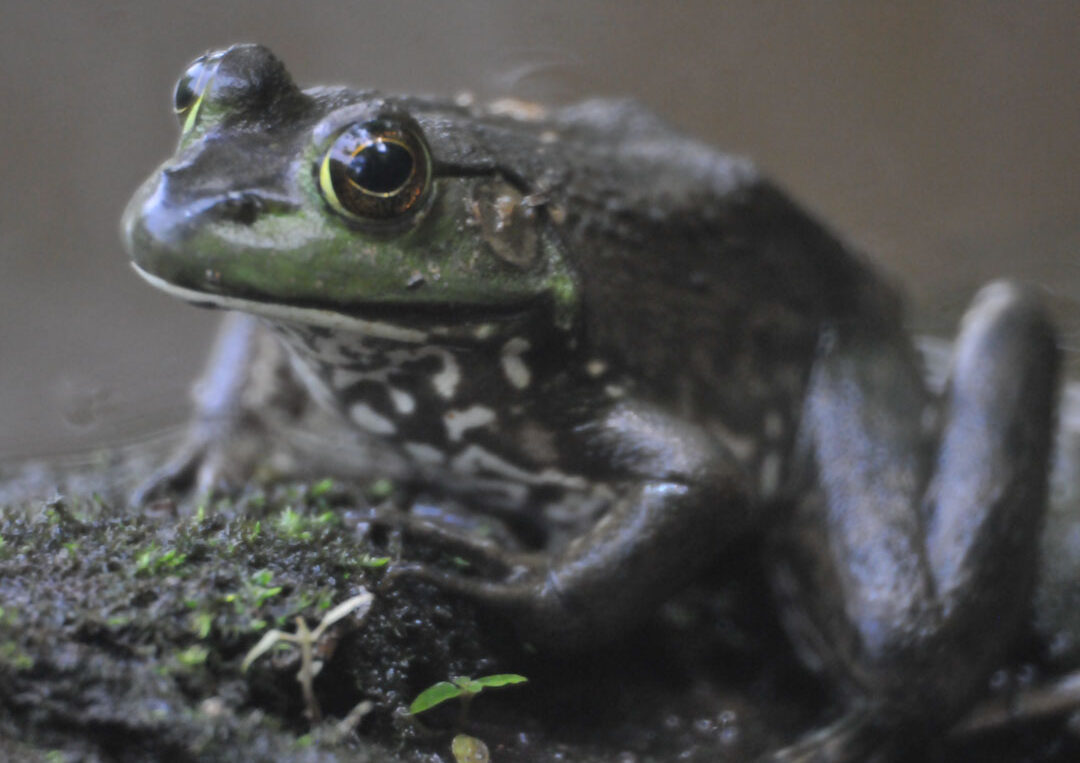
Forest Ecology
456
ecosystems & habitatsfood webs
Lesson PlansClassroom ActivitiesOnline ActivitiesVideos
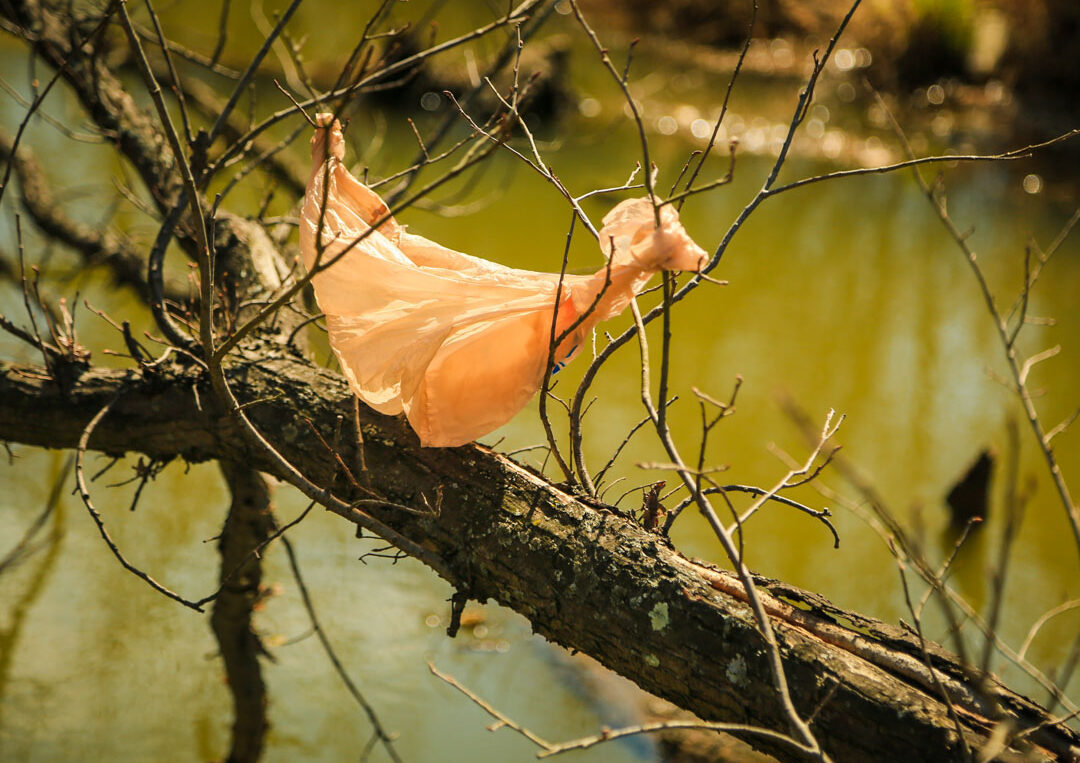
Trash & Watershed
45
watershedsecosystems & habitatstrash & waste reductionrunoff & stormwater
Lesson PlansClassroom ActivitiesOnline ActivitiesVideos
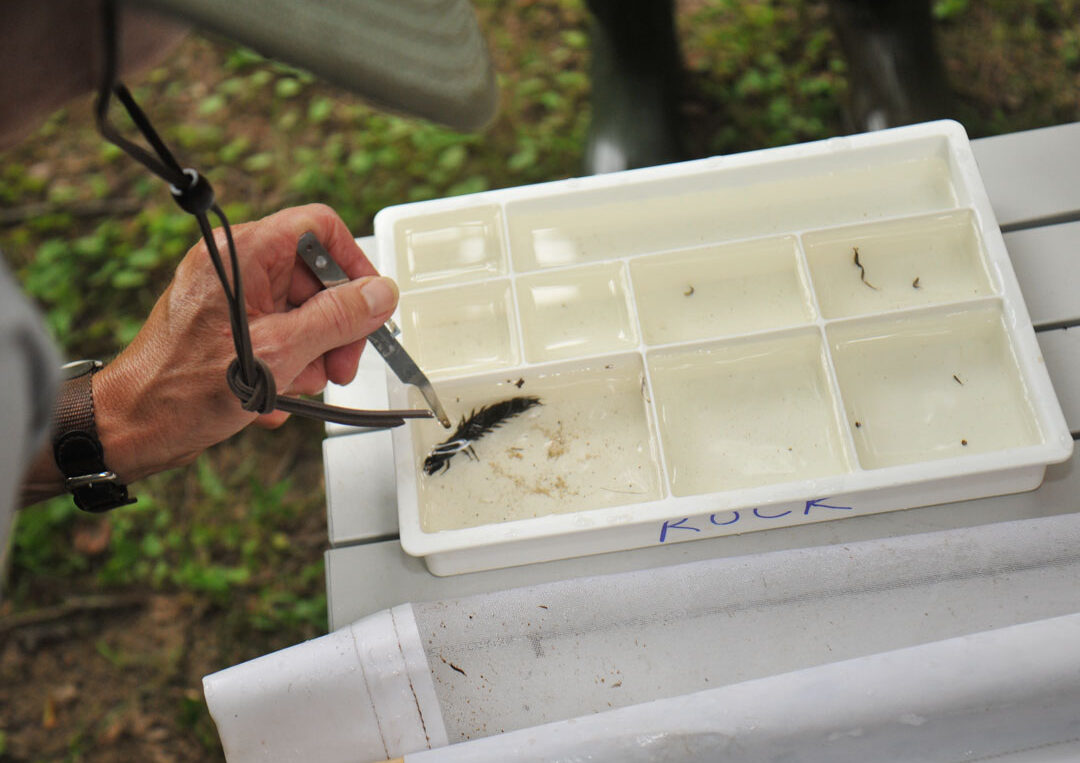
Water Ecology: Macroinvertebrate
45
watershedsecosystems & habitatswater qualityadaptations
Lesson PlansClassroom ActivitiesOnline ActivitiesVideos
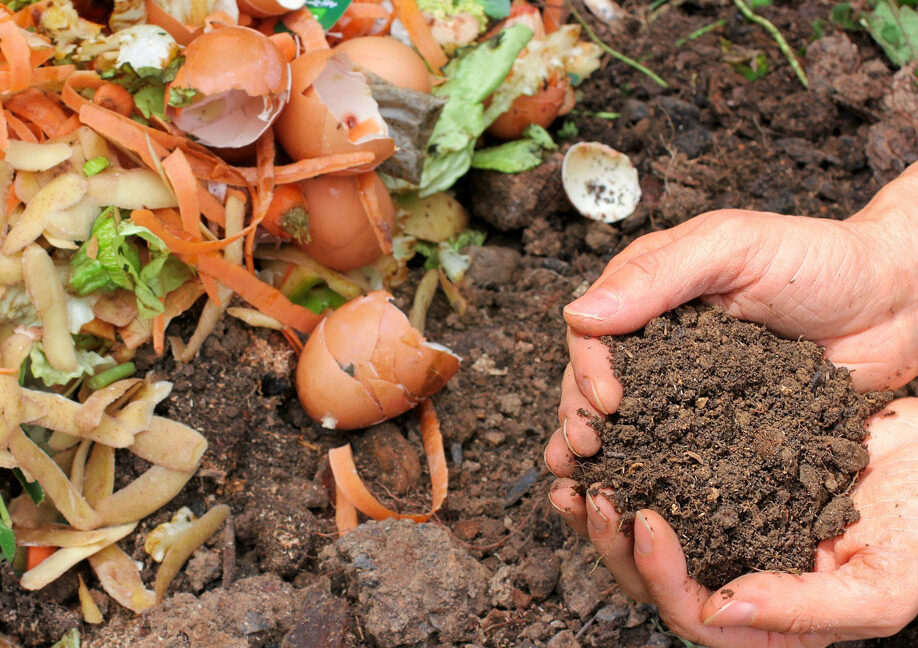
What is Composting?
5
energy & sustainabilitytrash & waste reduction
Lesson PlansOutdoor ActivitiesVideos
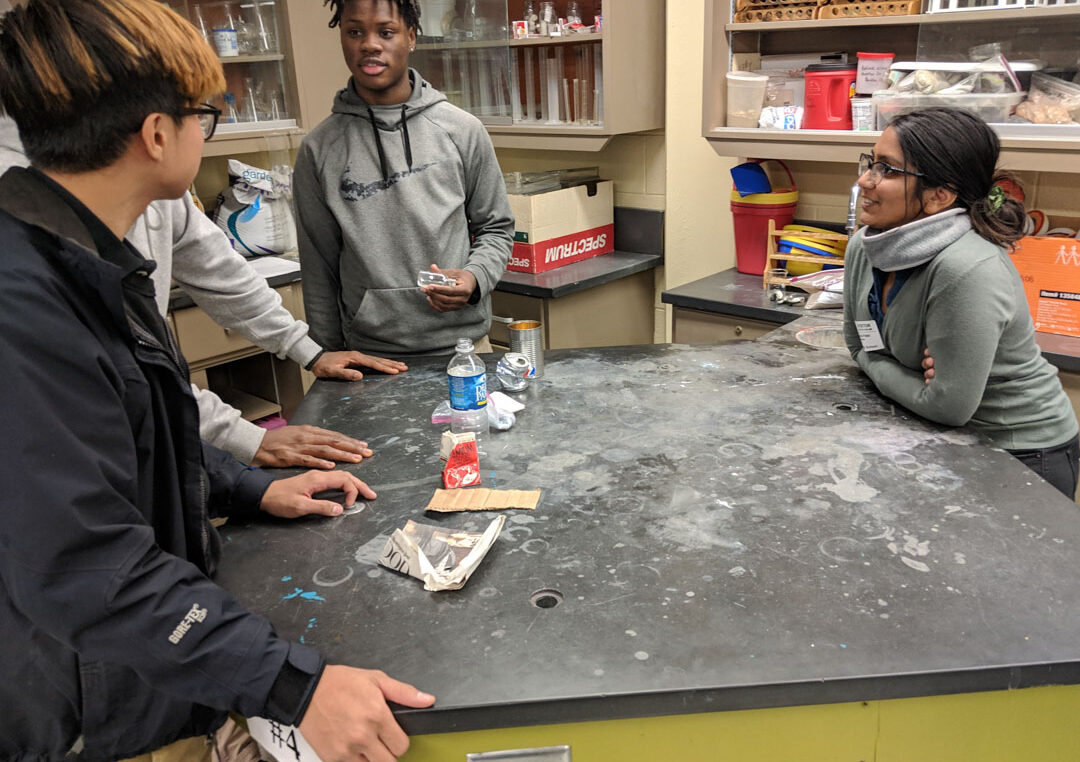
Trash Timeline
56789101112
watershedsenergy & sustainabilitytrash & waste reductionrunoff & stormwater
Lesson PlansClassroom ActivitiesOutdoor ActivitiesVideos

Nutrient Pollution Lab
6789101112
watershedsrunoff & stormwater
Online ActivitiesVideos
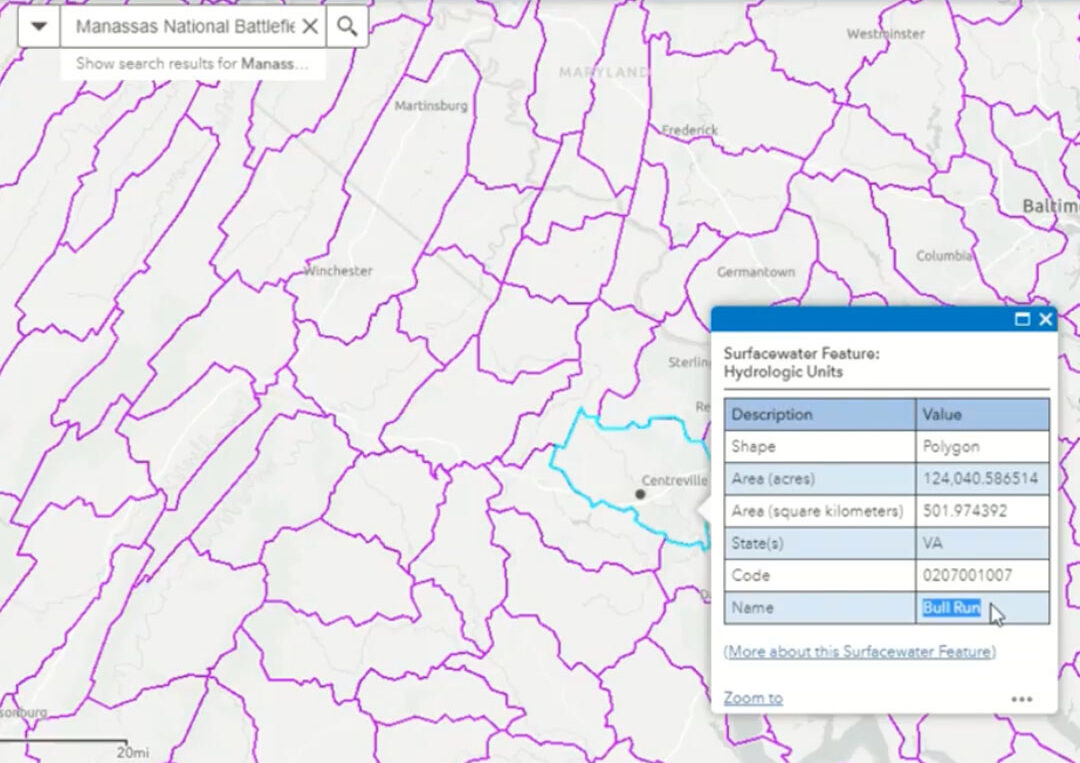
Watershed Address
9101112
watersheds
Lesson PlansClassroom ActivitiesOnline ActivitiesVideos
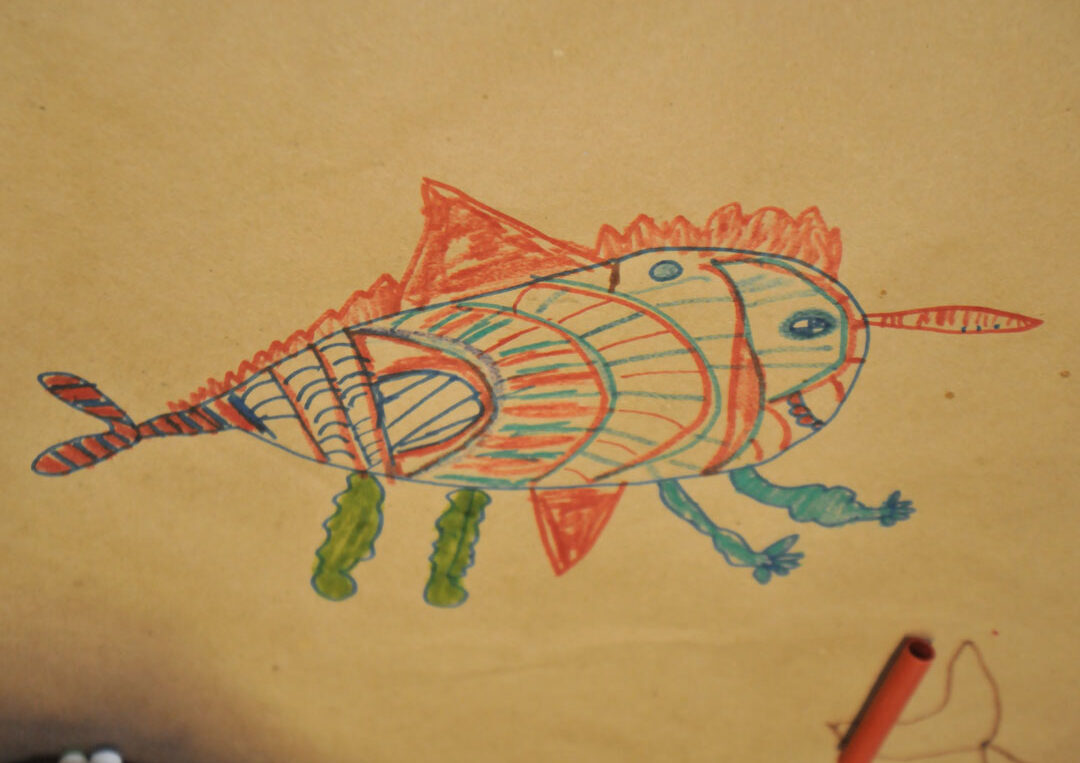
FrankenFish
2345678
adaptations
Lesson PlansClassroom ActivitiesVideos
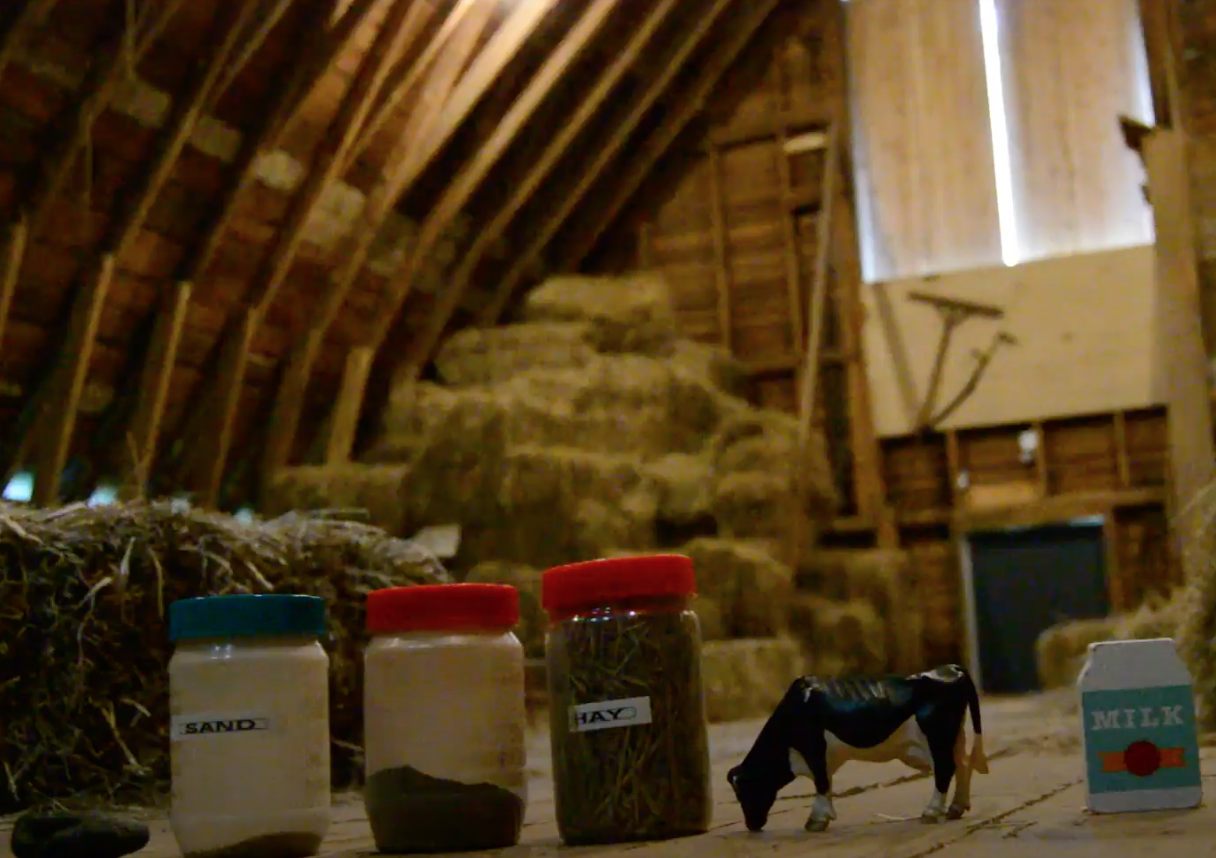
Rock to Cheese
erosion
Lesson PlansOnline ActivitiesVideos
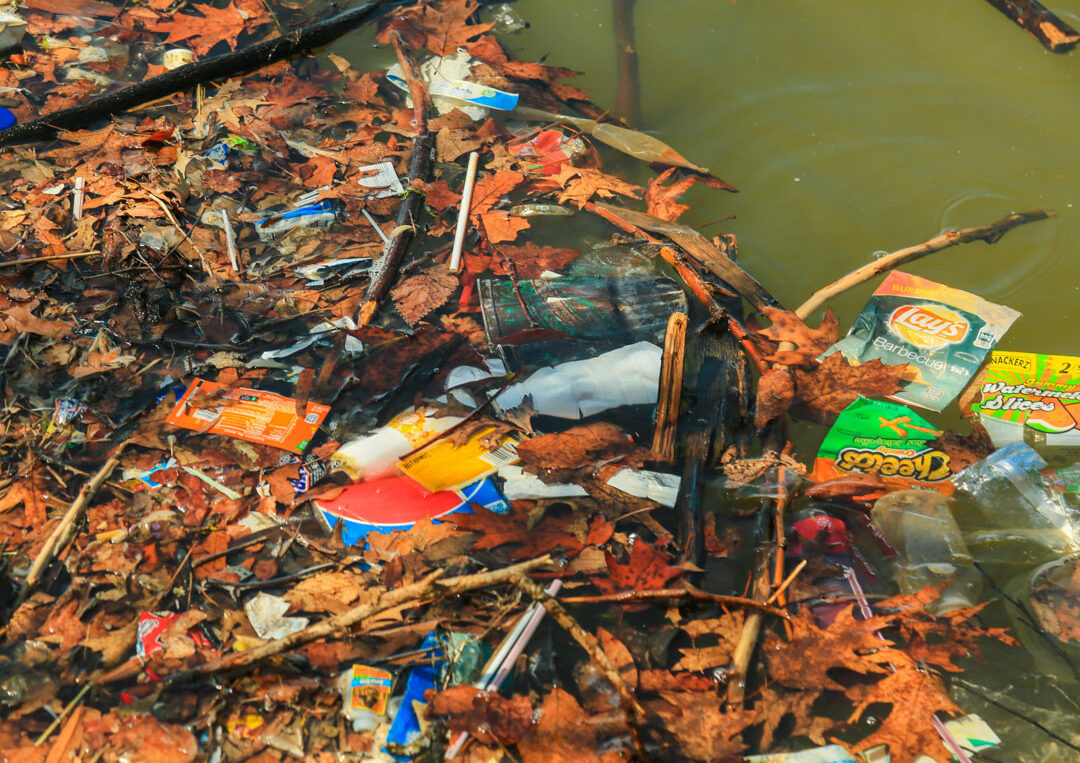
Talkin’ Trash: Out Of Sight, But Still There
56789101112
trash & waste reductionrunoff & stormwater
Videos
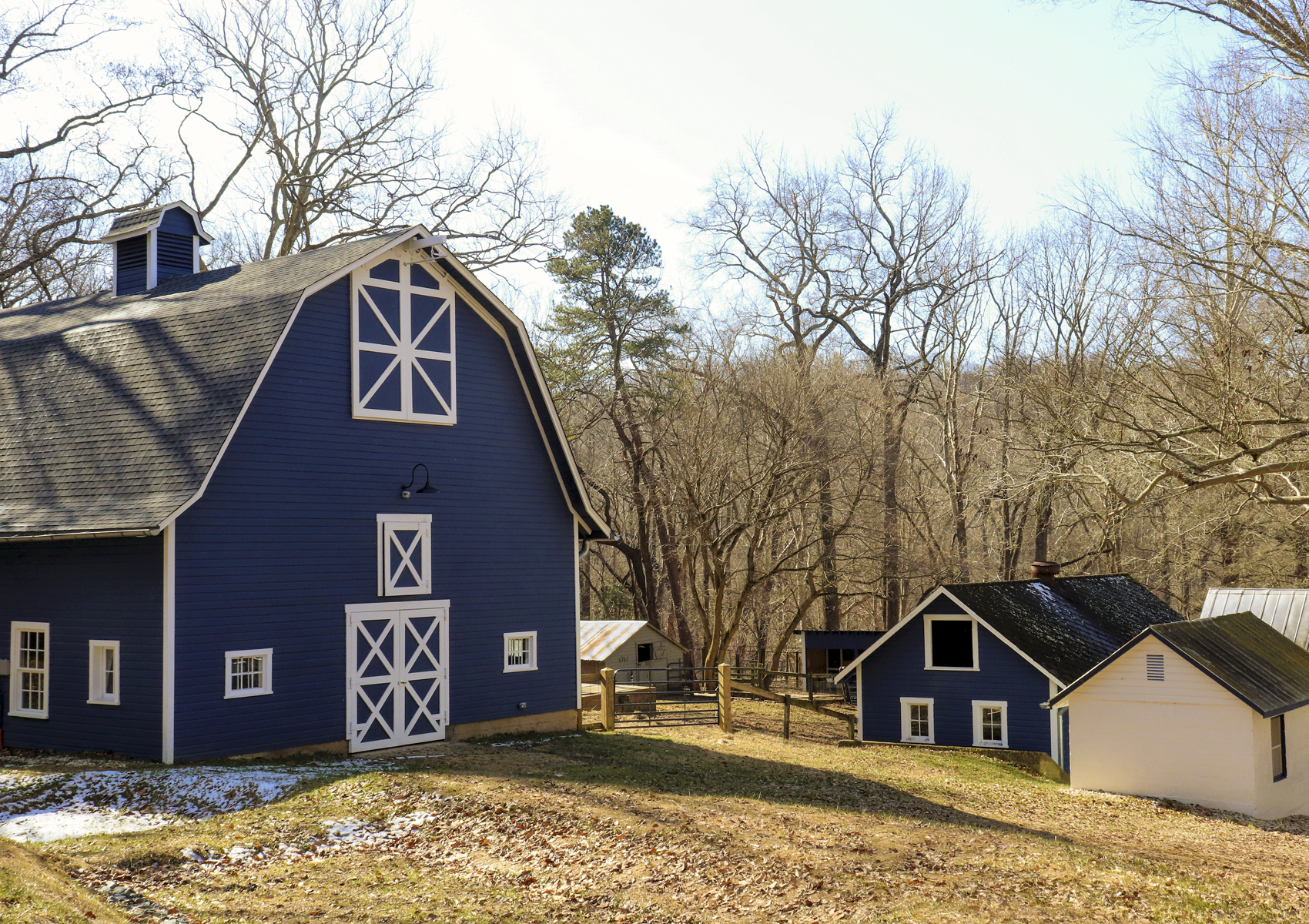
Virtual Field Trip
456
biodiversitywatershedsecosystems & habitatstrash & waste reductionerosionrunoff & stormwaterpollinators
Lesson PlansOnline ActivitiesVideos
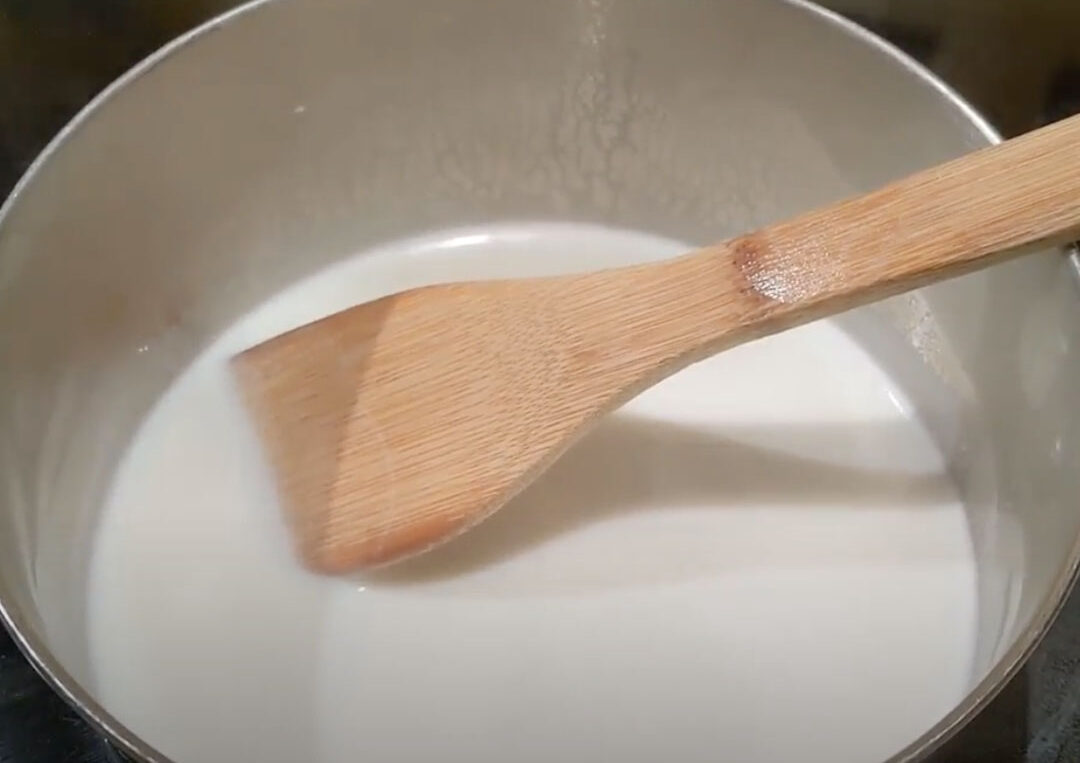
Making Bio-Plastic with Milk and Vinegar
56789101112
trash & waste reduction
Videos
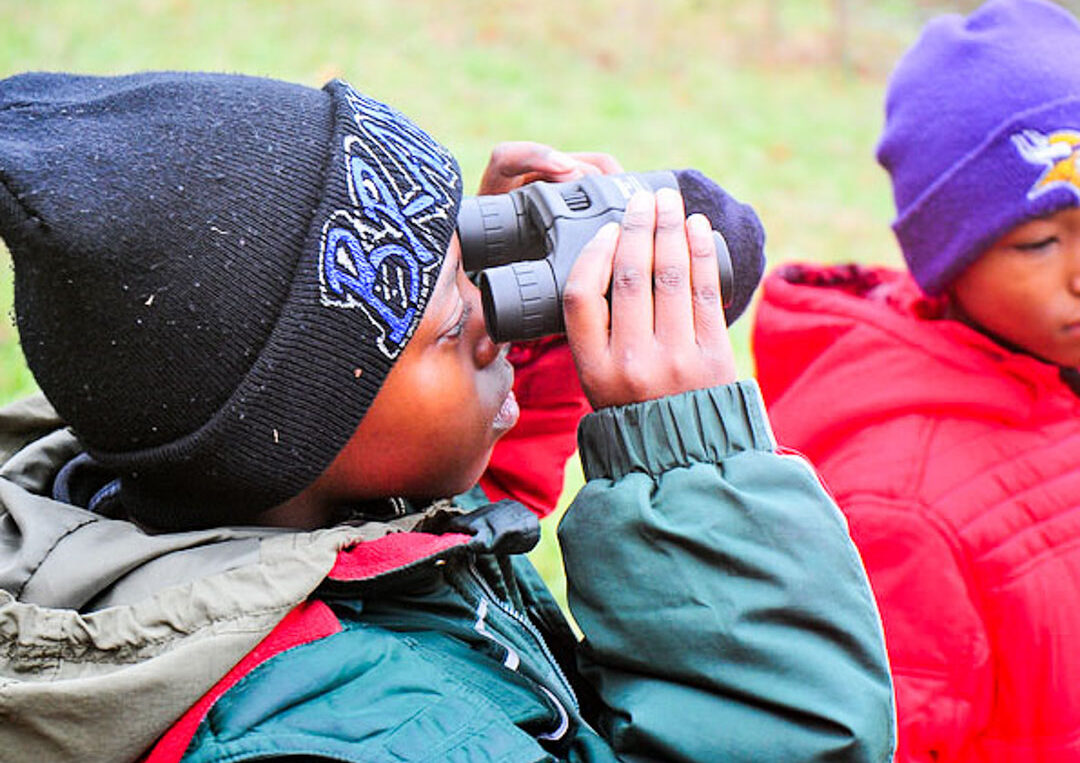
The Super Power of Observation
12345
ecosystems & habitats
Lesson PlansClassroom ActivitiesOutdoor ActivitiesVideos
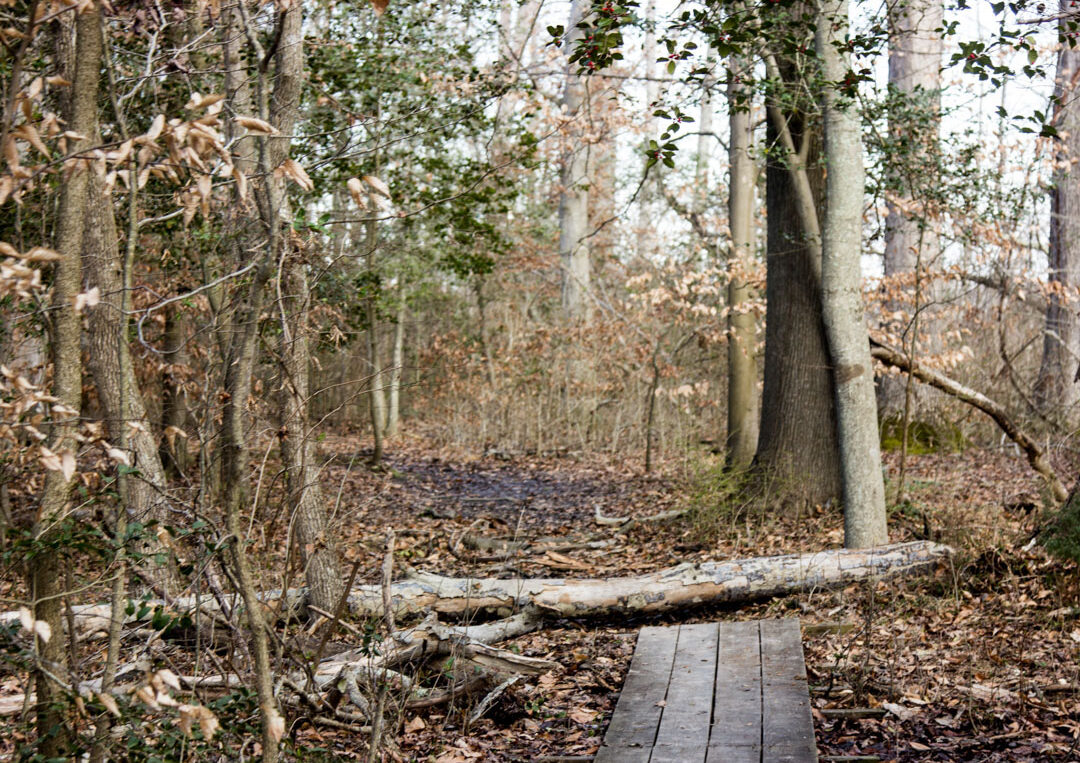
Nature Crossword
456
biodiversitywatershedsecosystems & habitatsfood webs
Classroom Activities
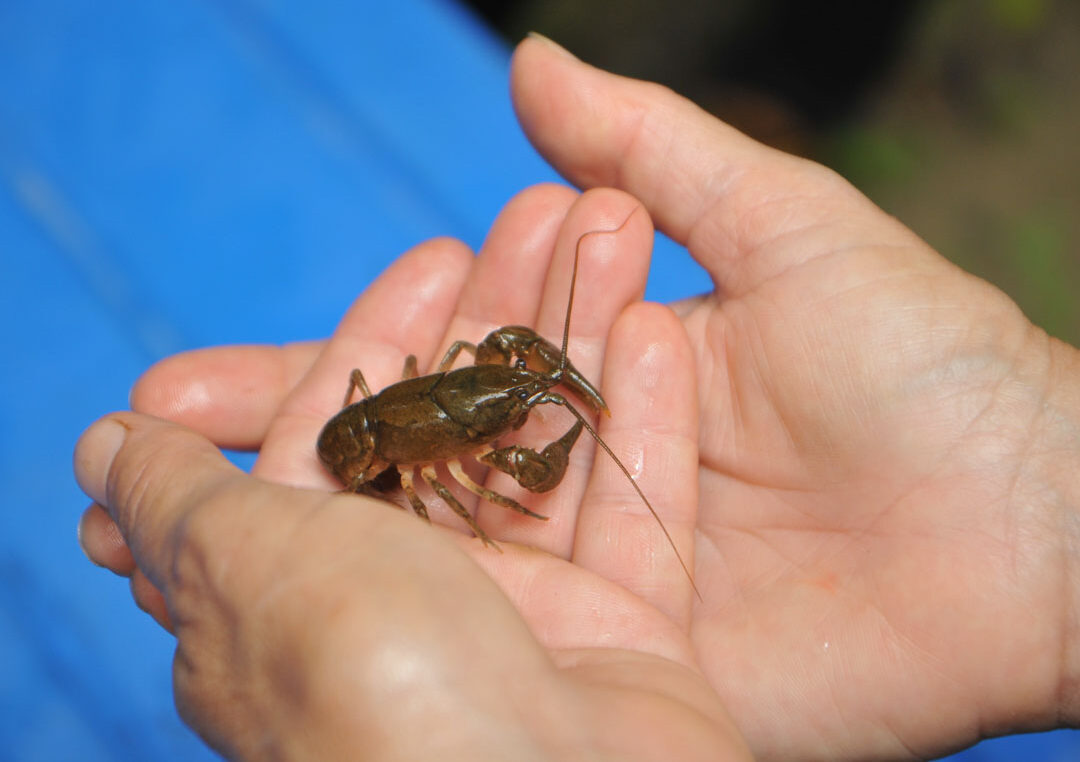
Investigating Macroinvertebrates
3456789101112All Ages
ecosystems & habitatstrash & waste reductionwater qualityadaptations
Outdoor ActivitiesVideos
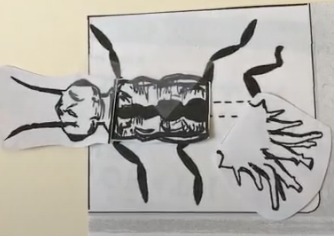
Make A Macro
456
adaptations
Lesson PlansClassroom ActivitiesVideos
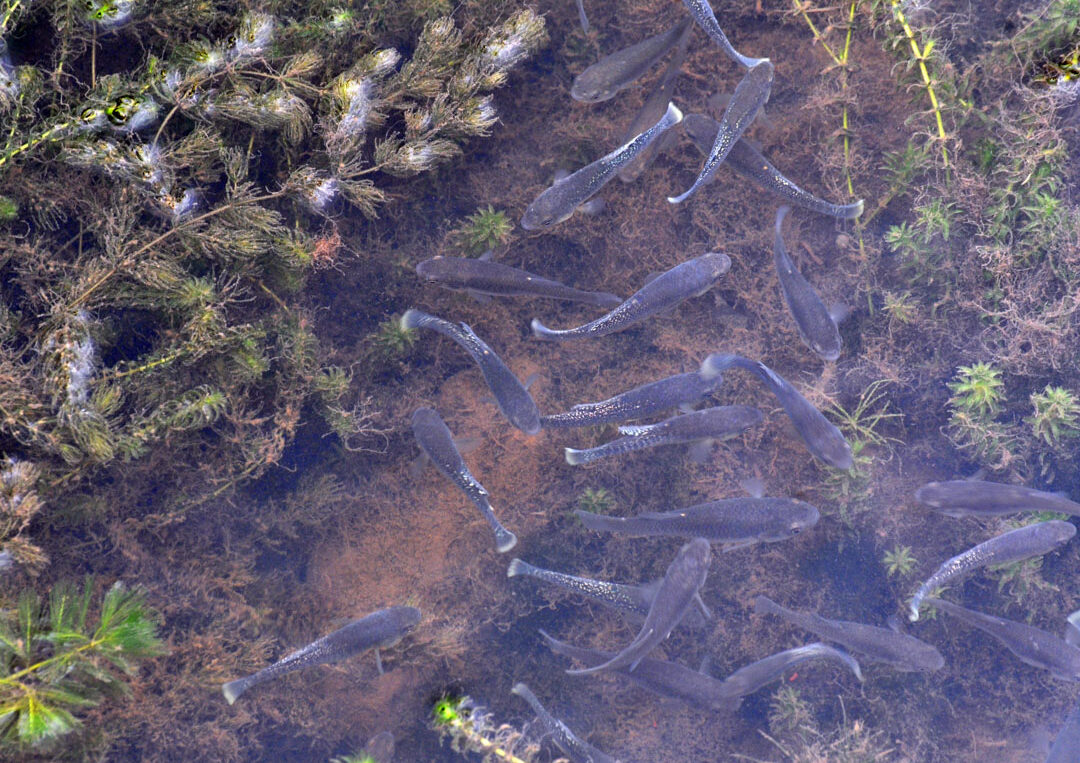
Swim for your Life
9101112
Game
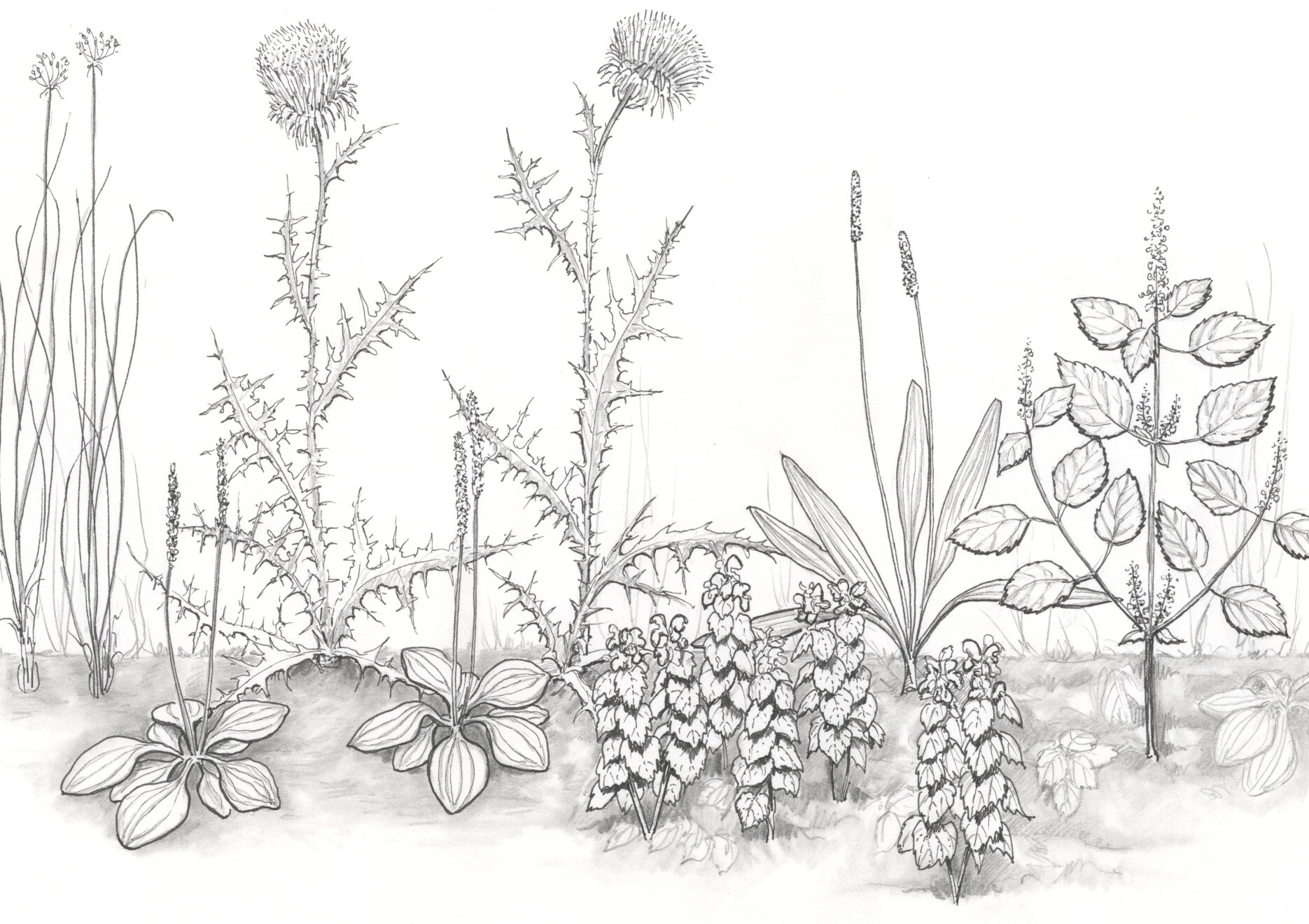
Plant Identification
6789101112
Game
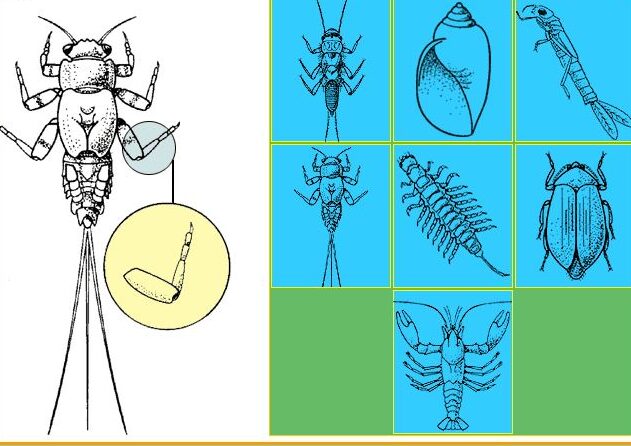
Macro-Invertebrate Identification
6789101112
Game
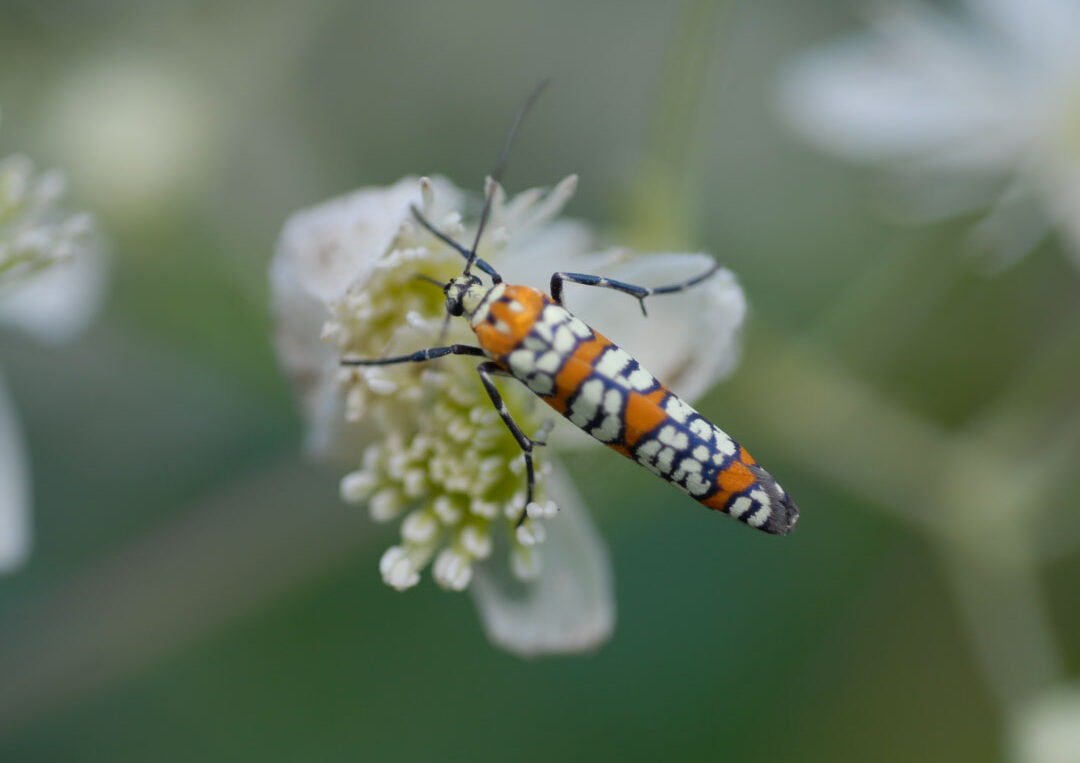
Classified Information
Pre-K12345678
Game
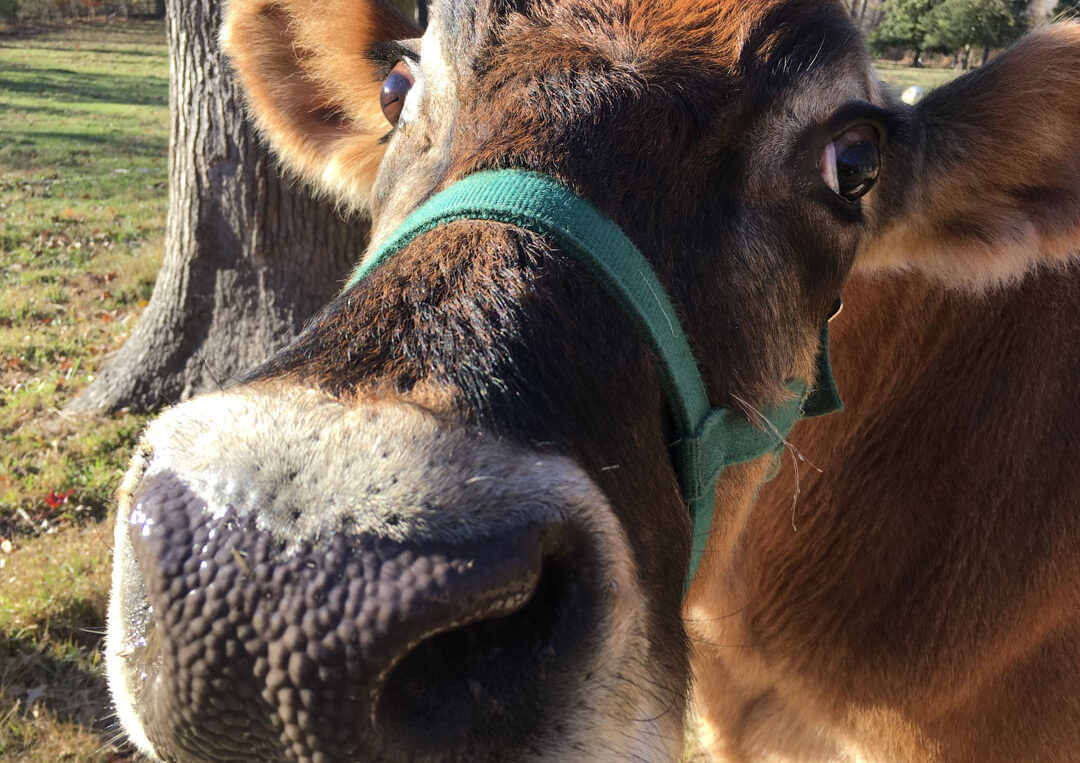
Cow In and Out Game
Pre-K12345678
Game
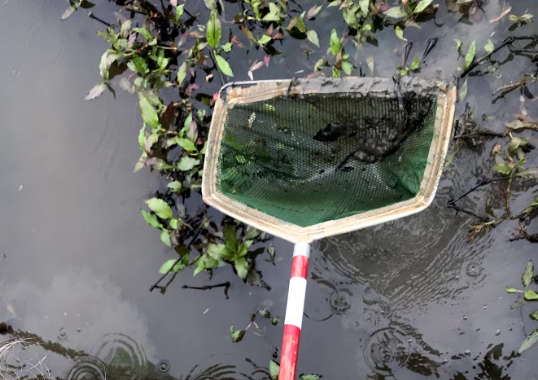
Let’s Take a Dip
Pre-K12345678
Game
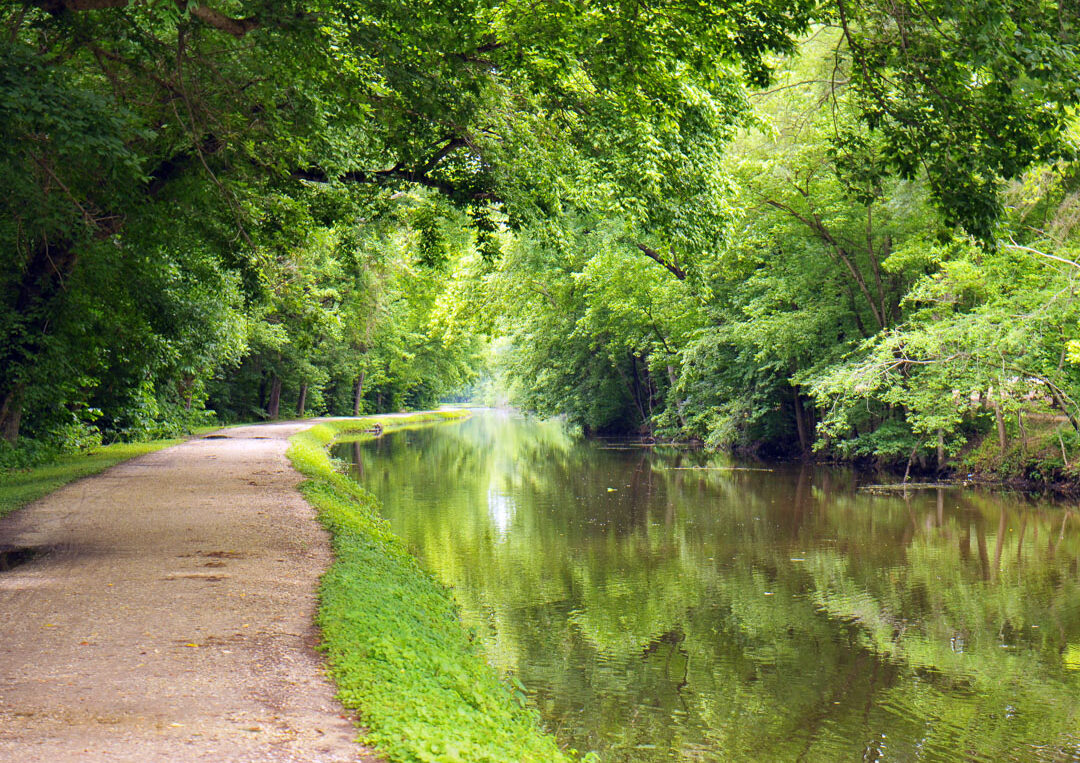
Ways of a Watershed
Pre-K12345678
Game
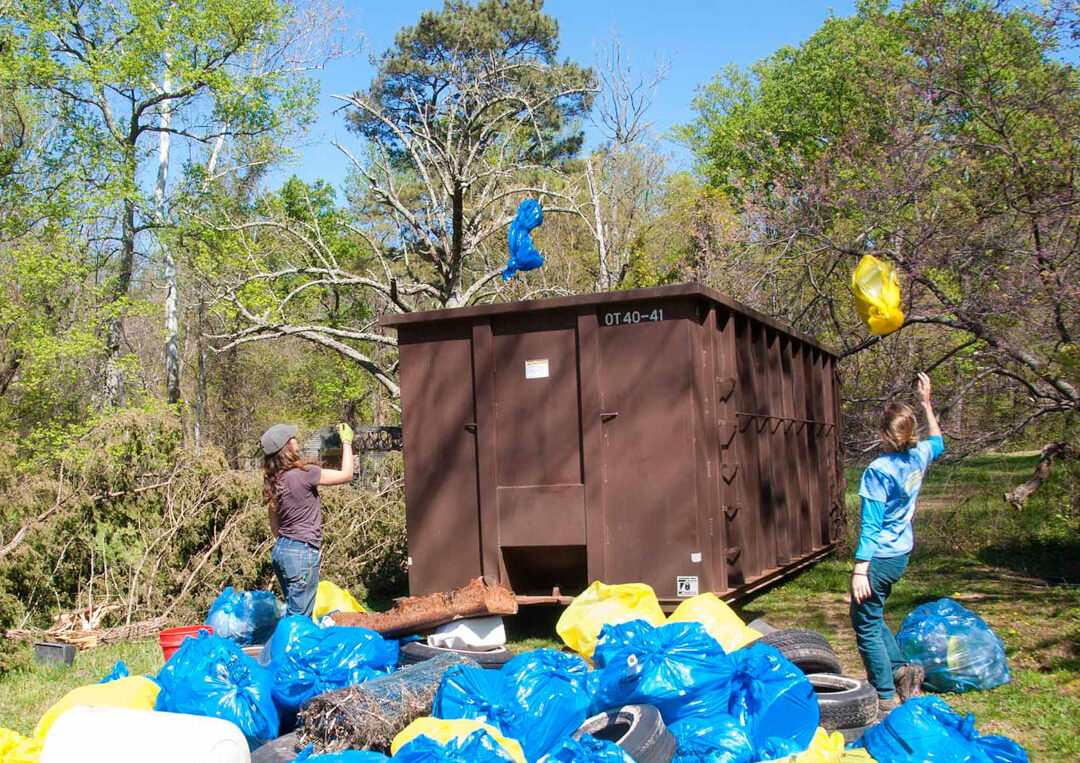
Take Out the Trash Game
Pre-K12345678
Game
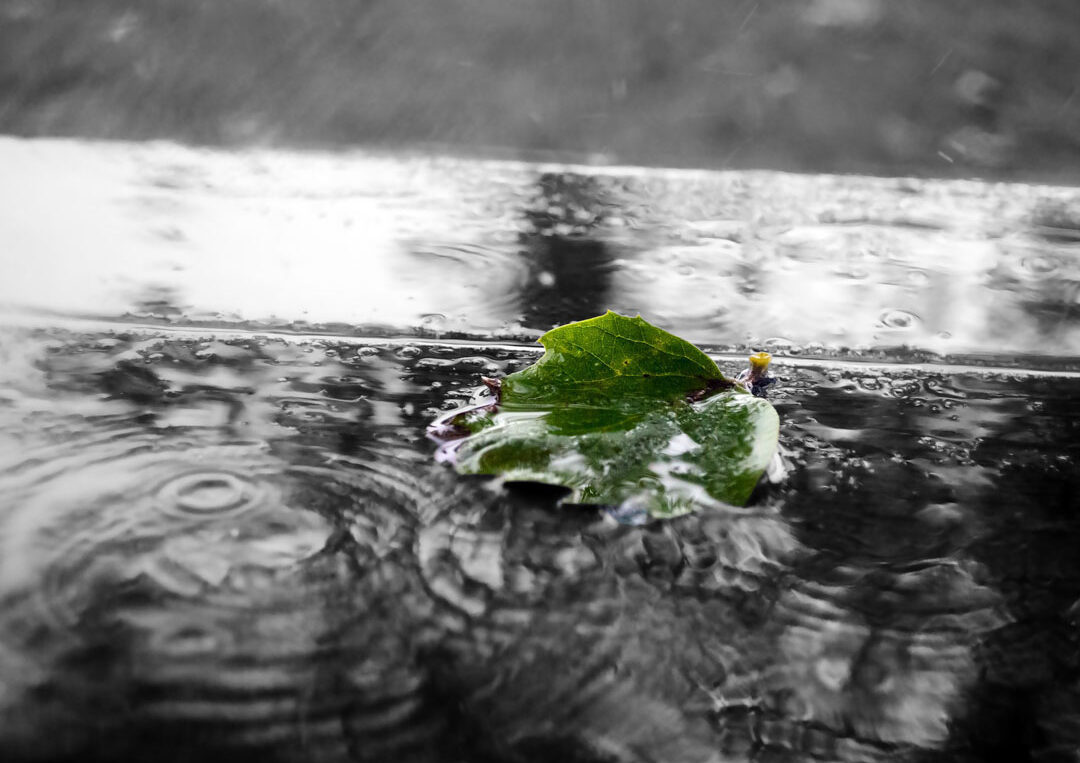
The Water Cycle
Pre-K12345678
Game
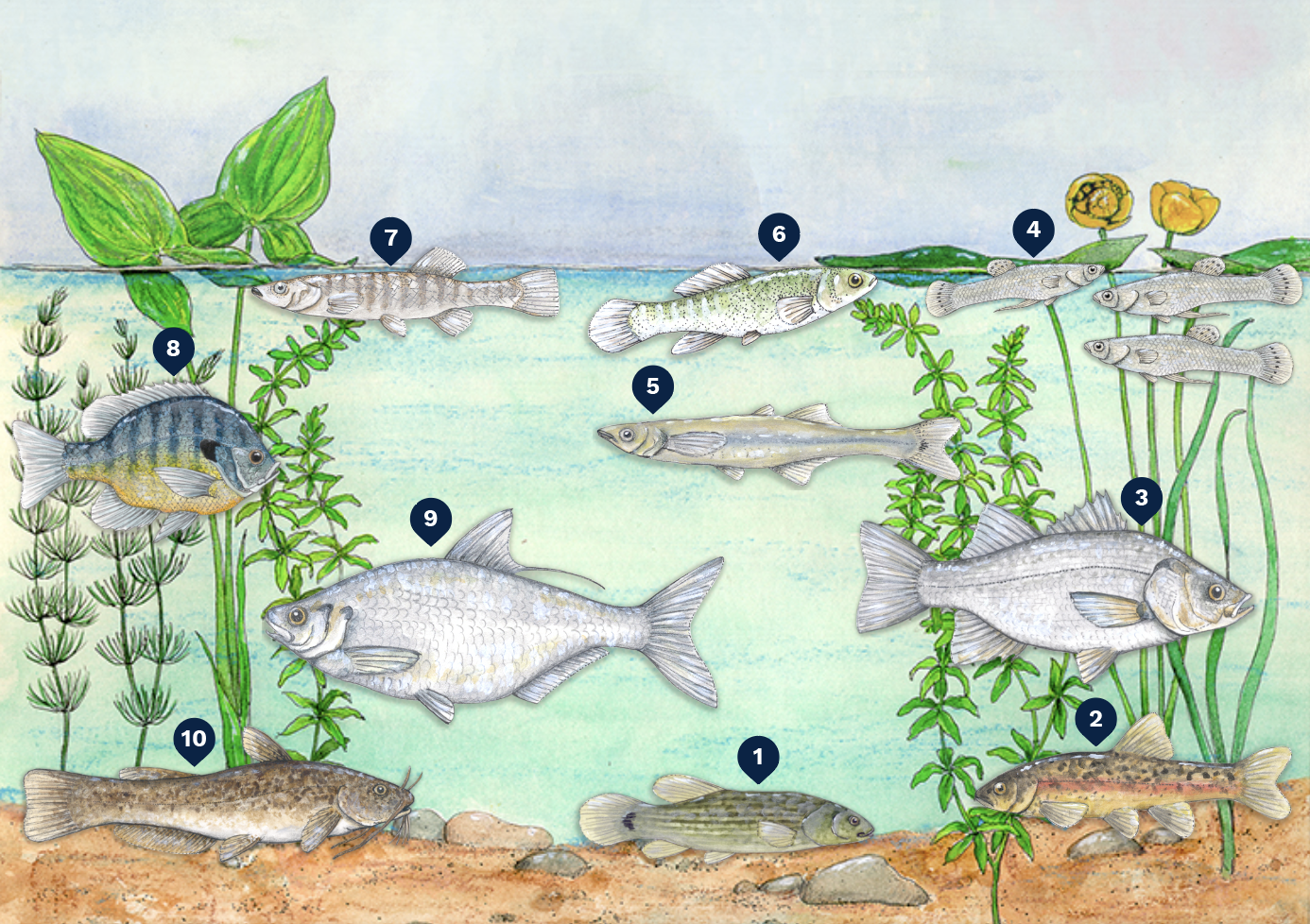
Fishing for a Name
6789101112
Game
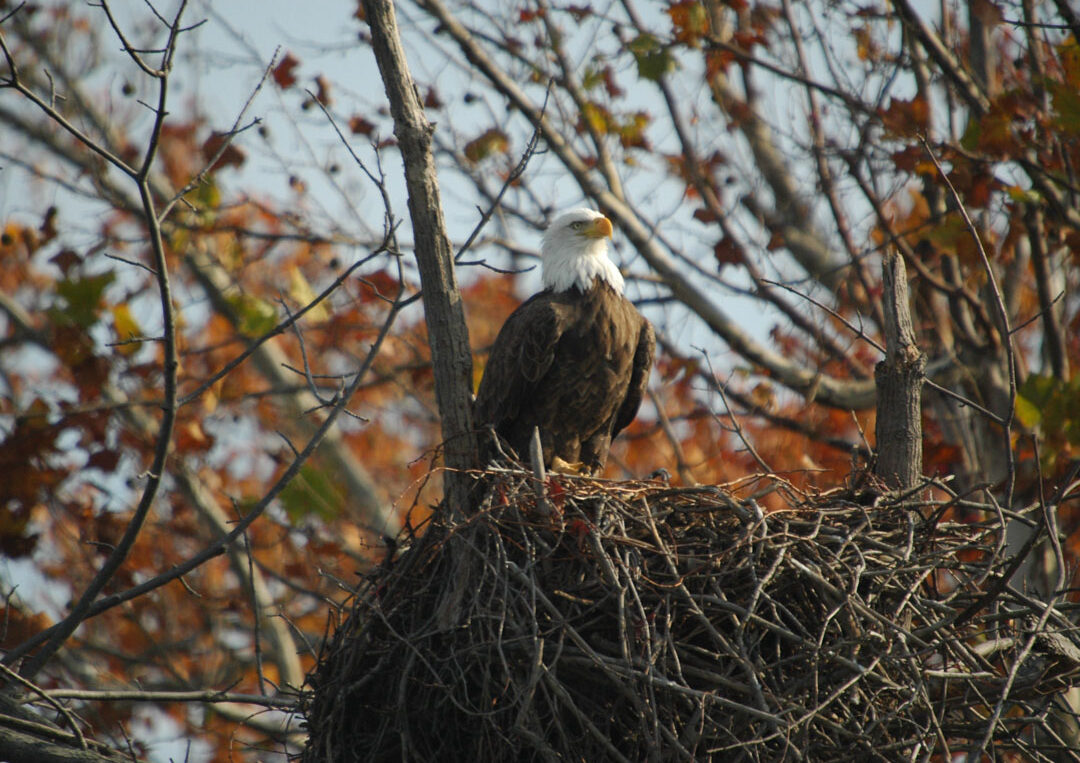
Animal Olympics
12345
biodiversityadaptations
Classroom ActivitiesOutdoor Activities
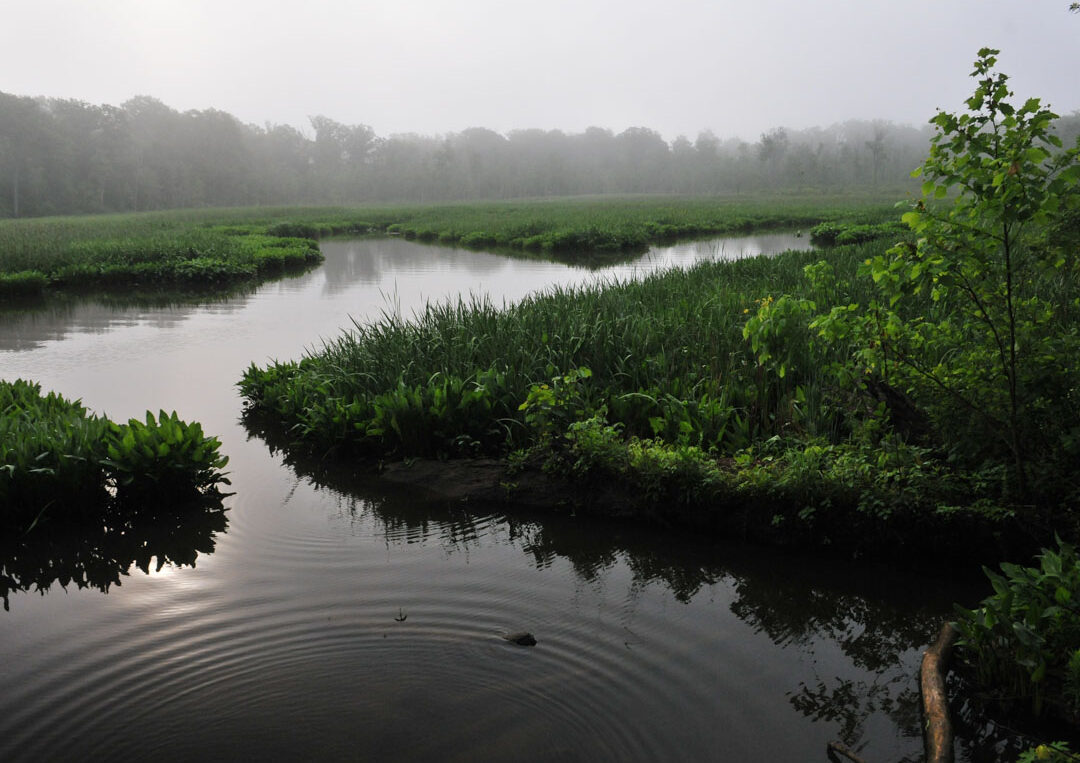
An Educator’s Guide to the Meaningful Watershed Educational Experience (MWEE)
Teachers
biodiversitywatershedsecosystems & habitats
Teacher Resource
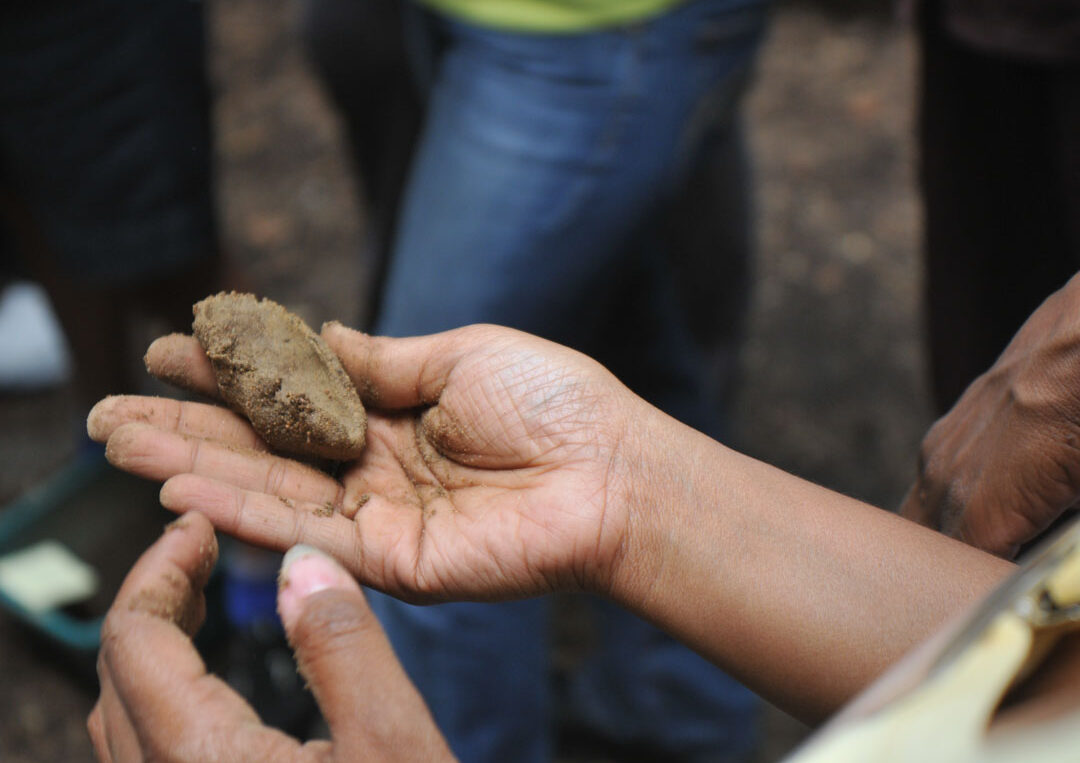
Don’t Get Sedimental
2345678
biodiversitywatershedserosionrunoff & stormwaterwater quality
Classroom ActivitiesOutdoor Activities
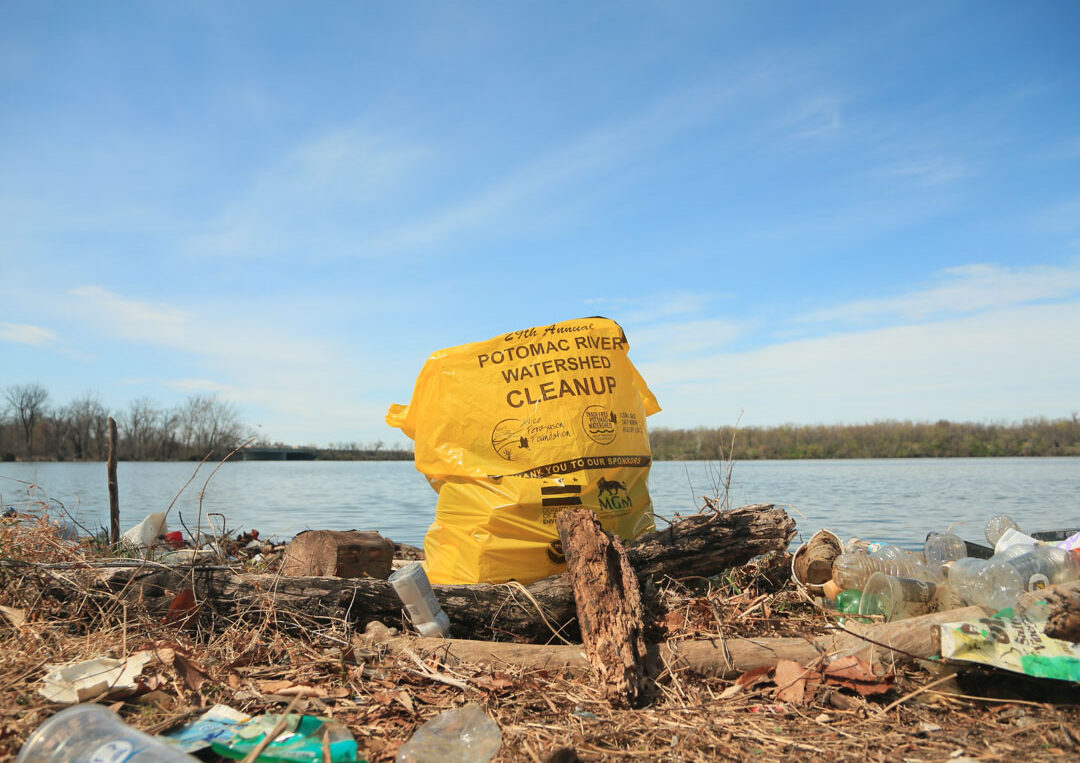
Take Out the Trash Lesson
3456
trash & waste reduction
GameLesson PlansOnline ActivitiesVideos
